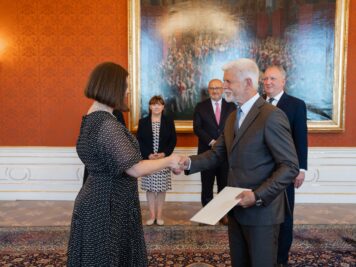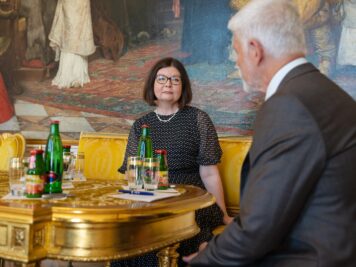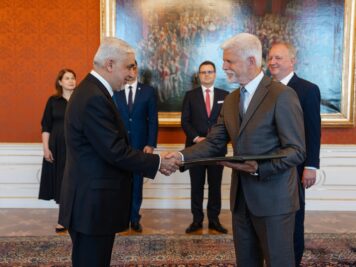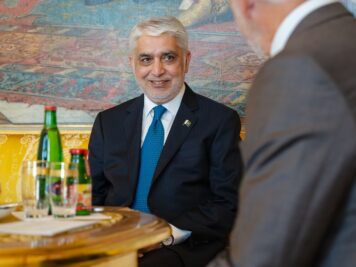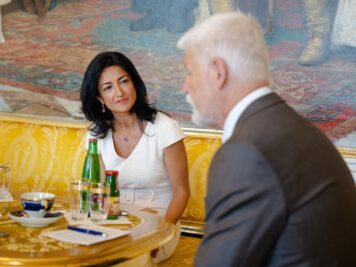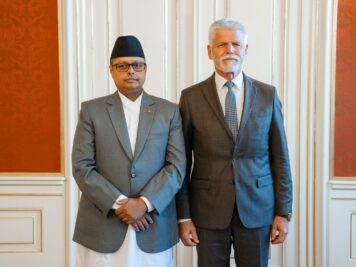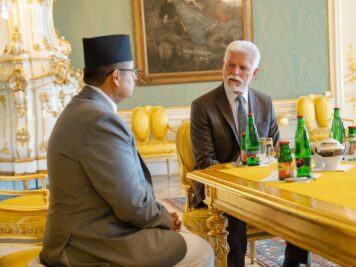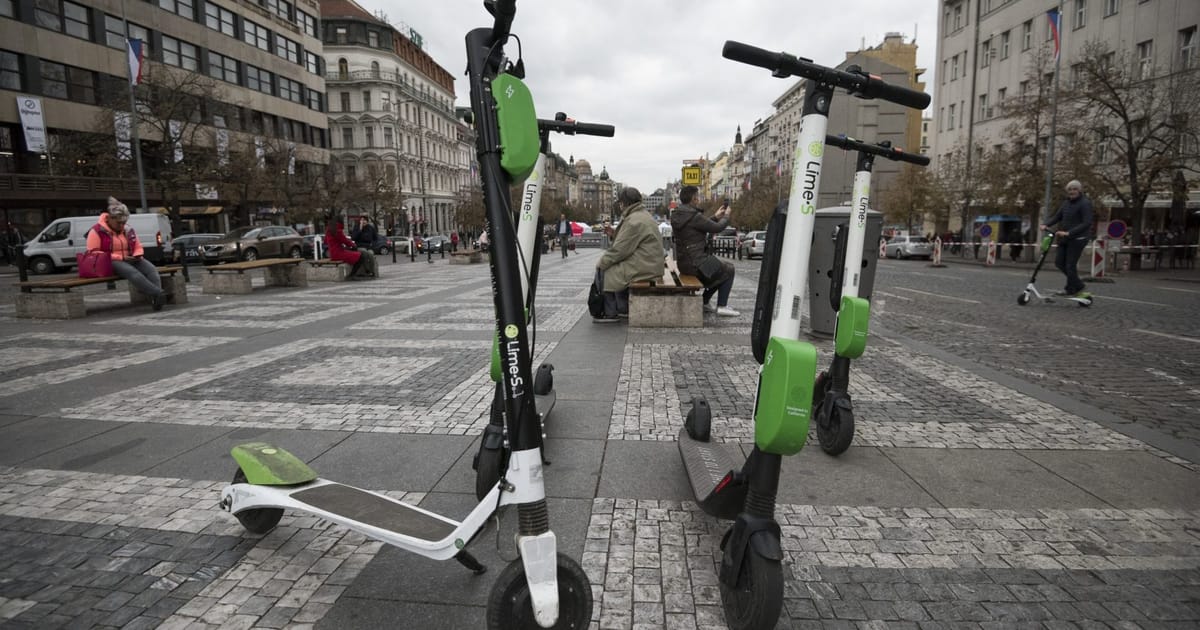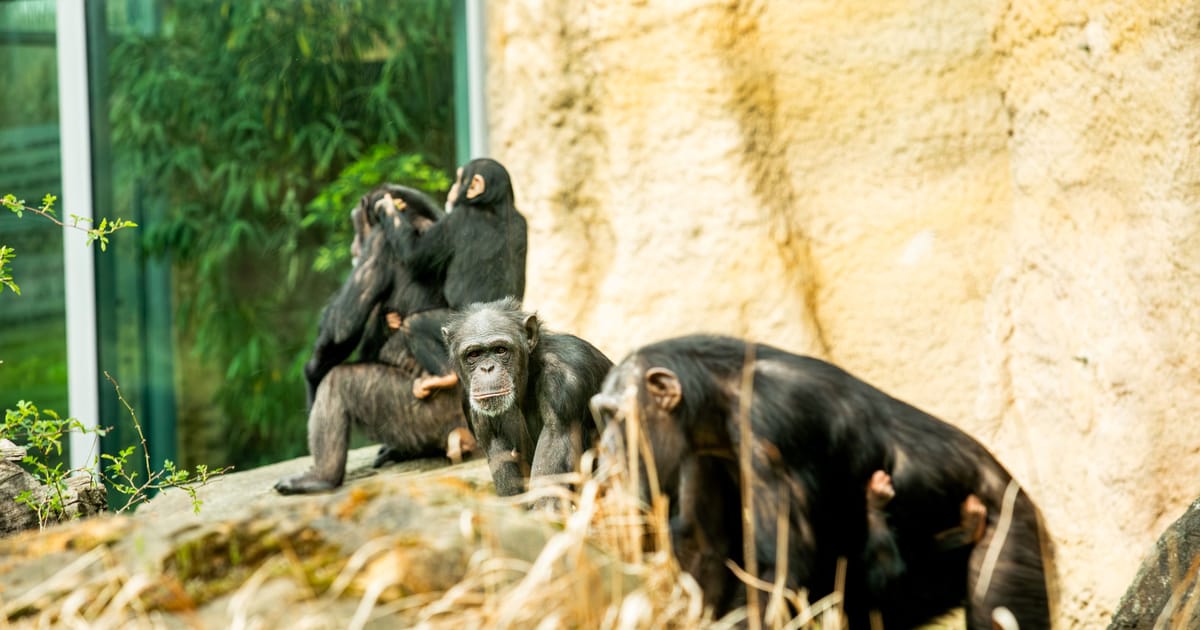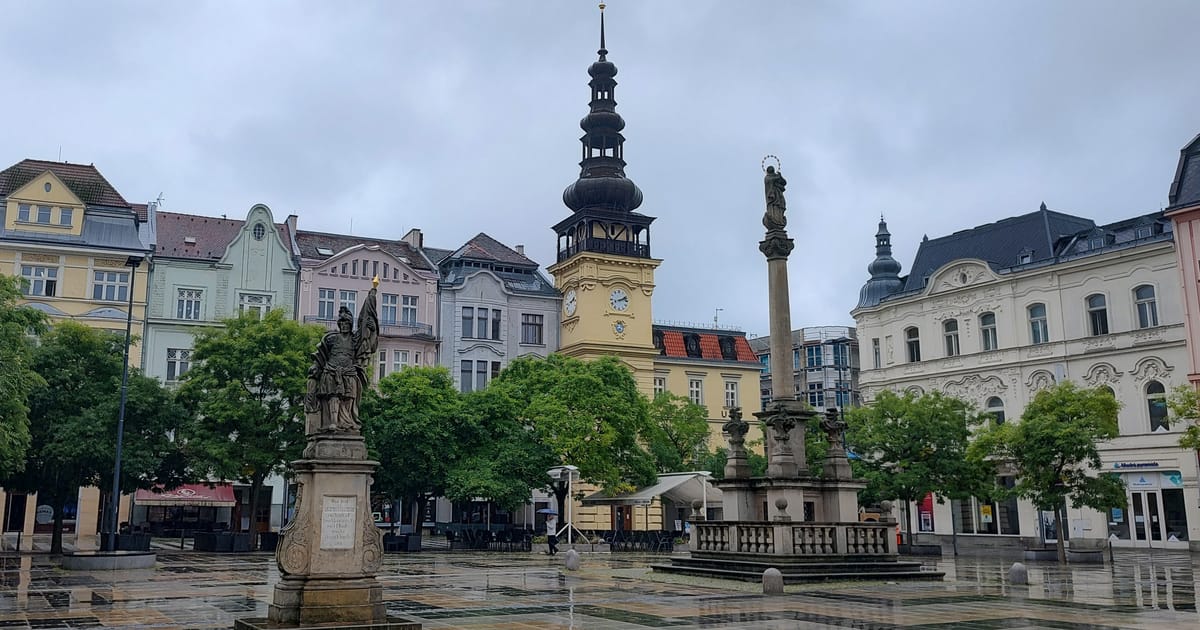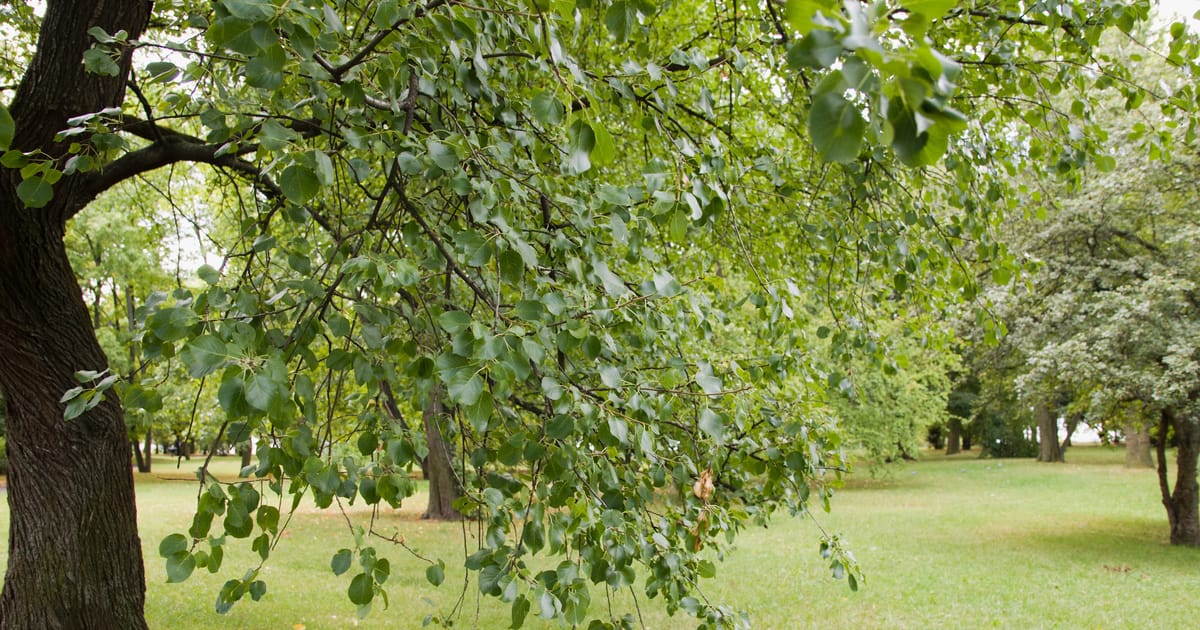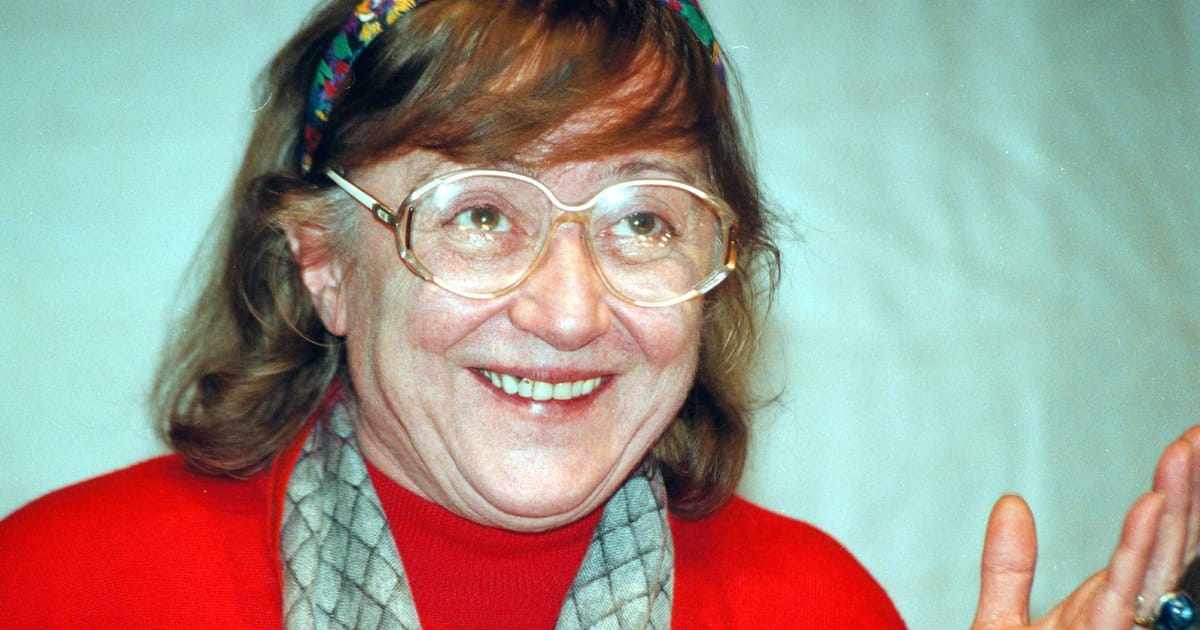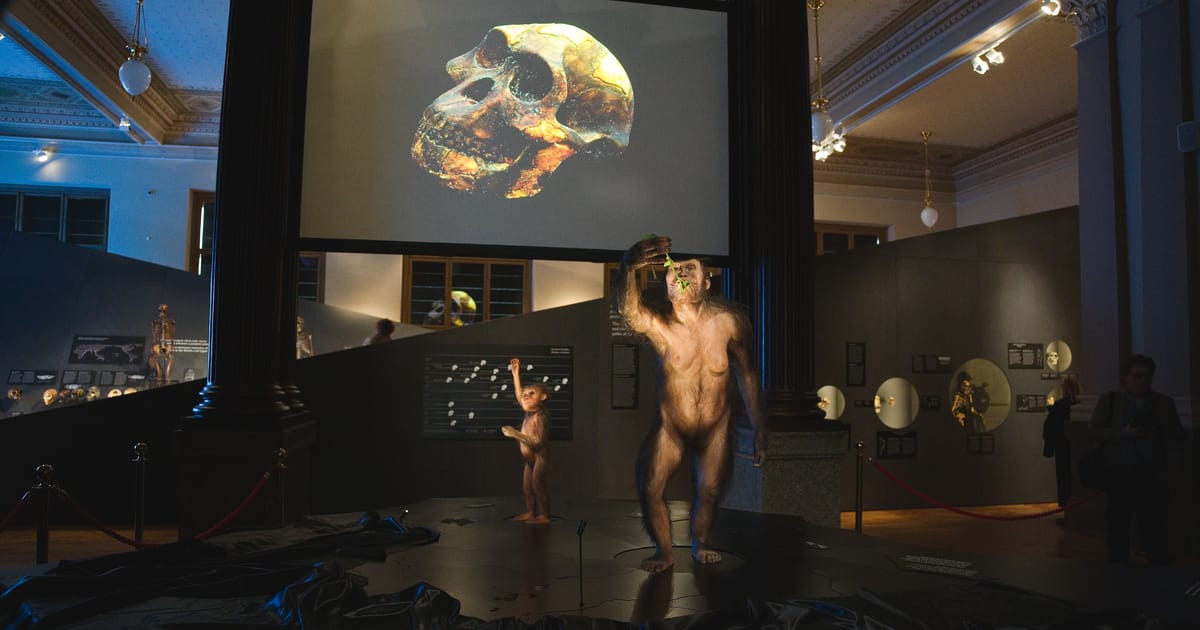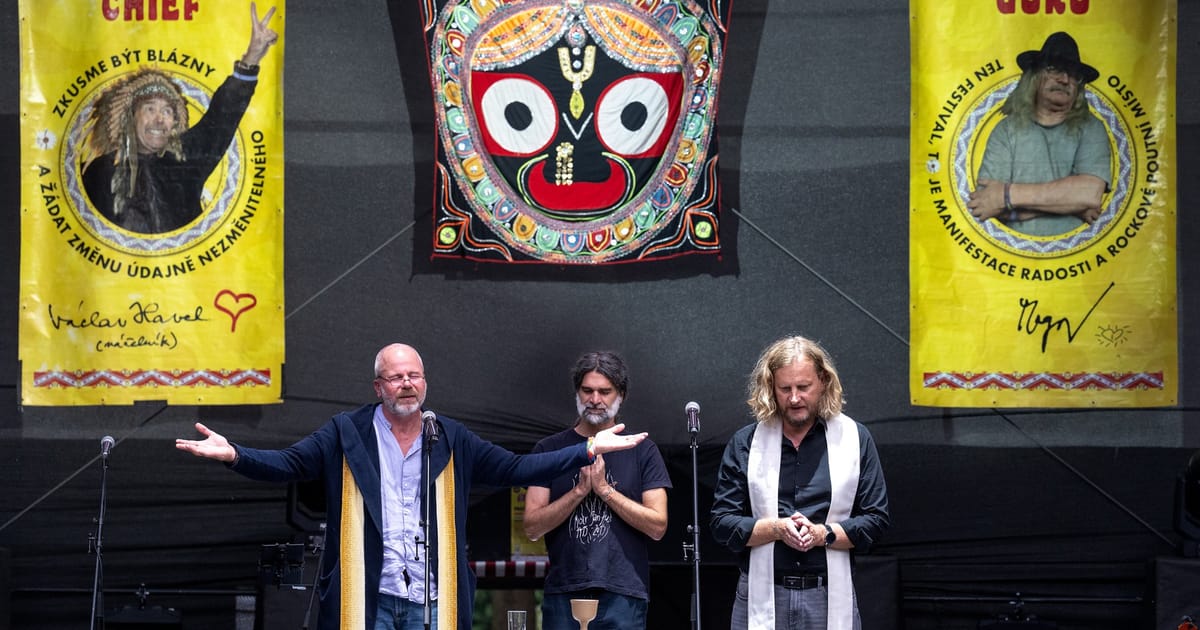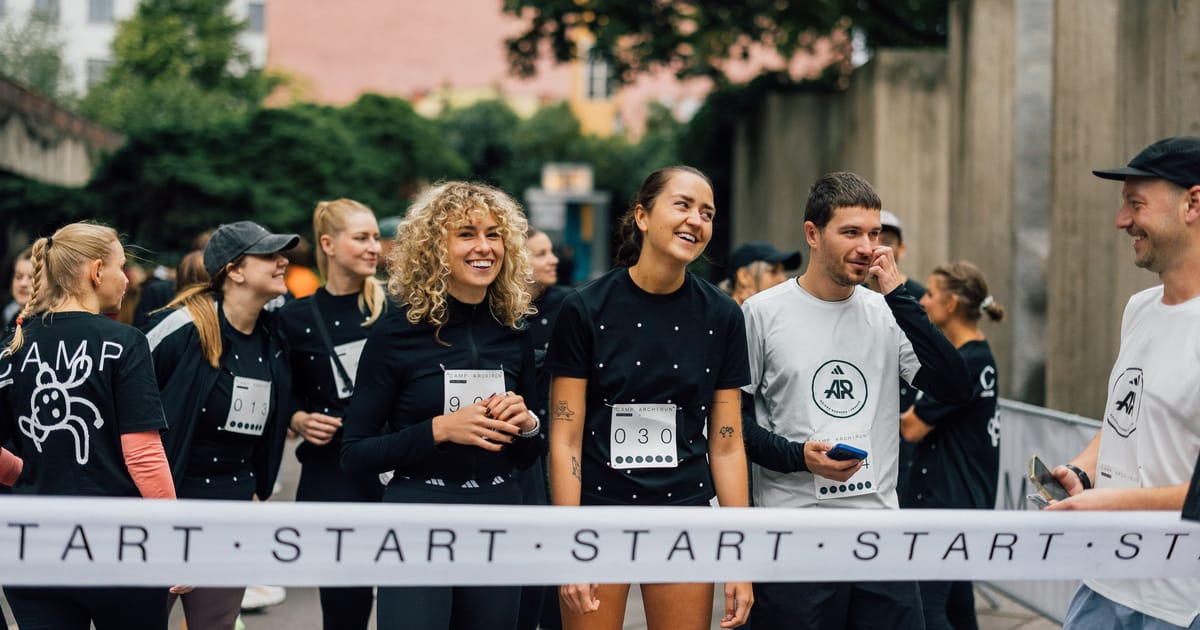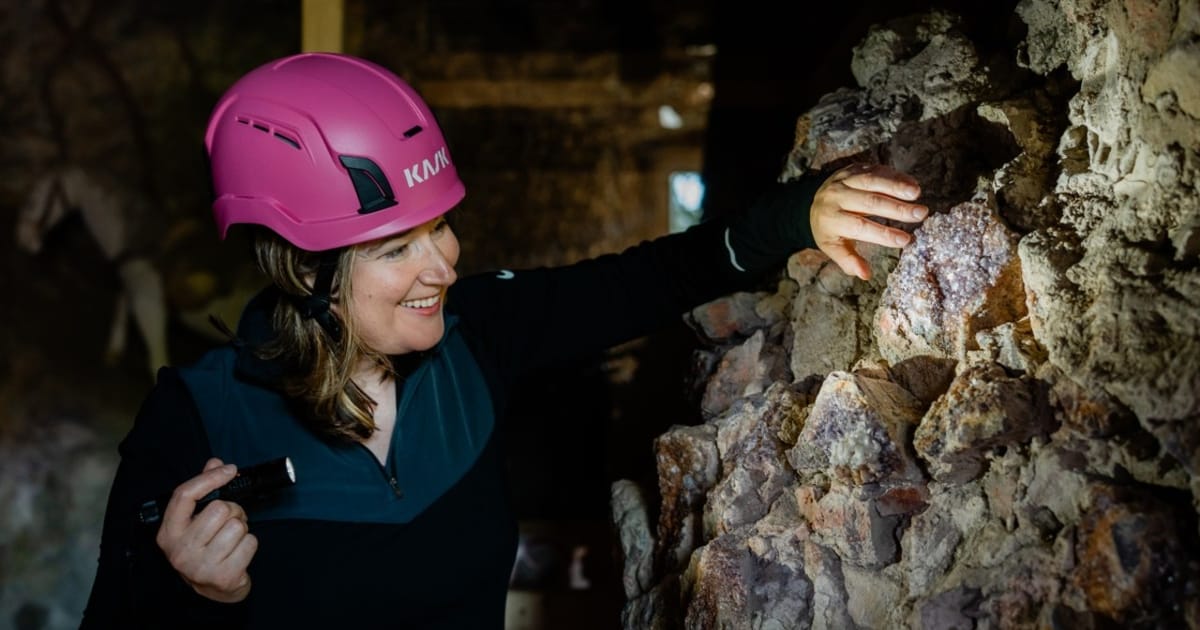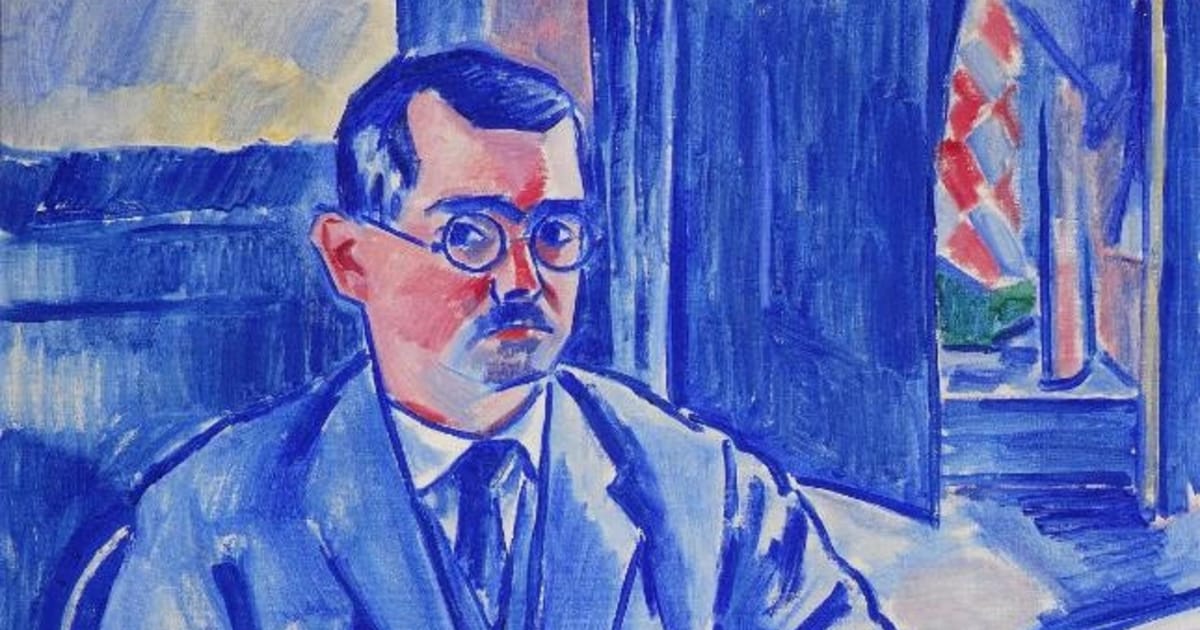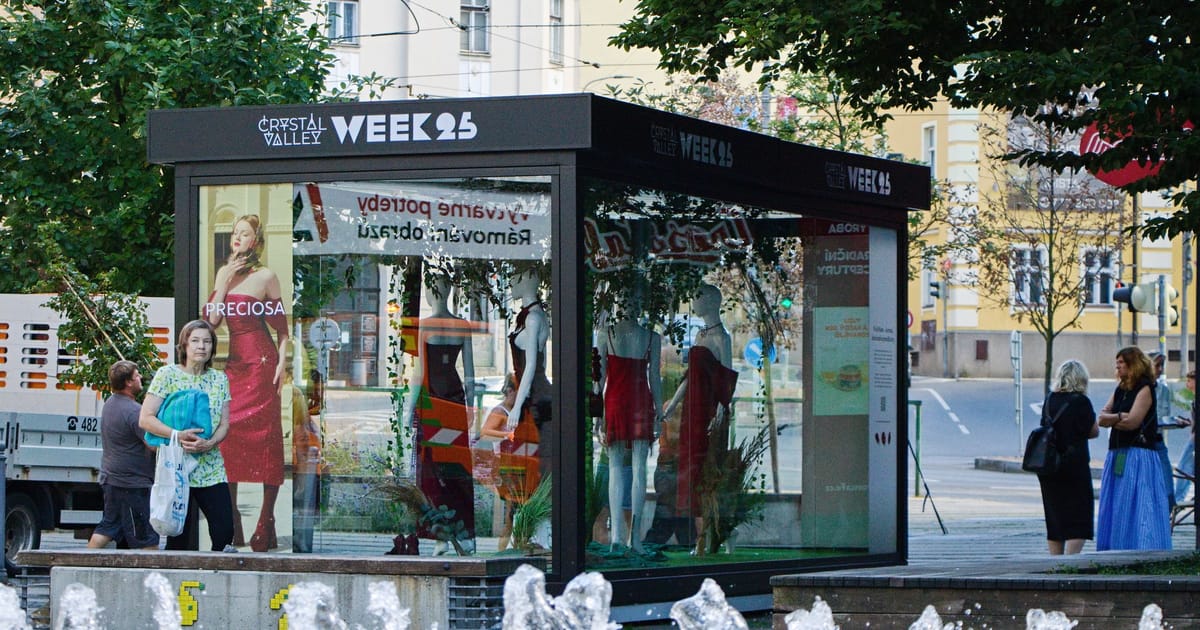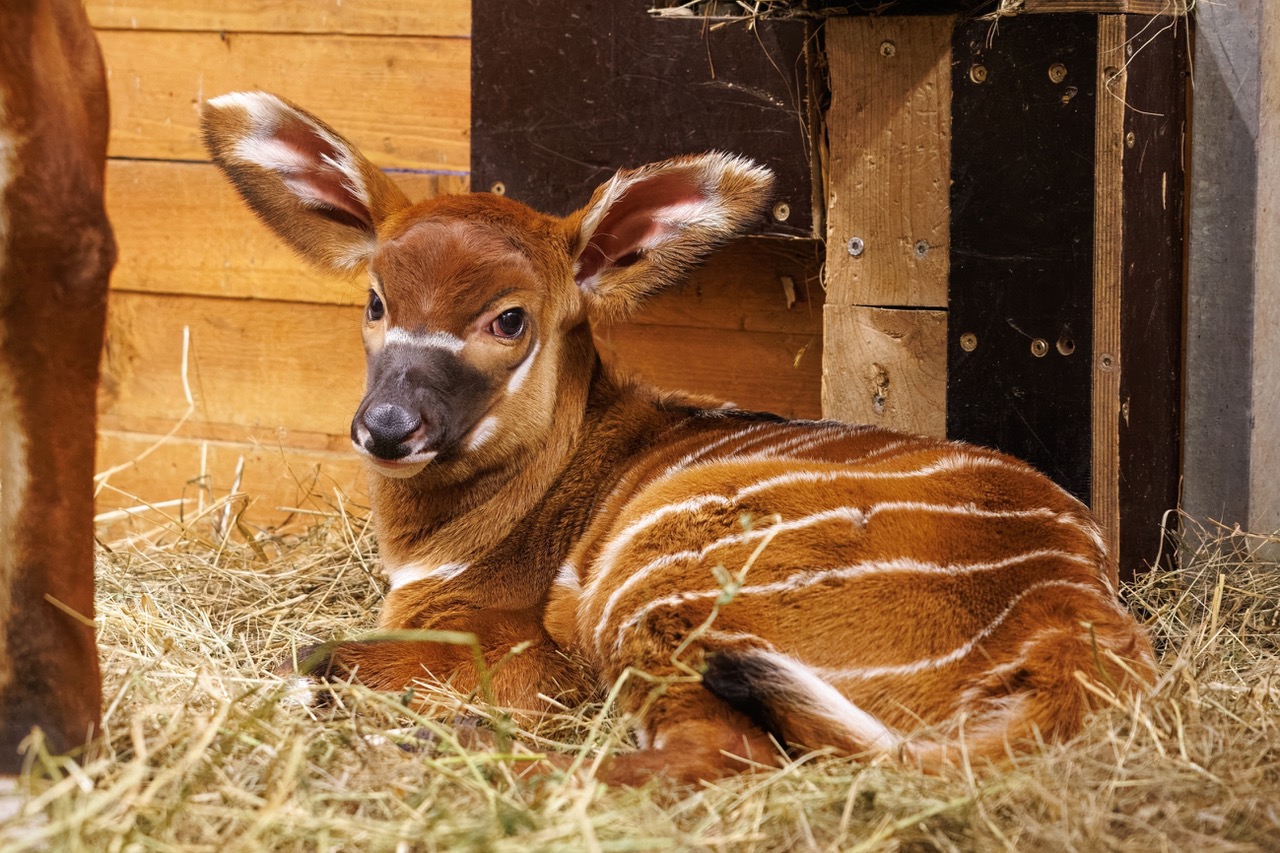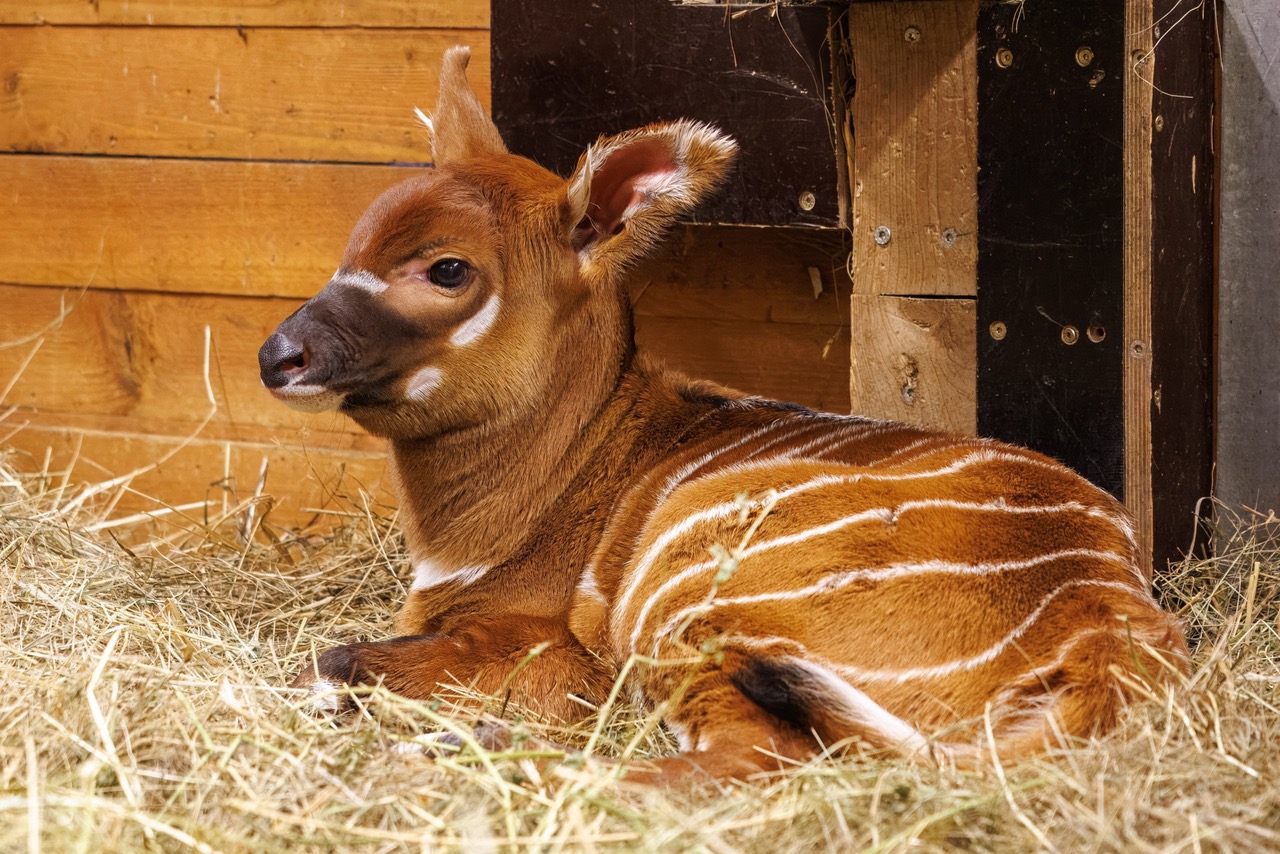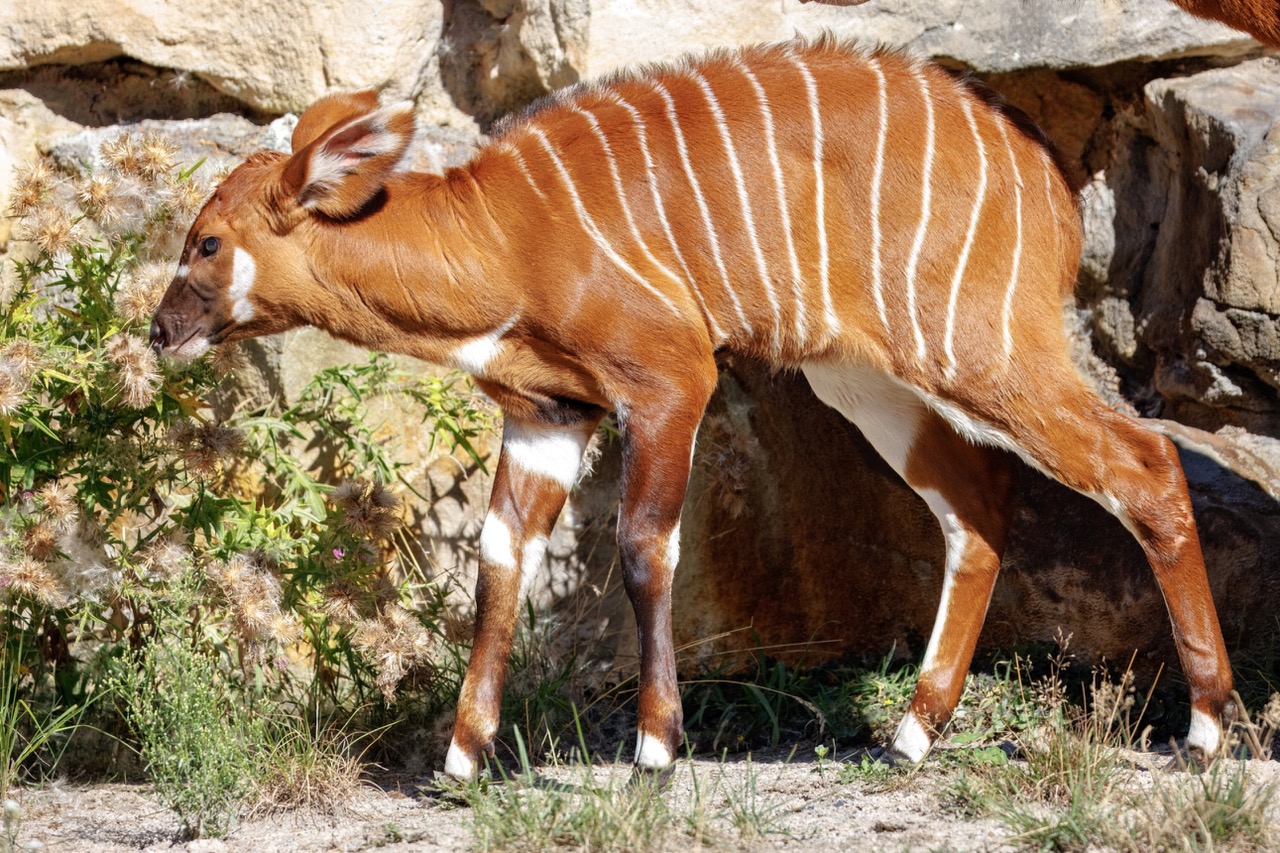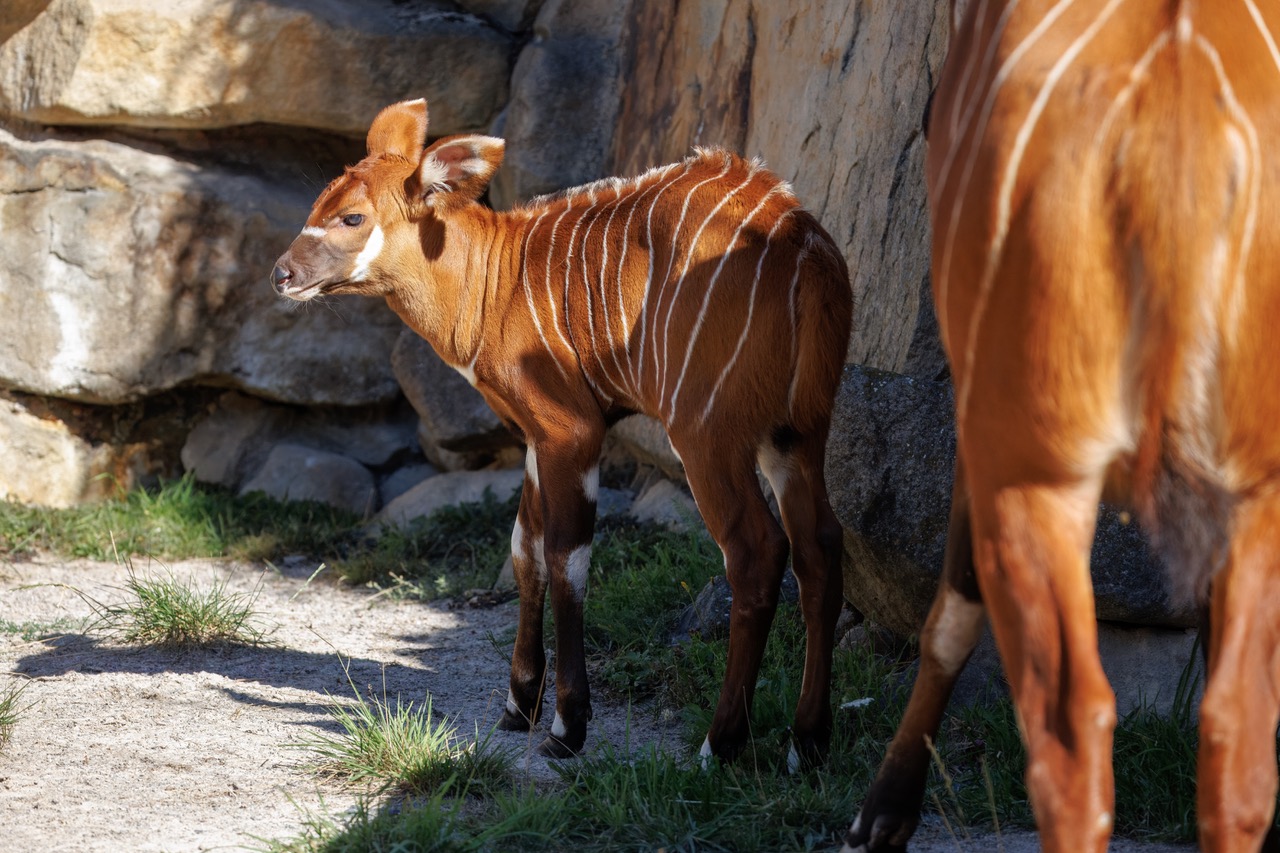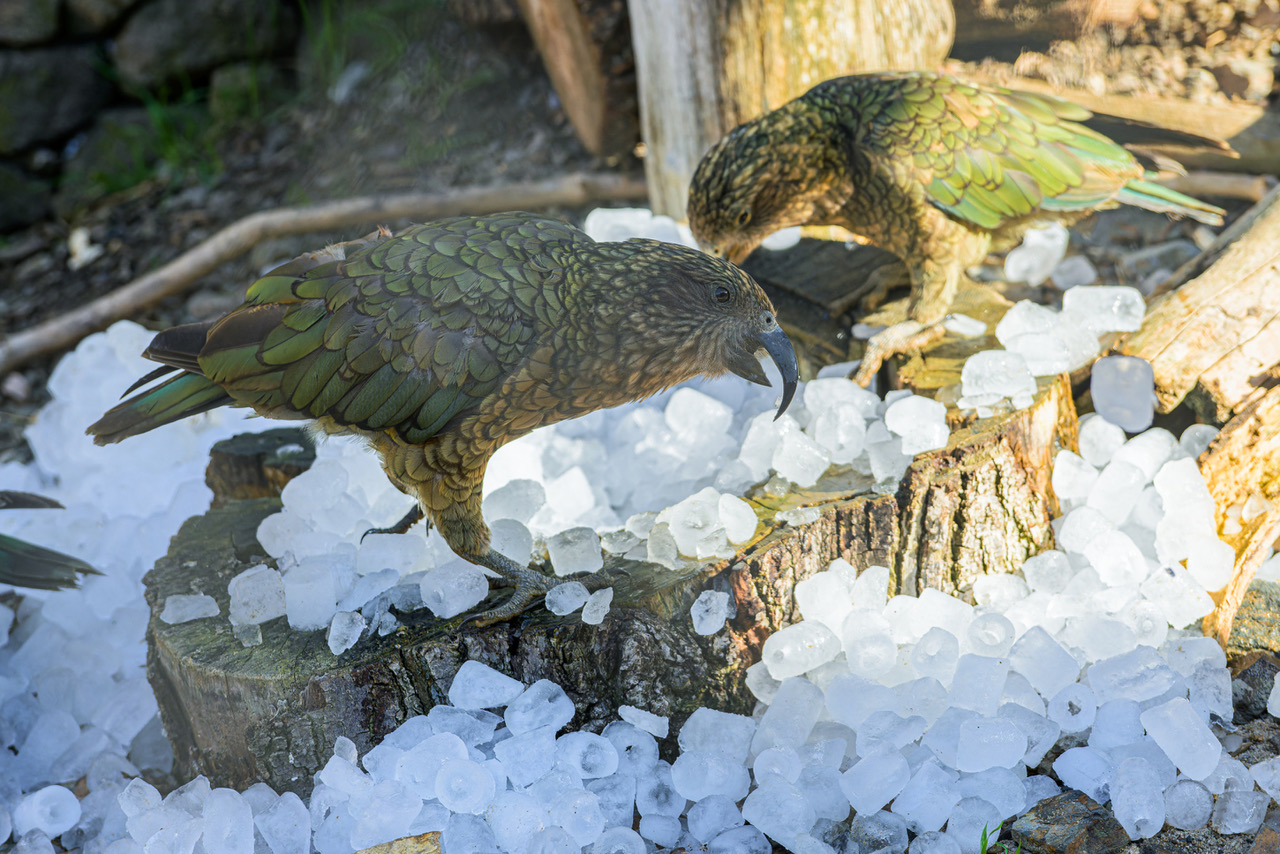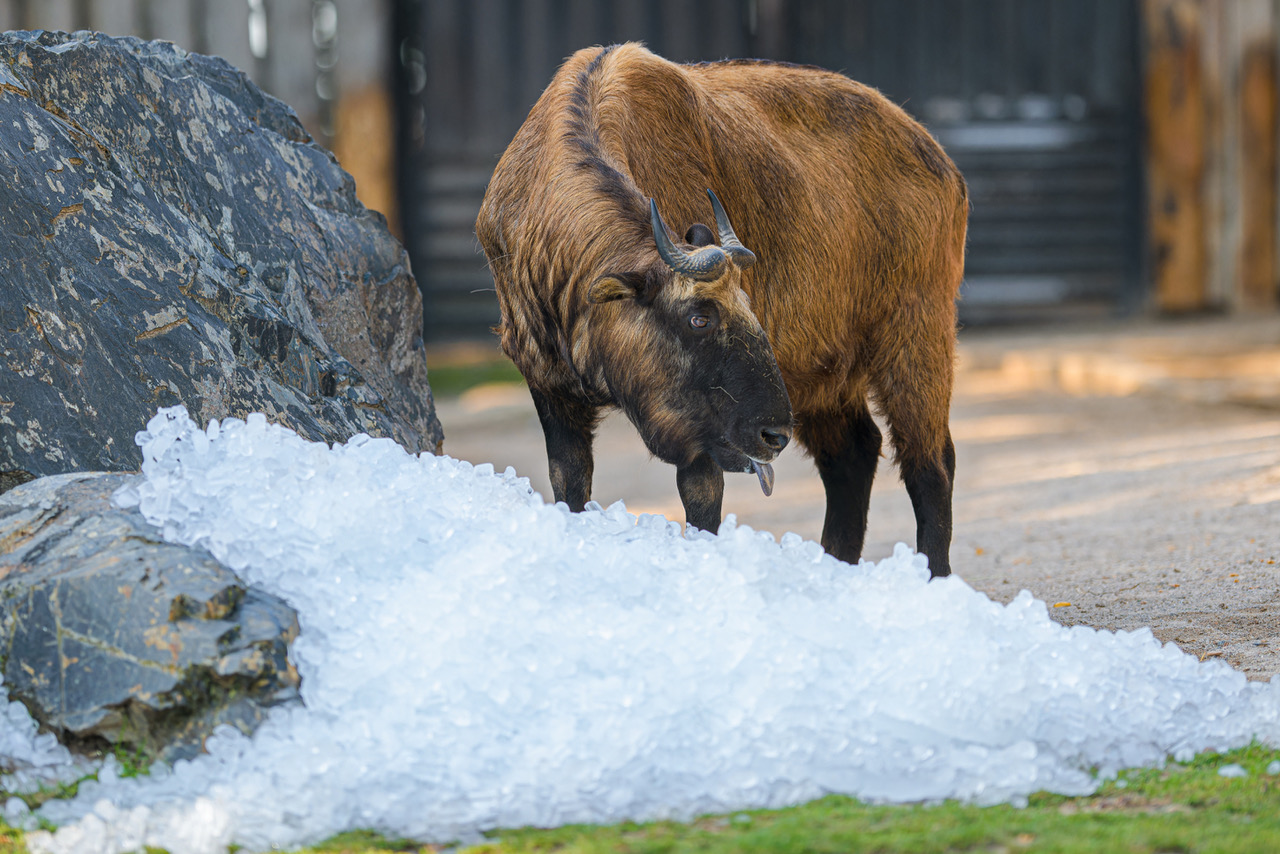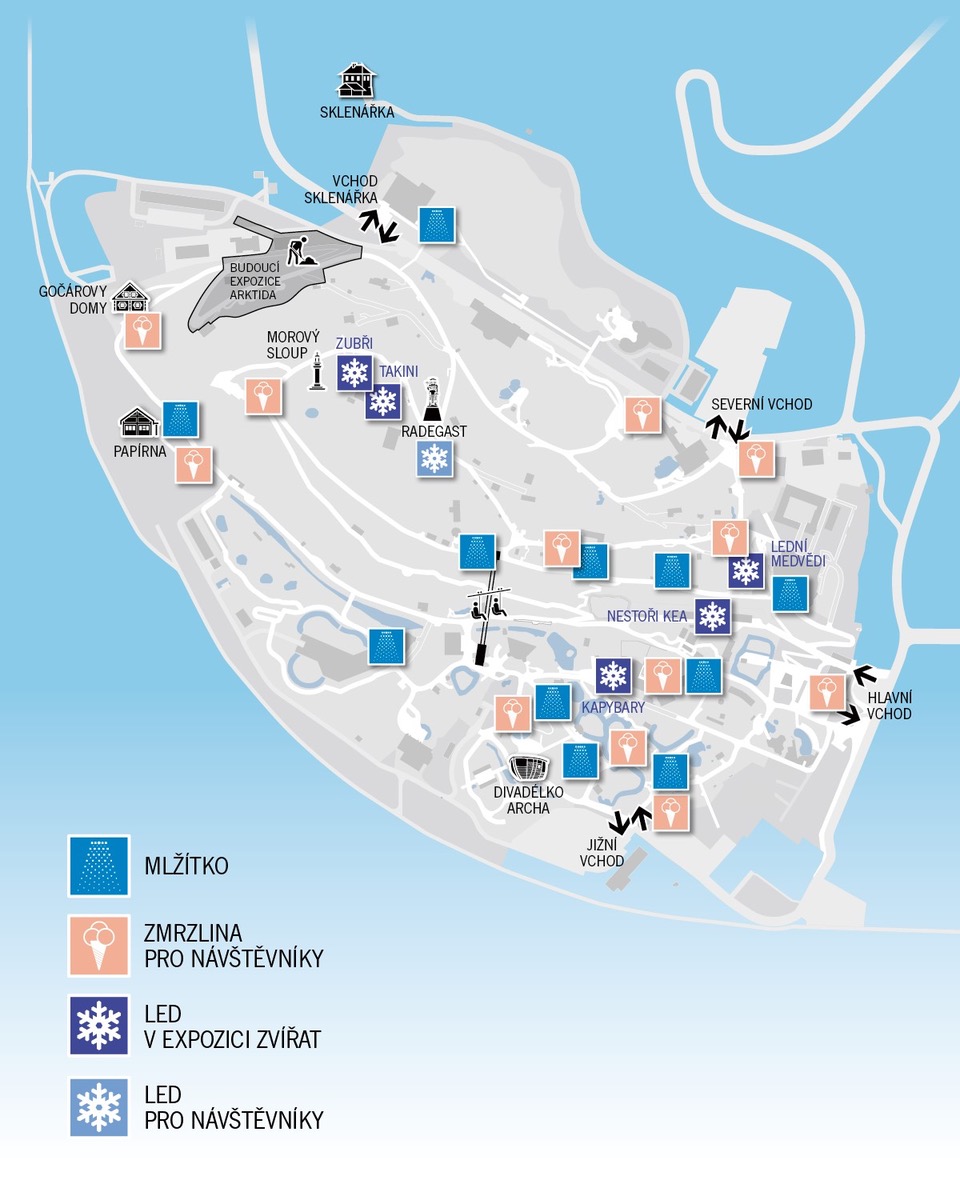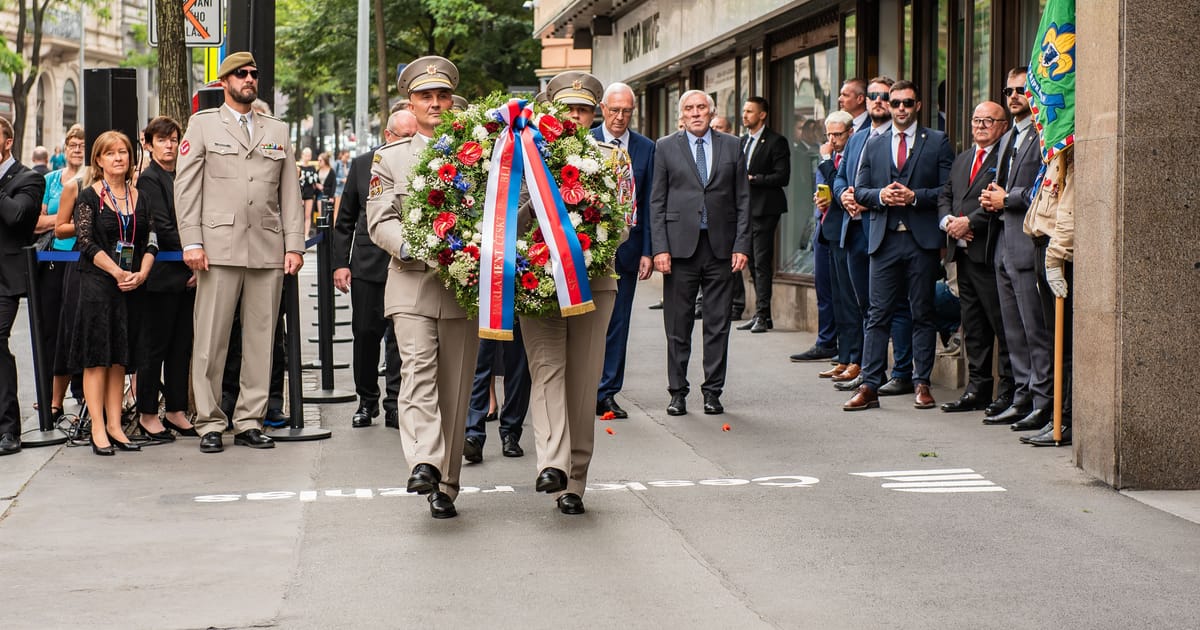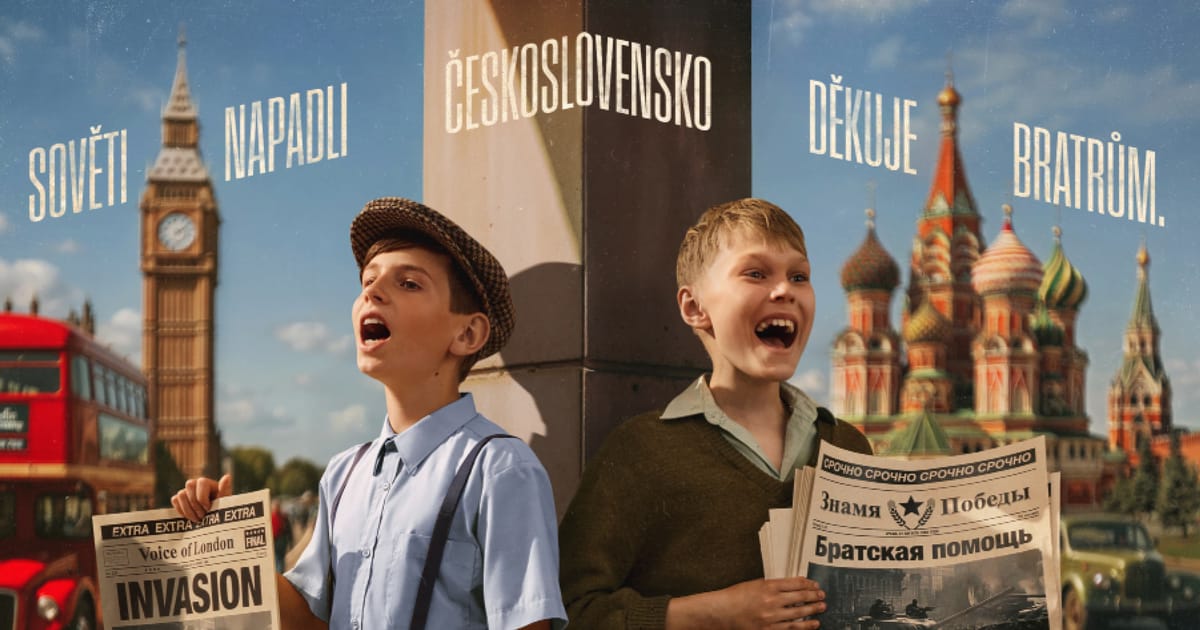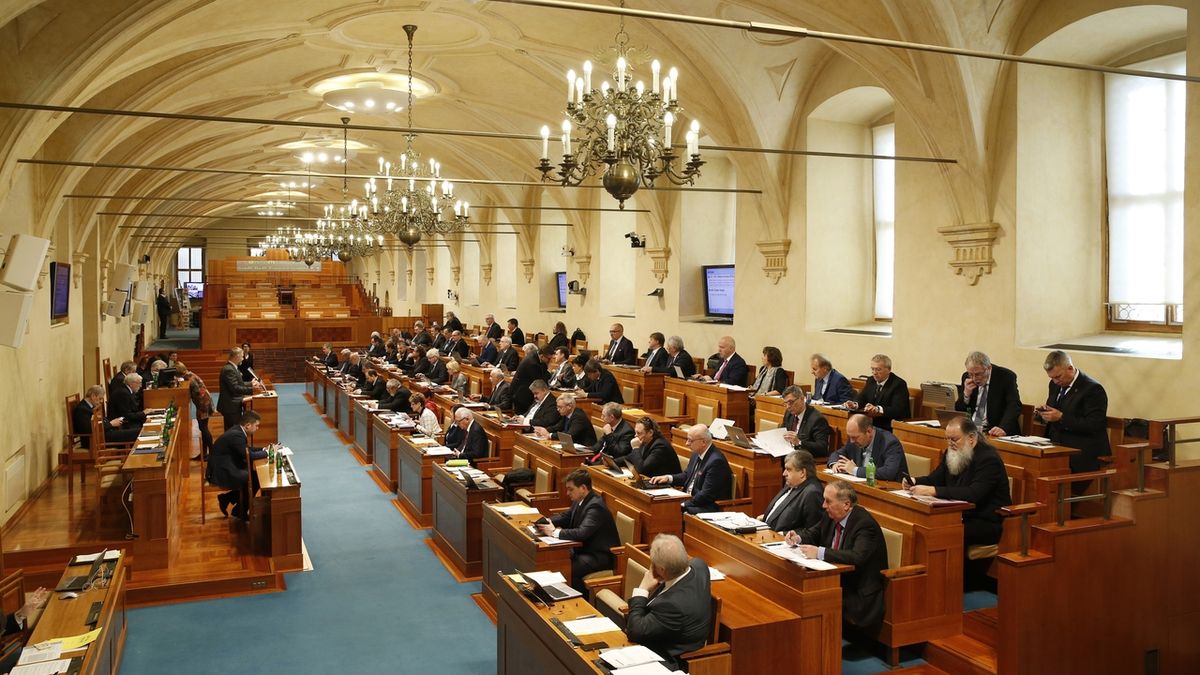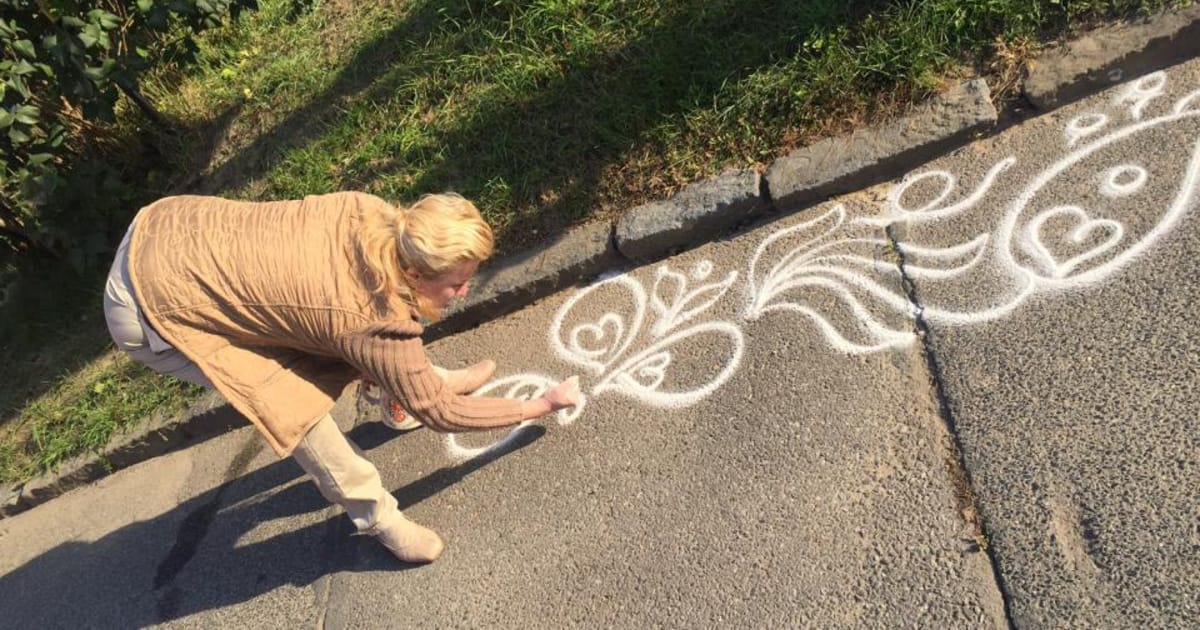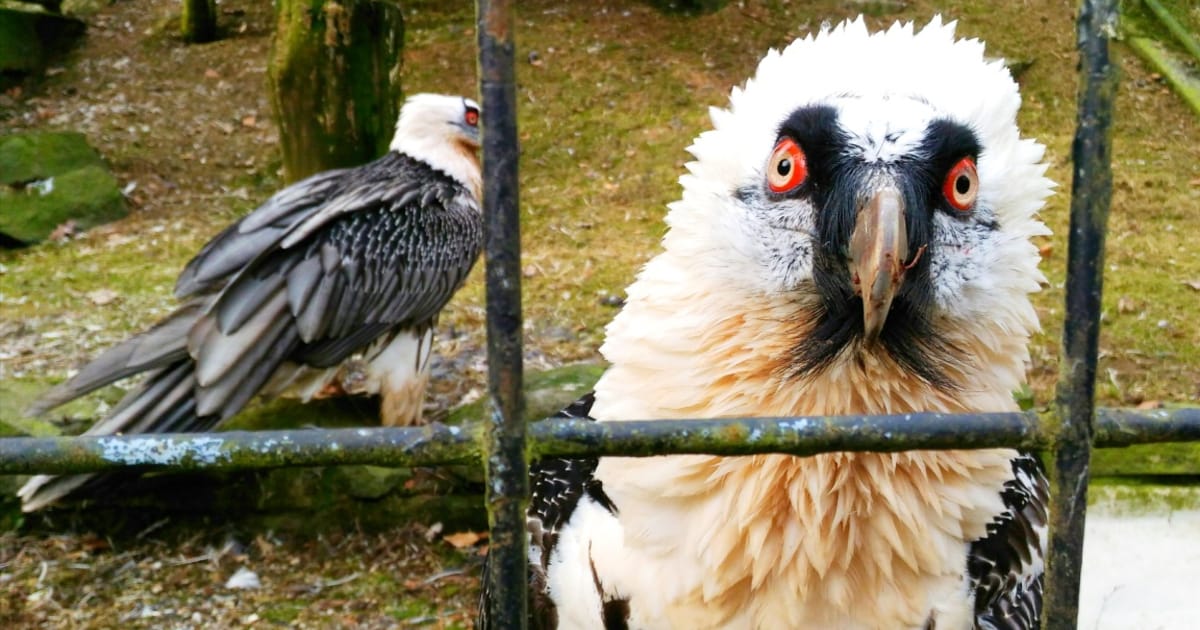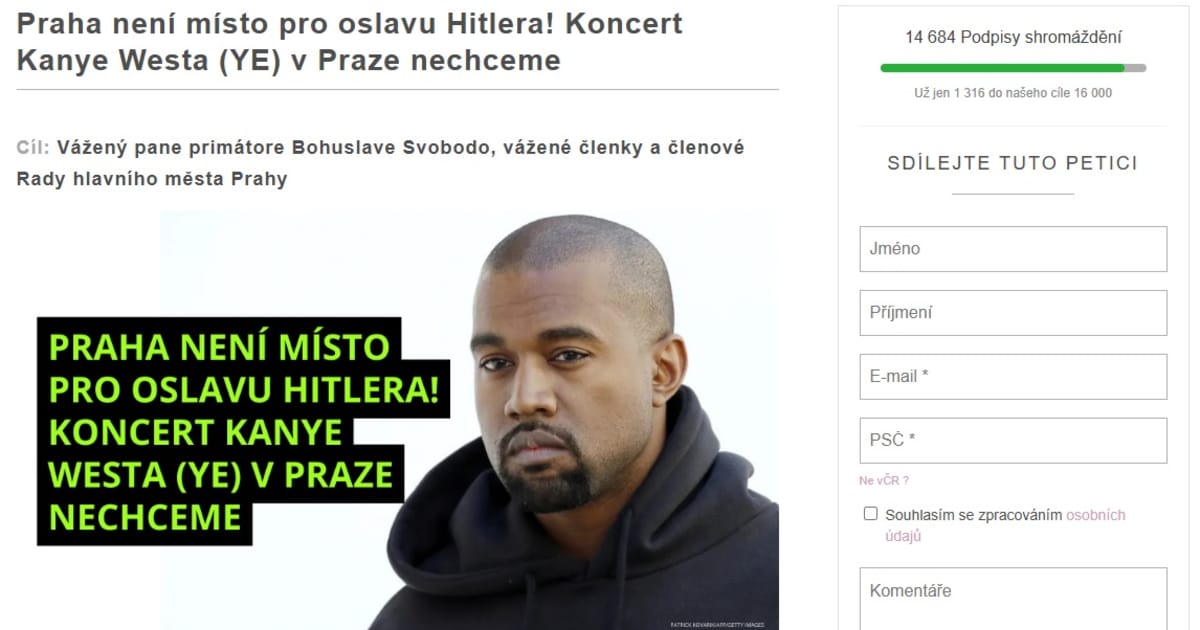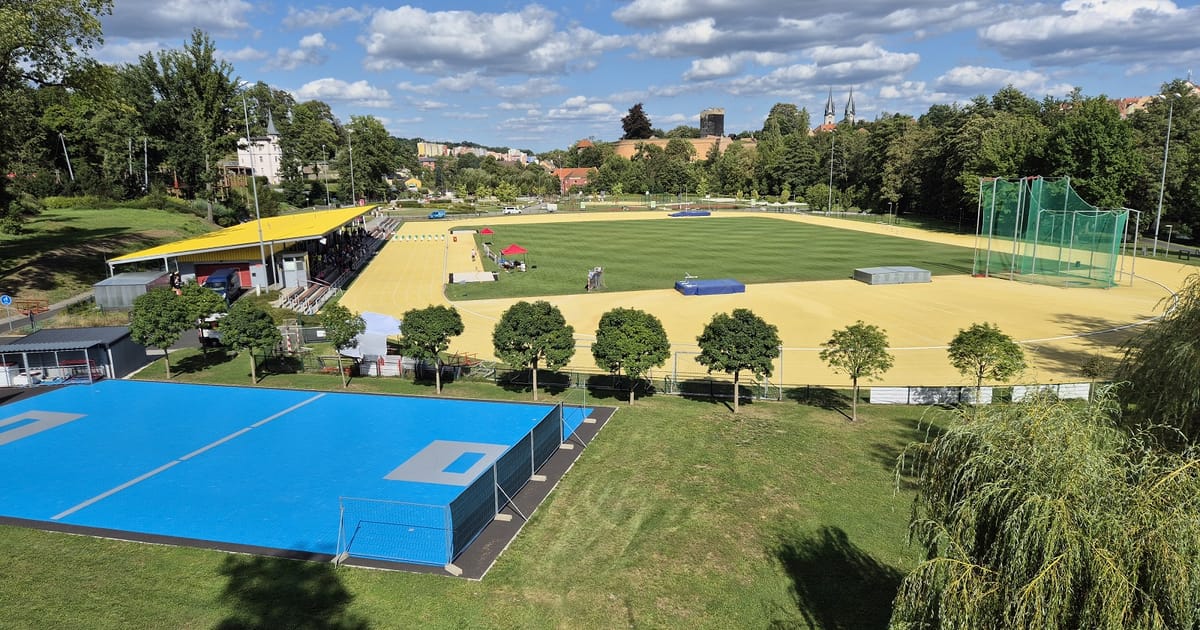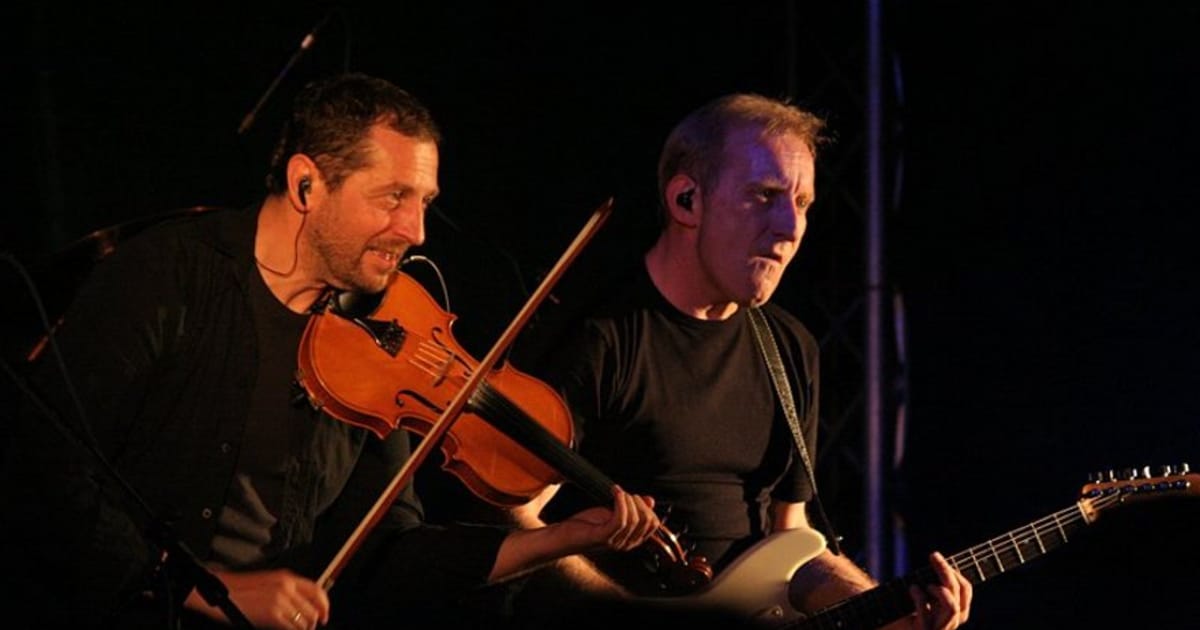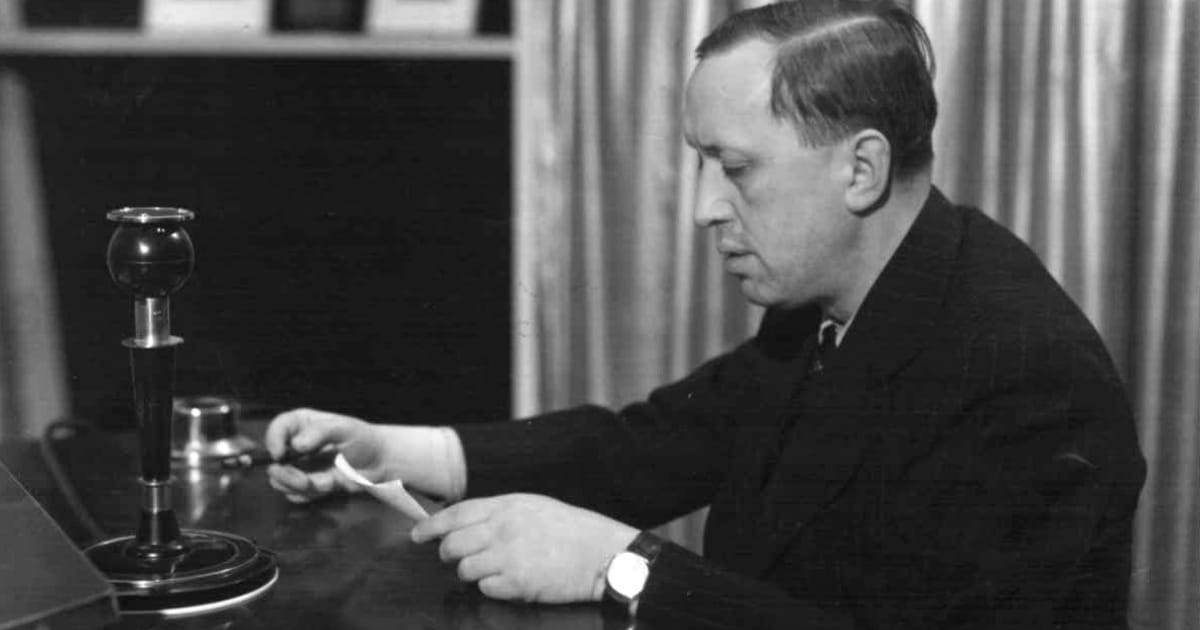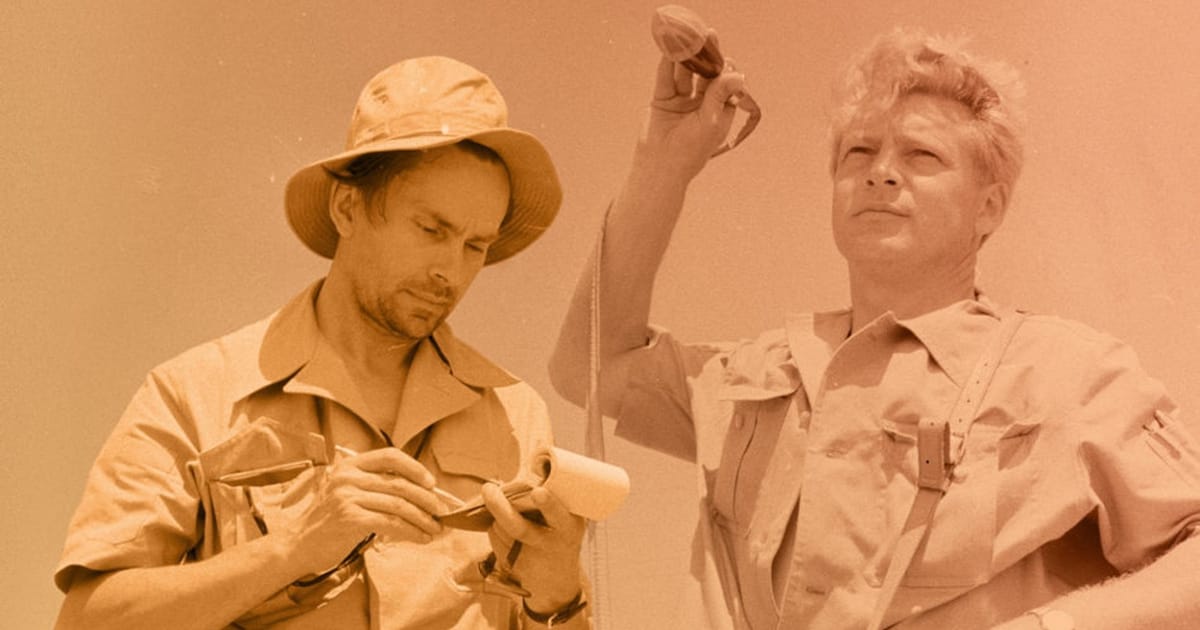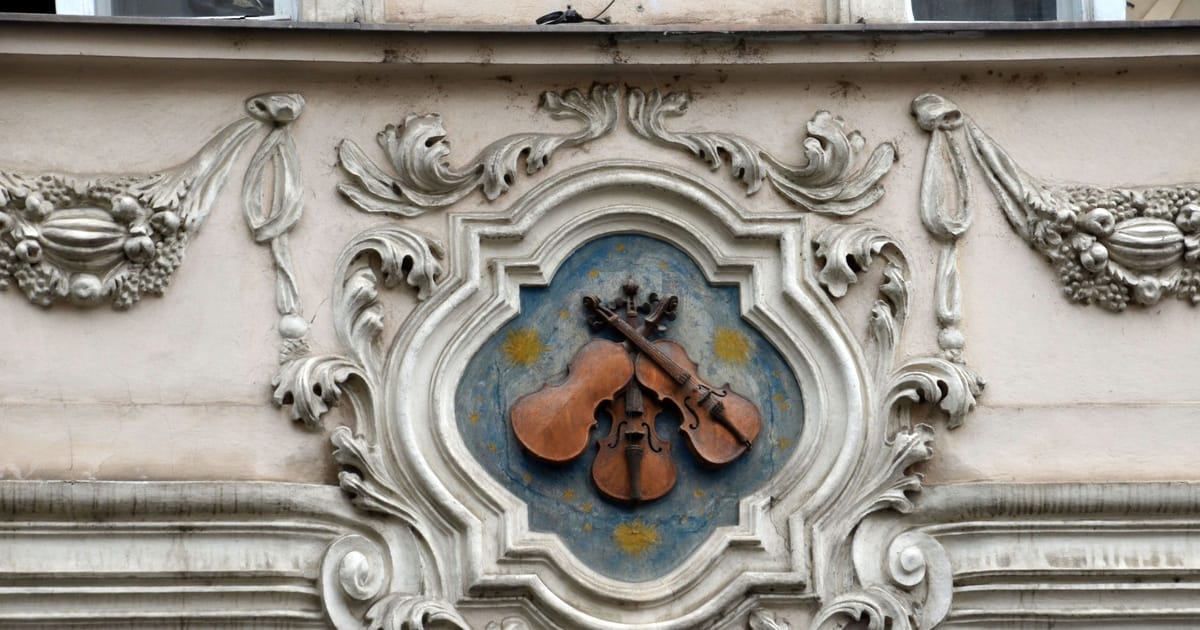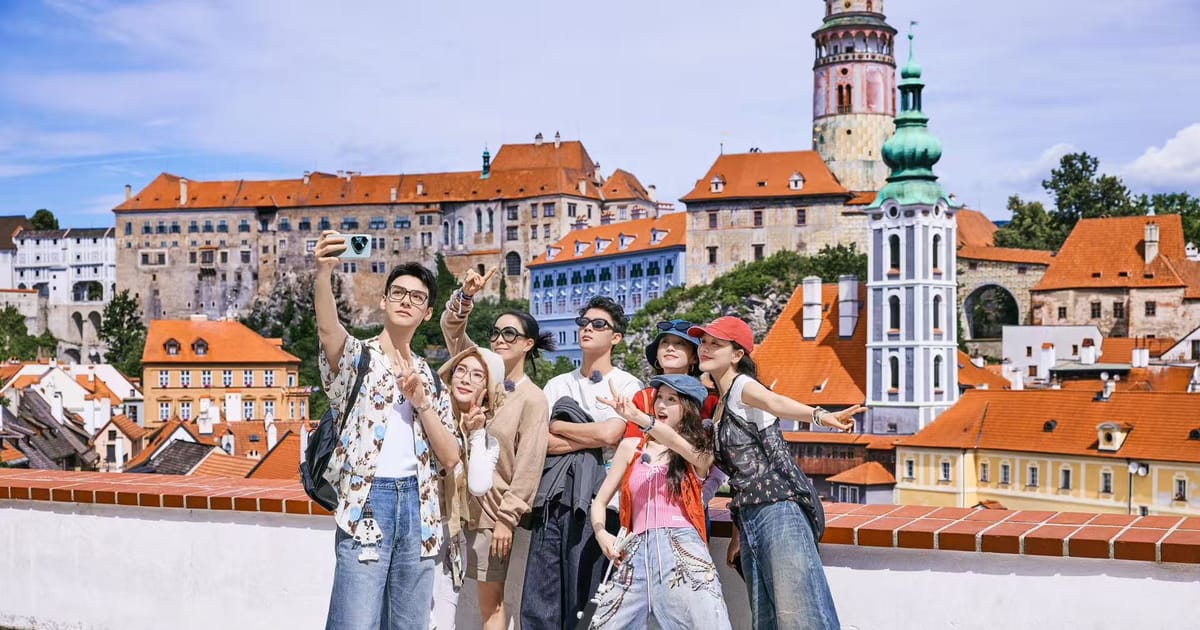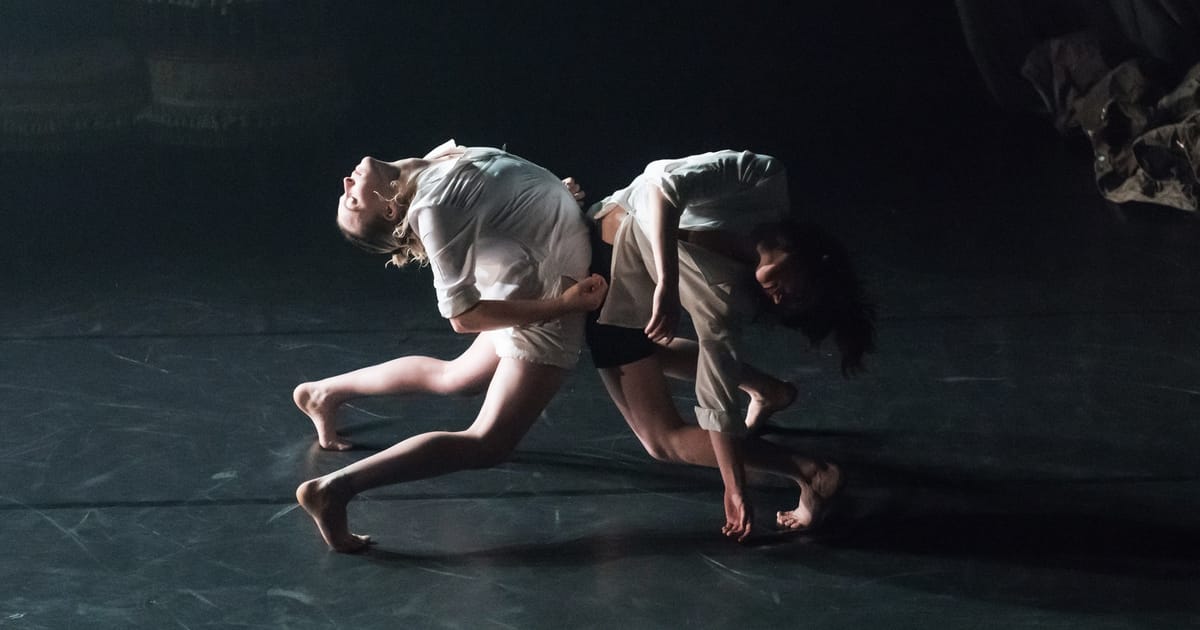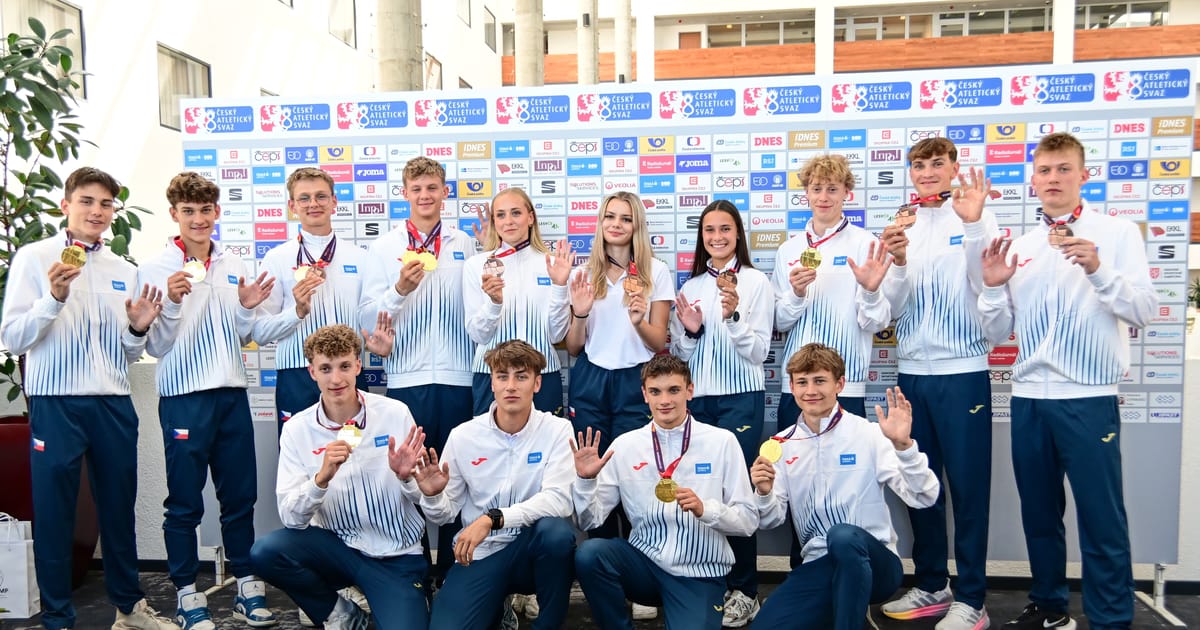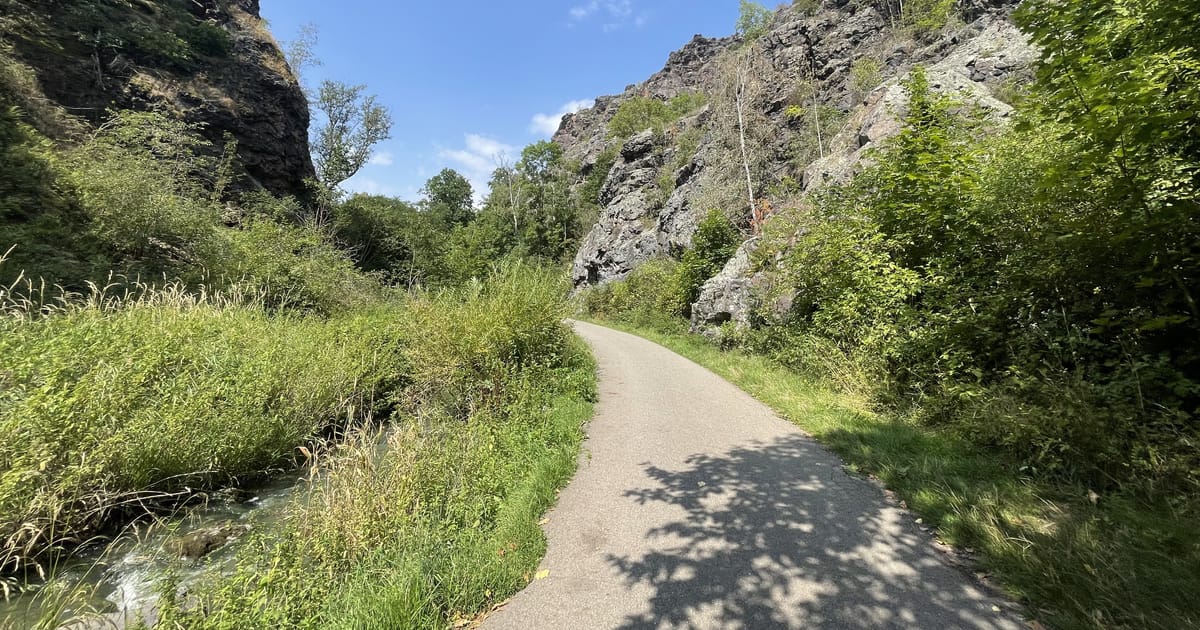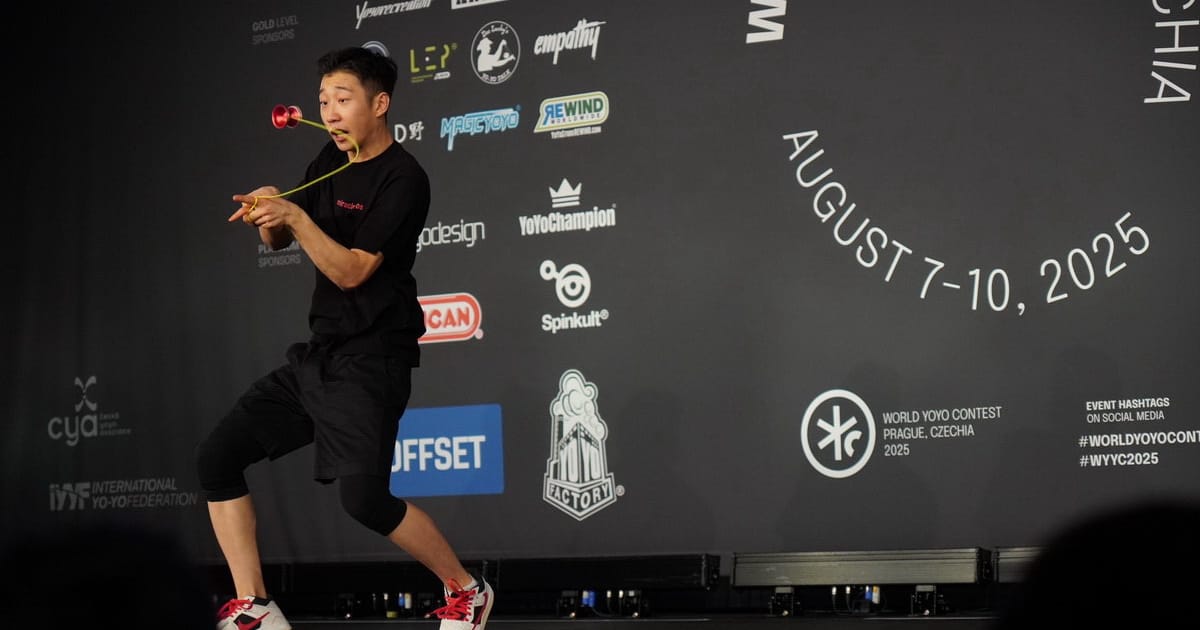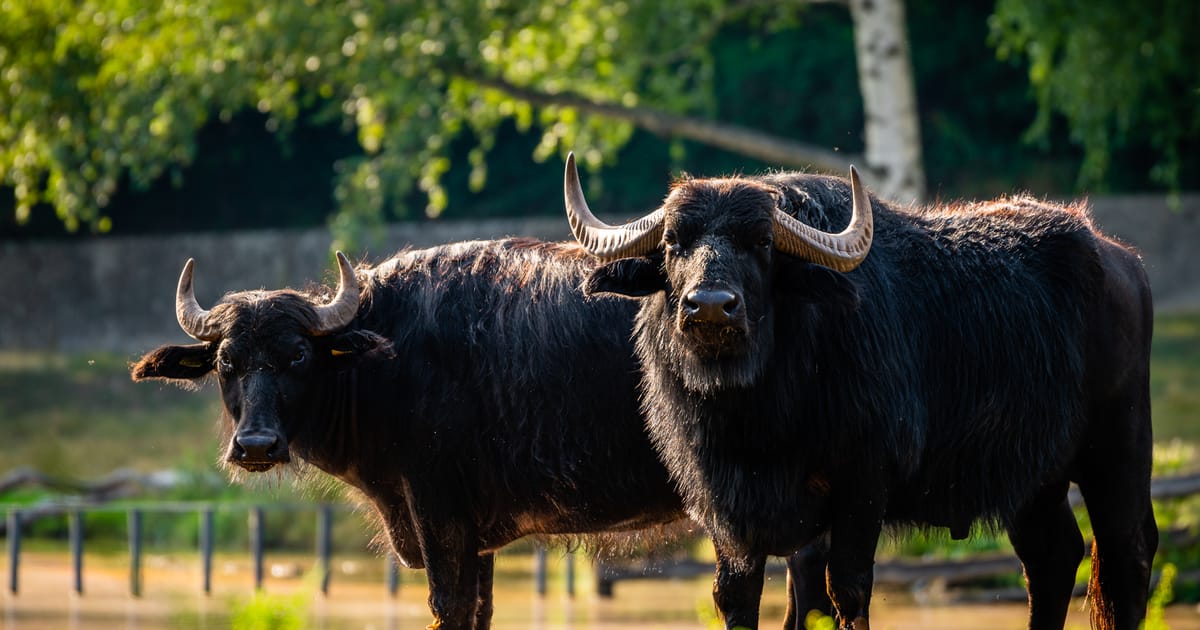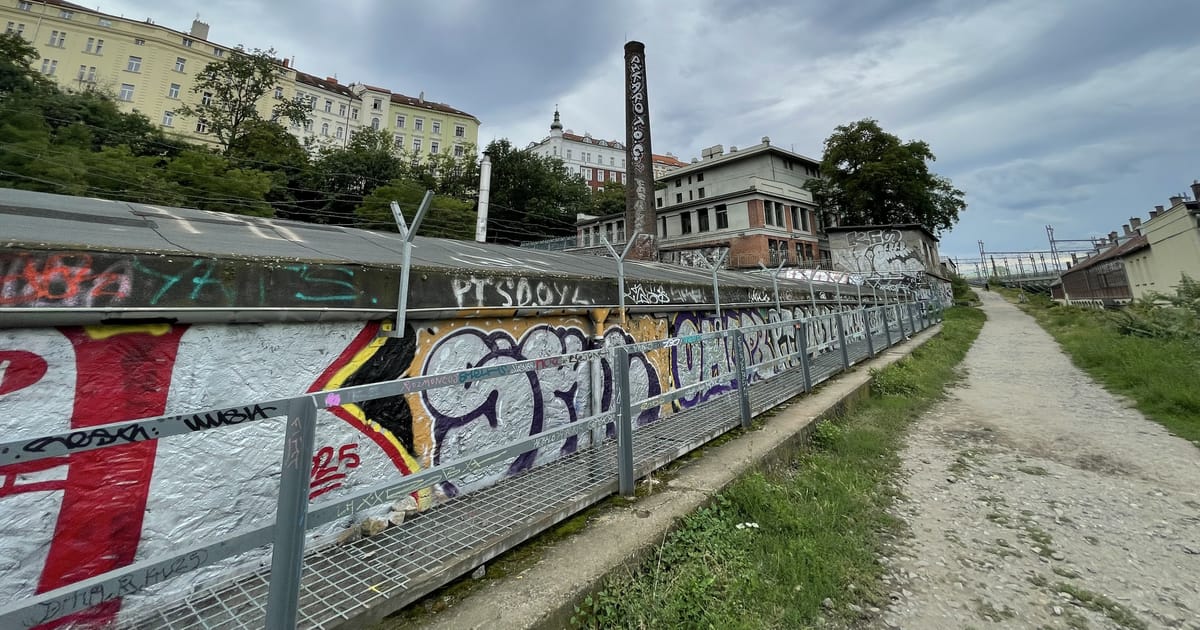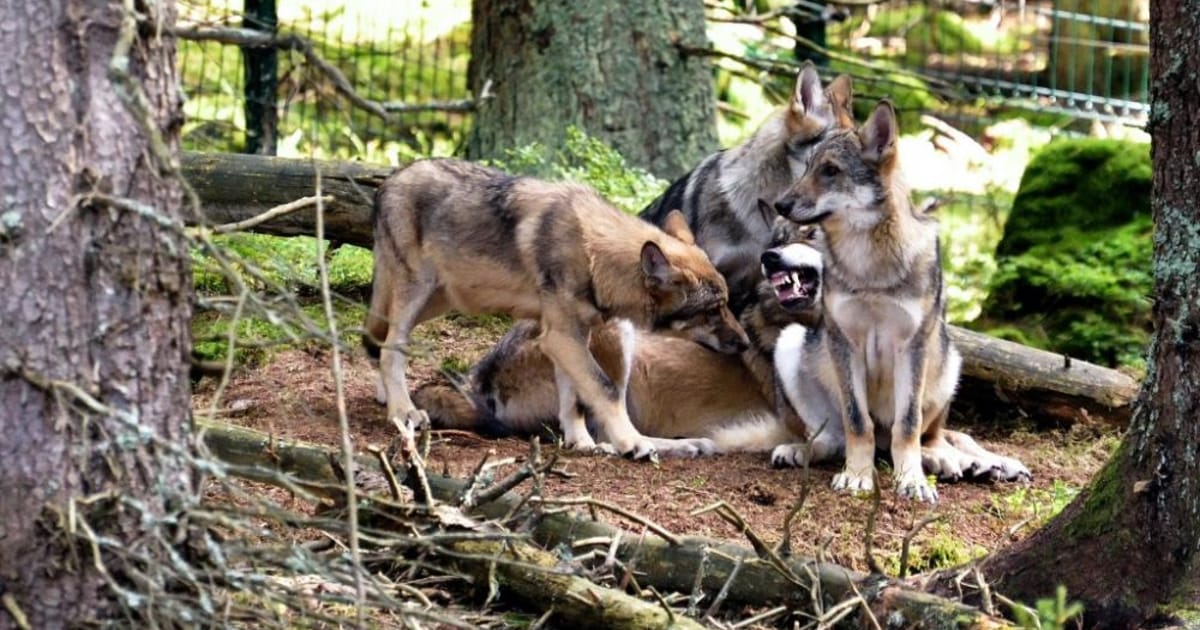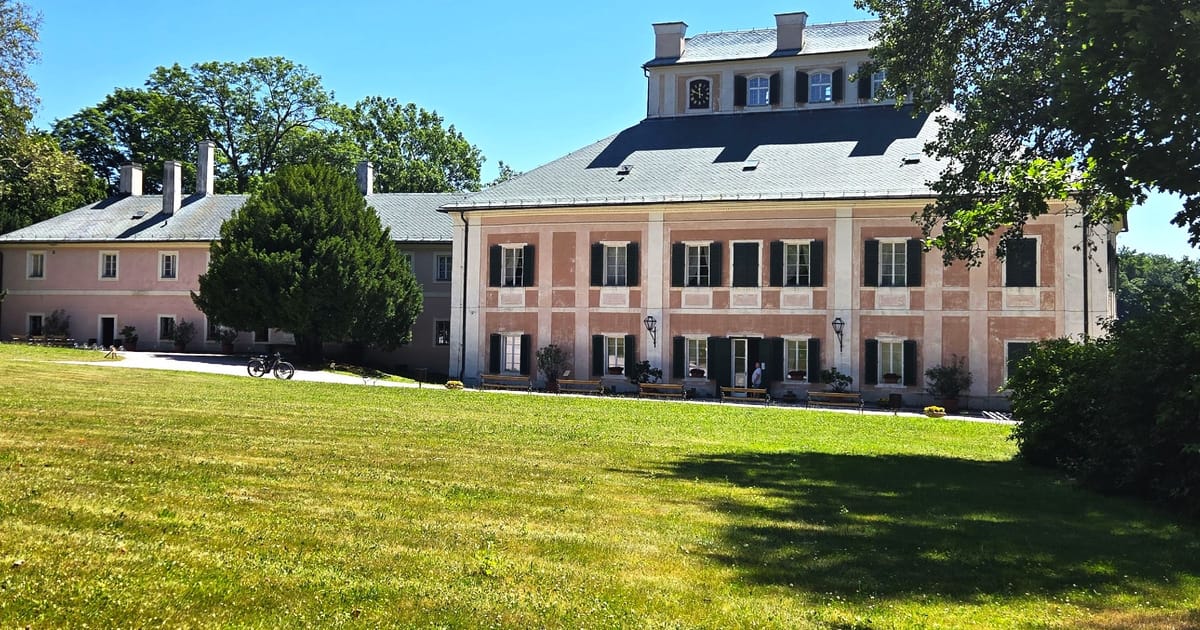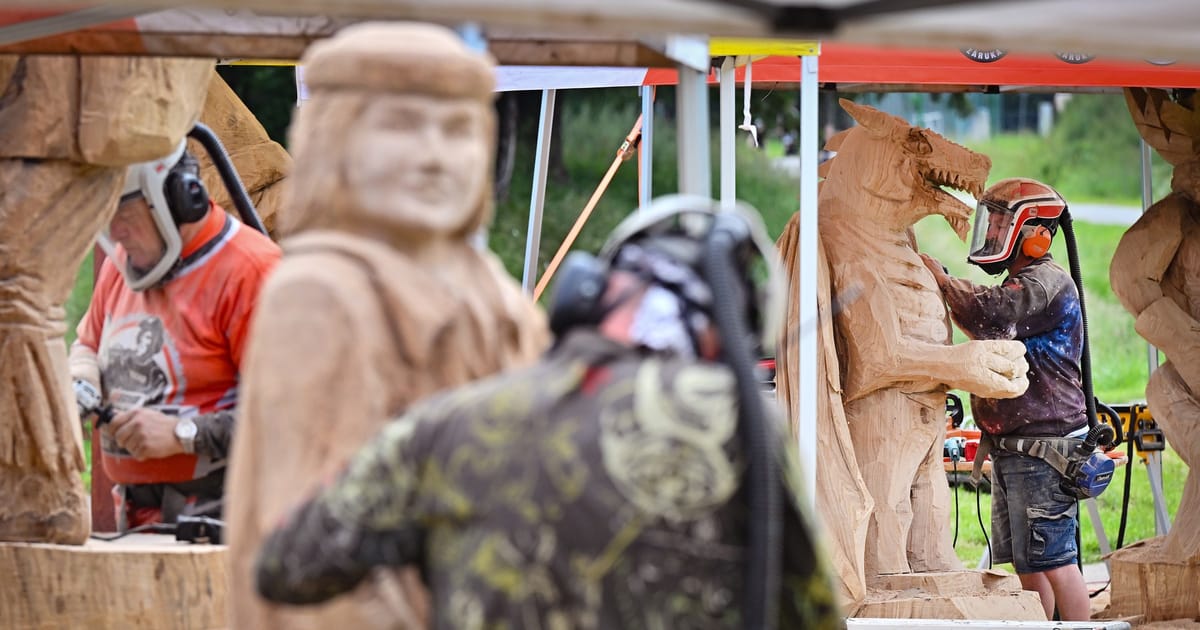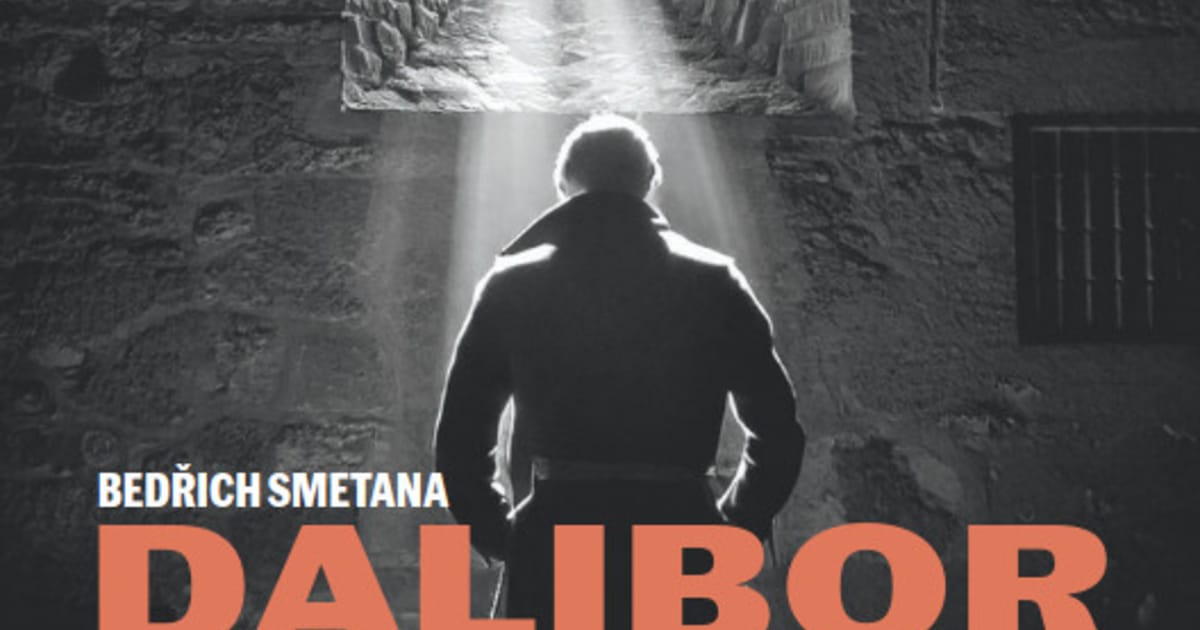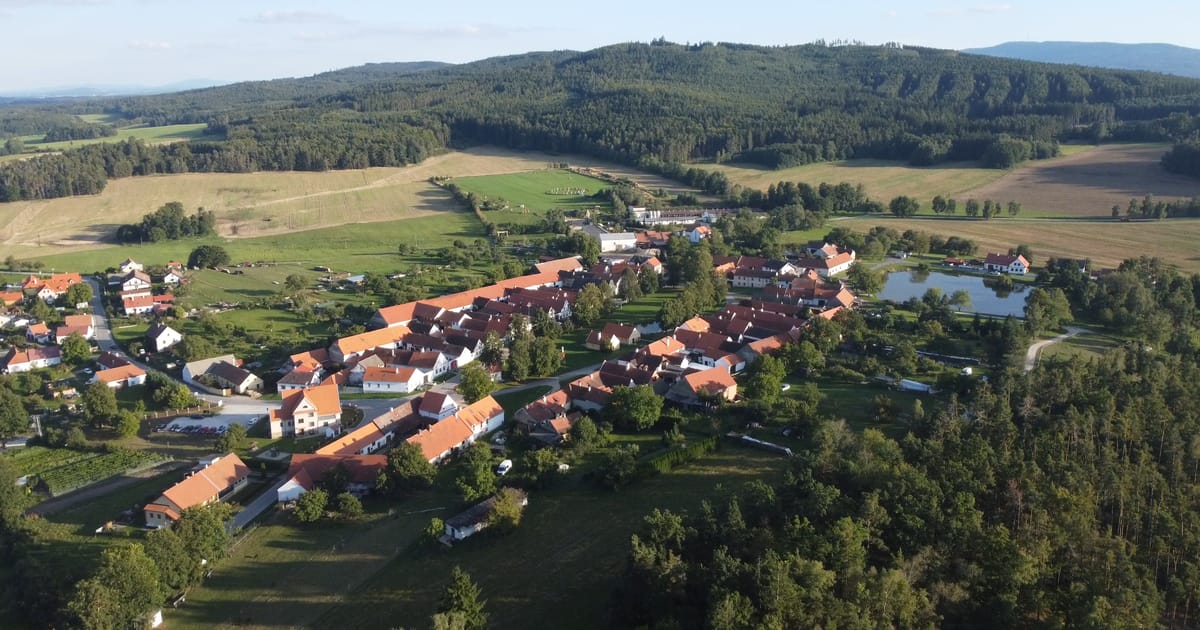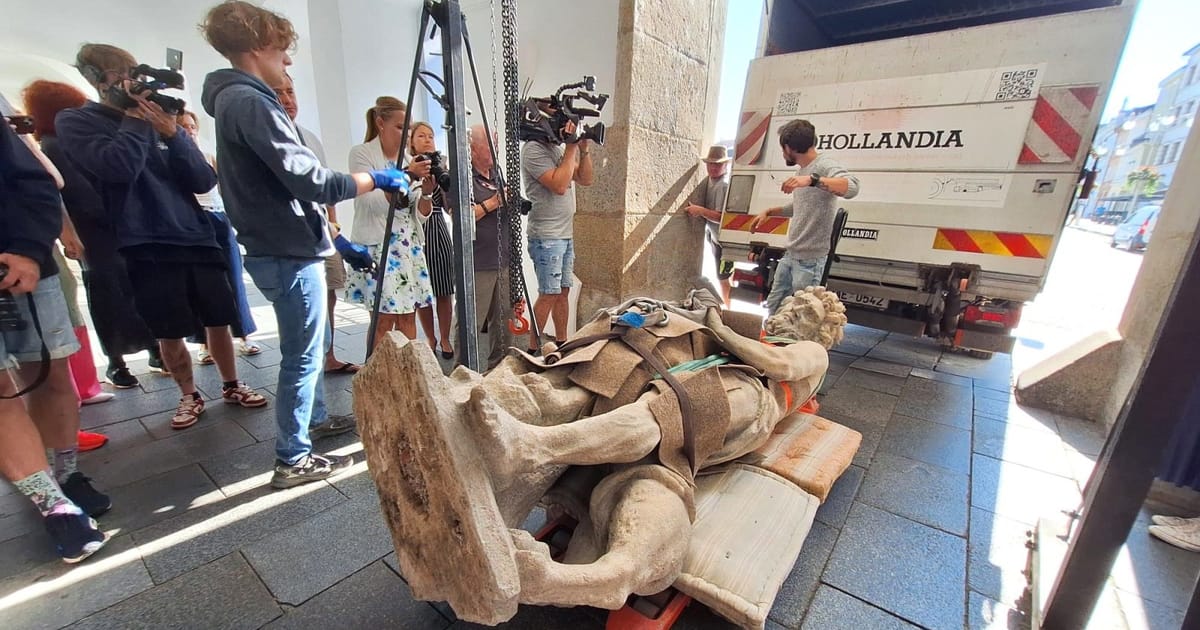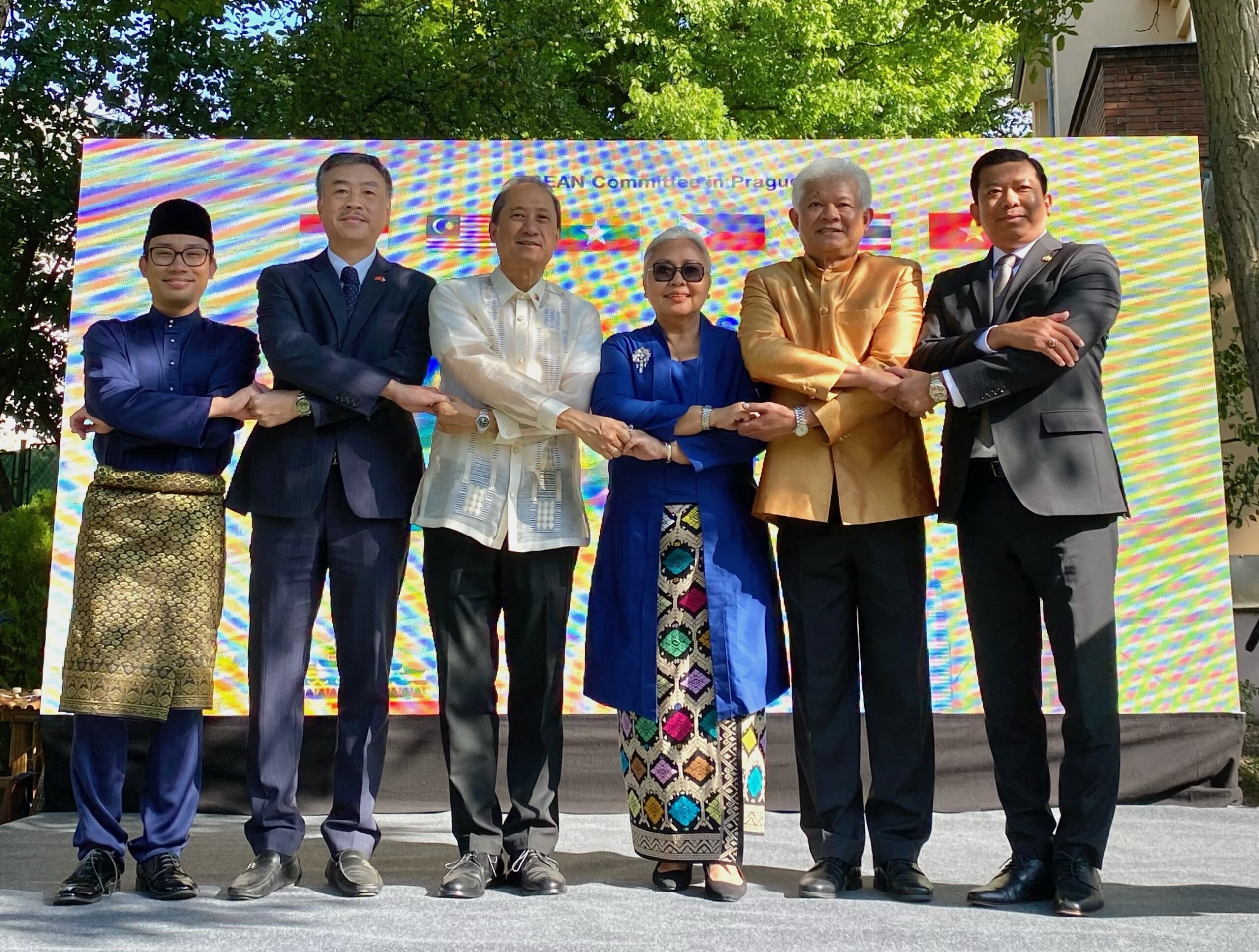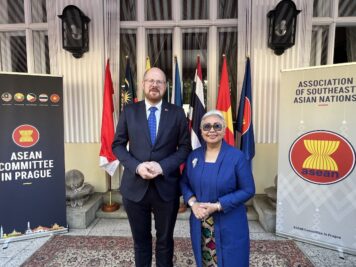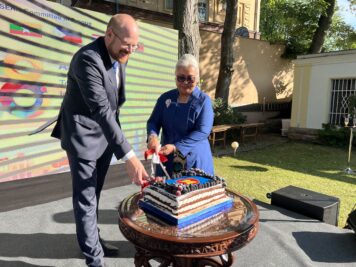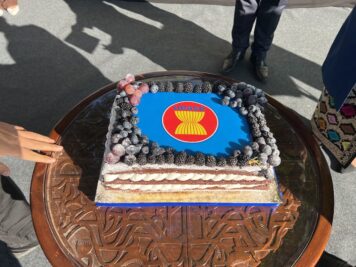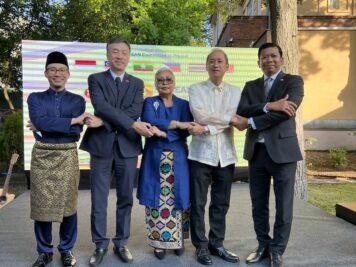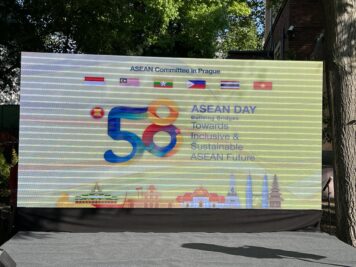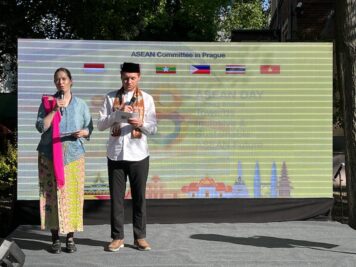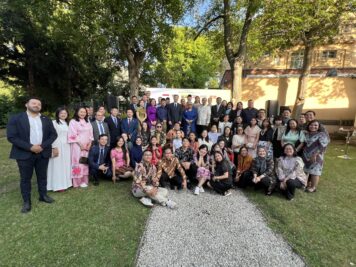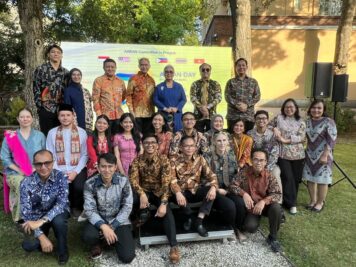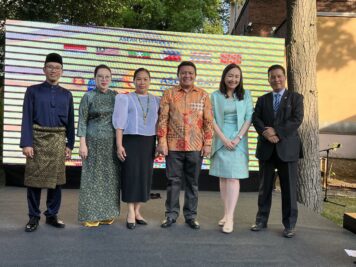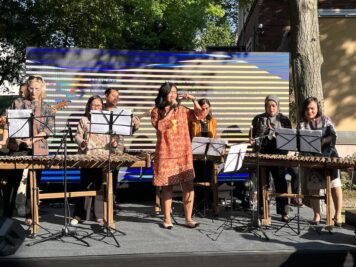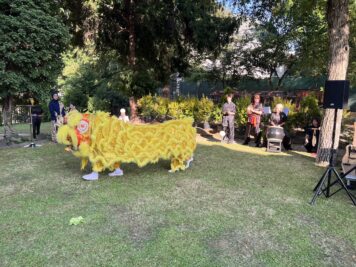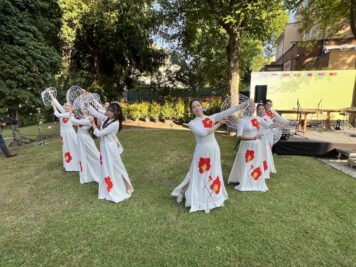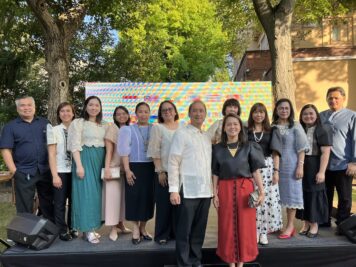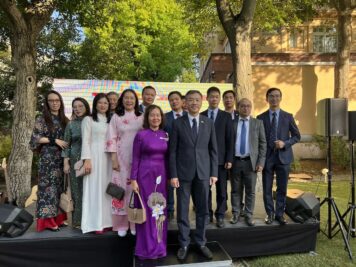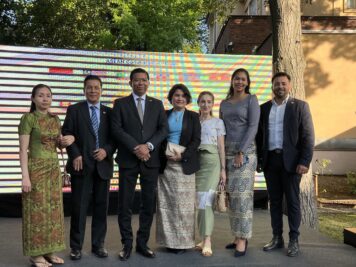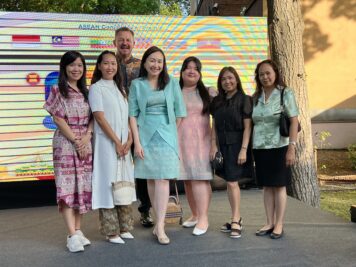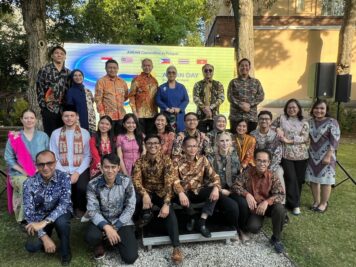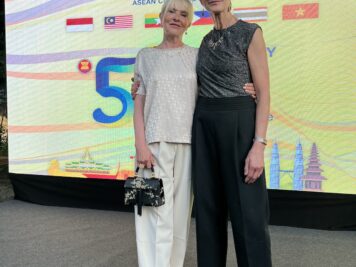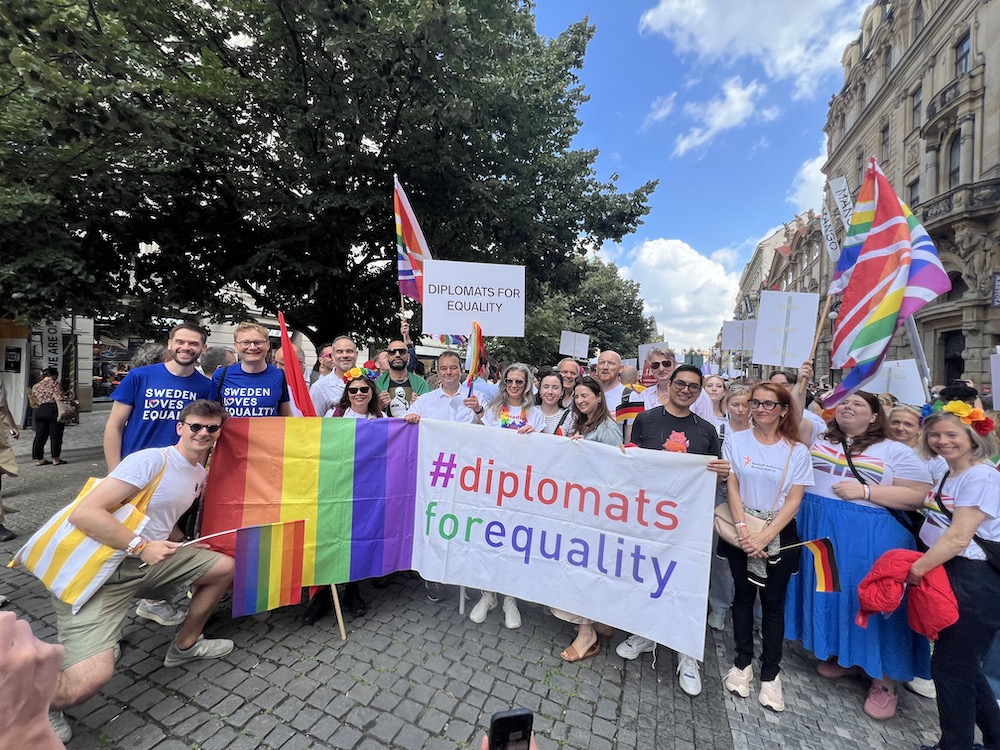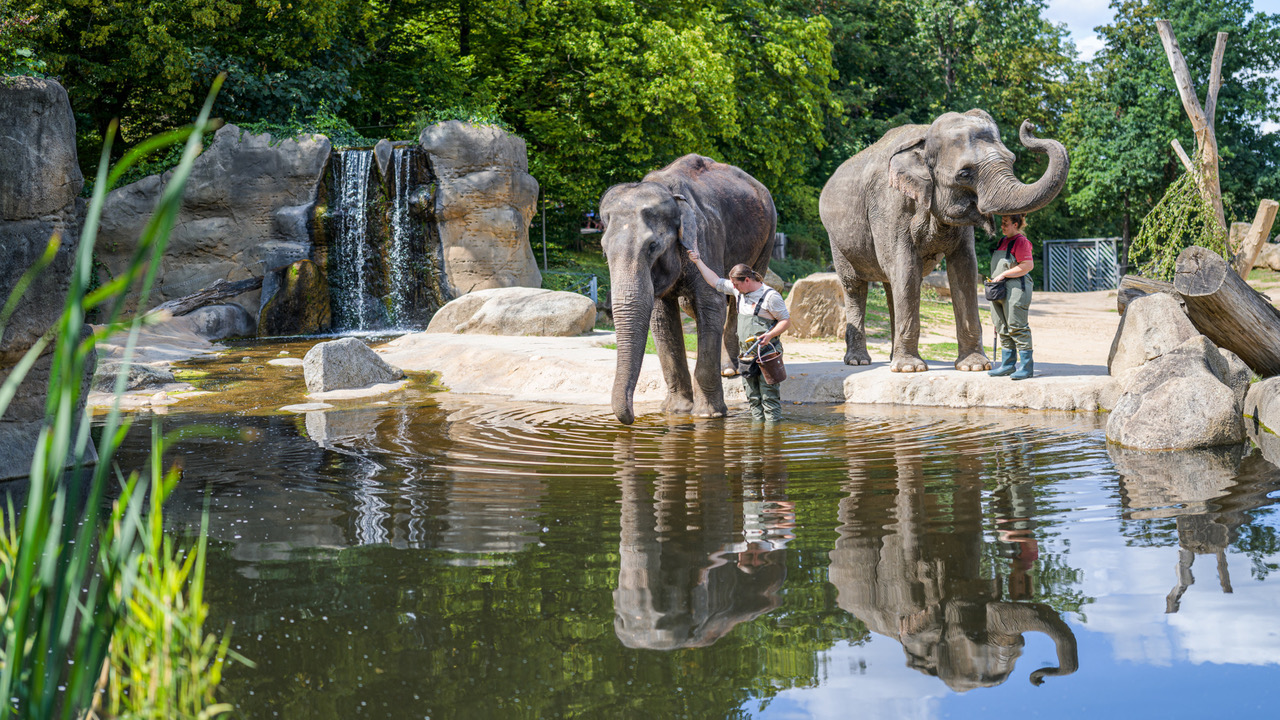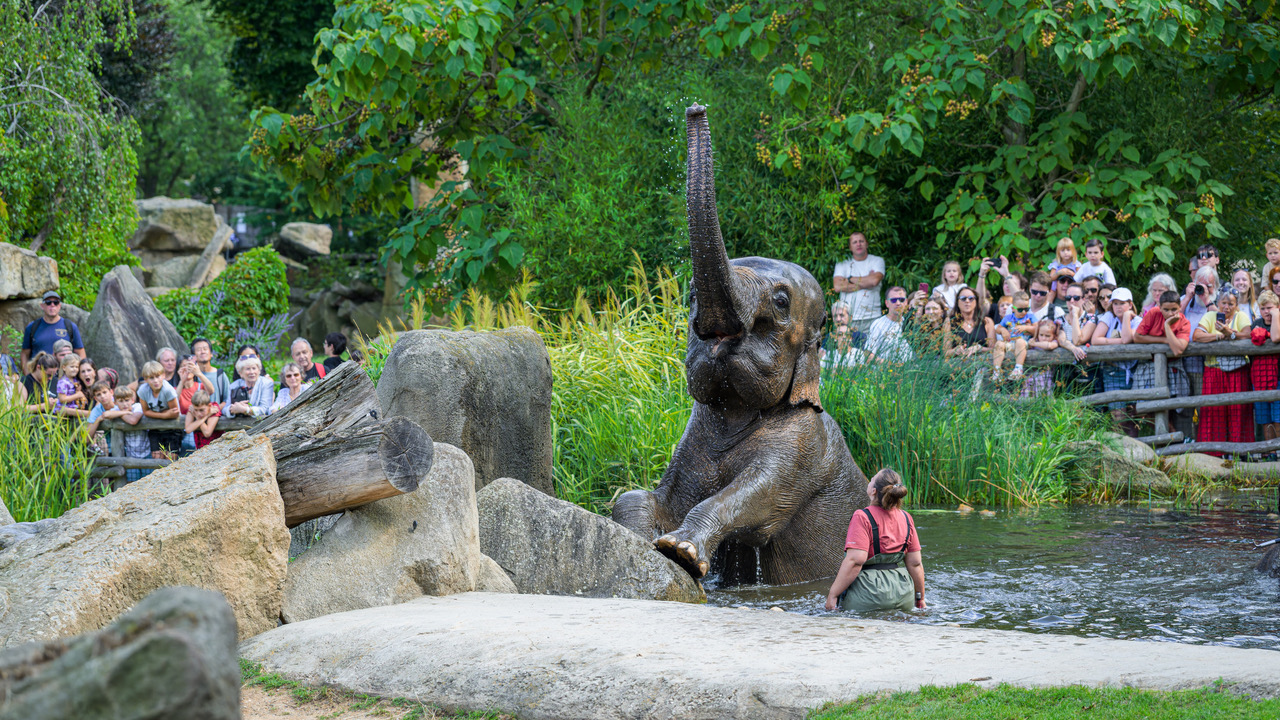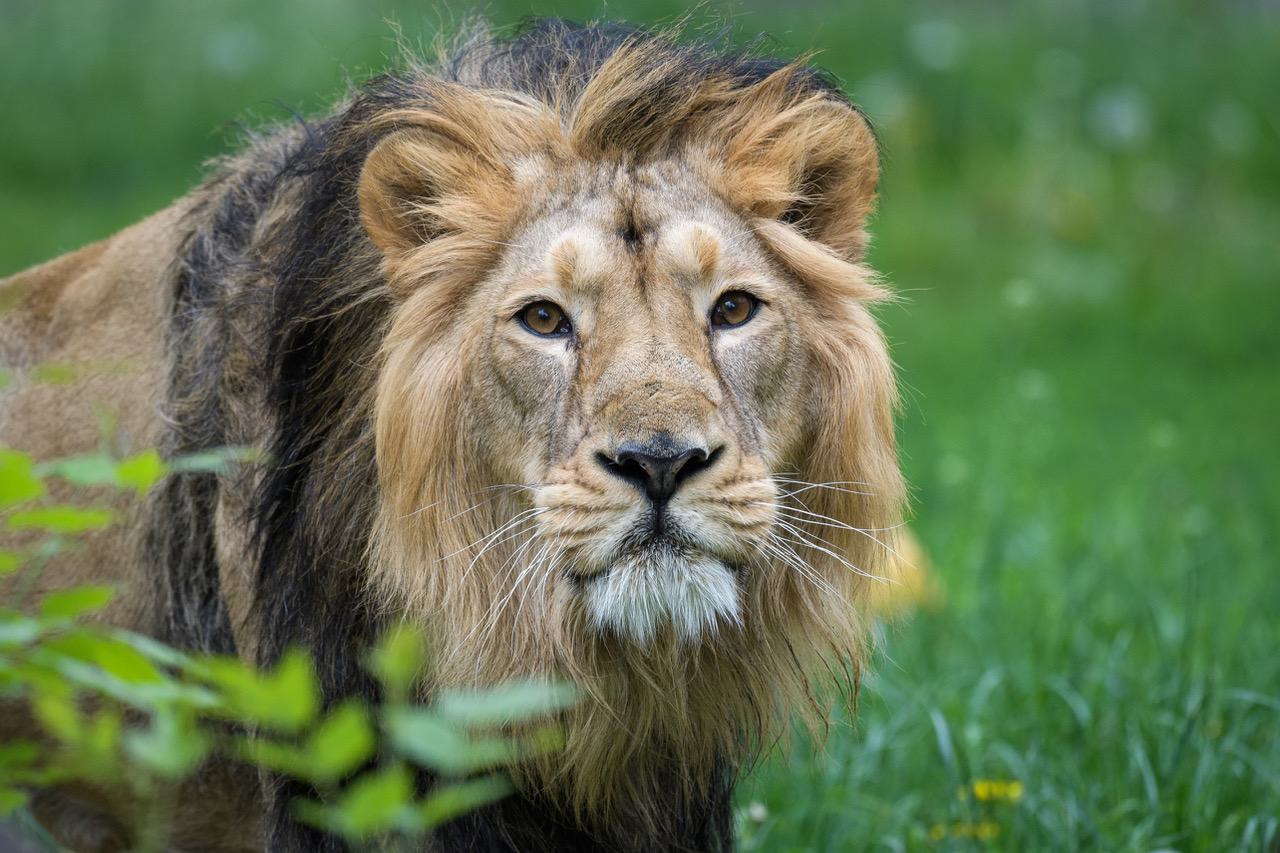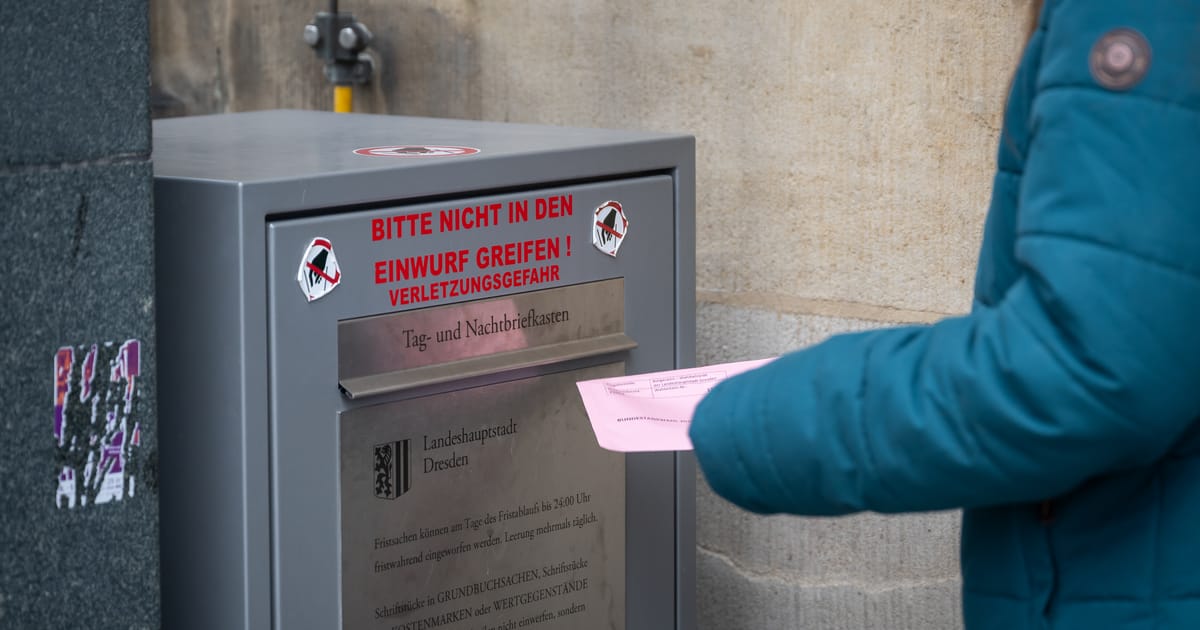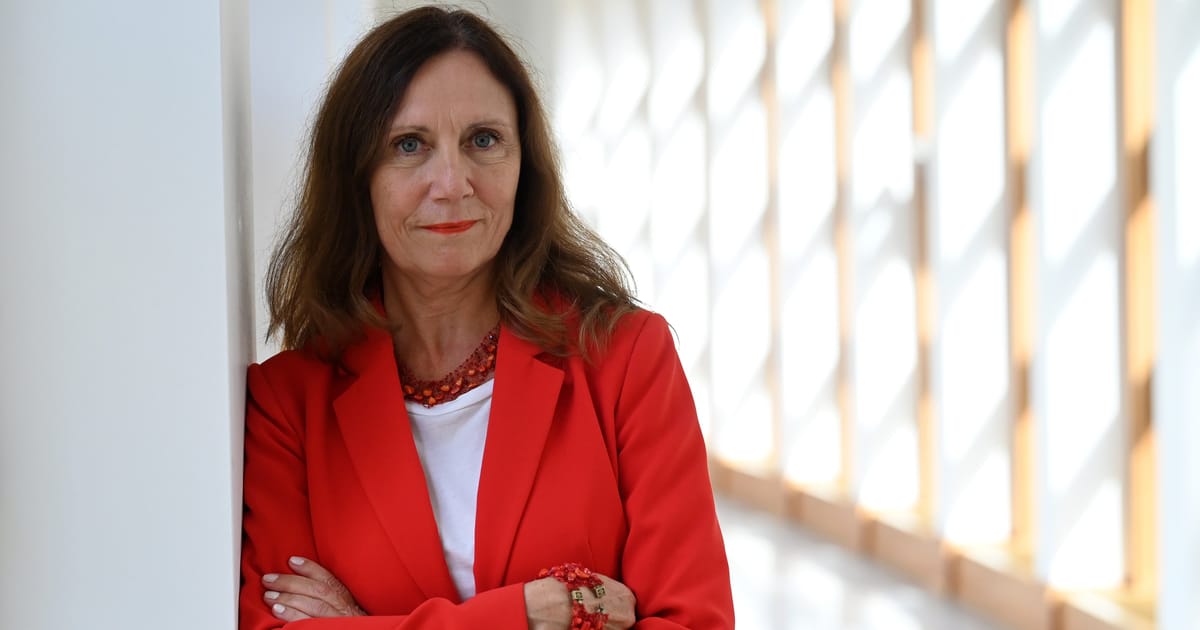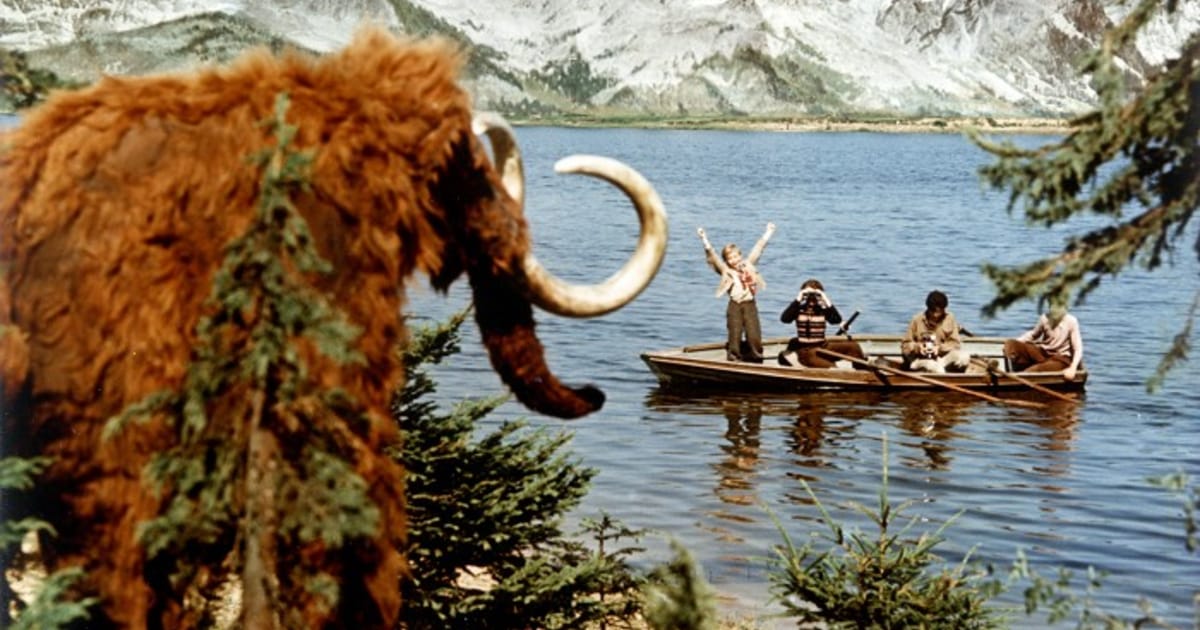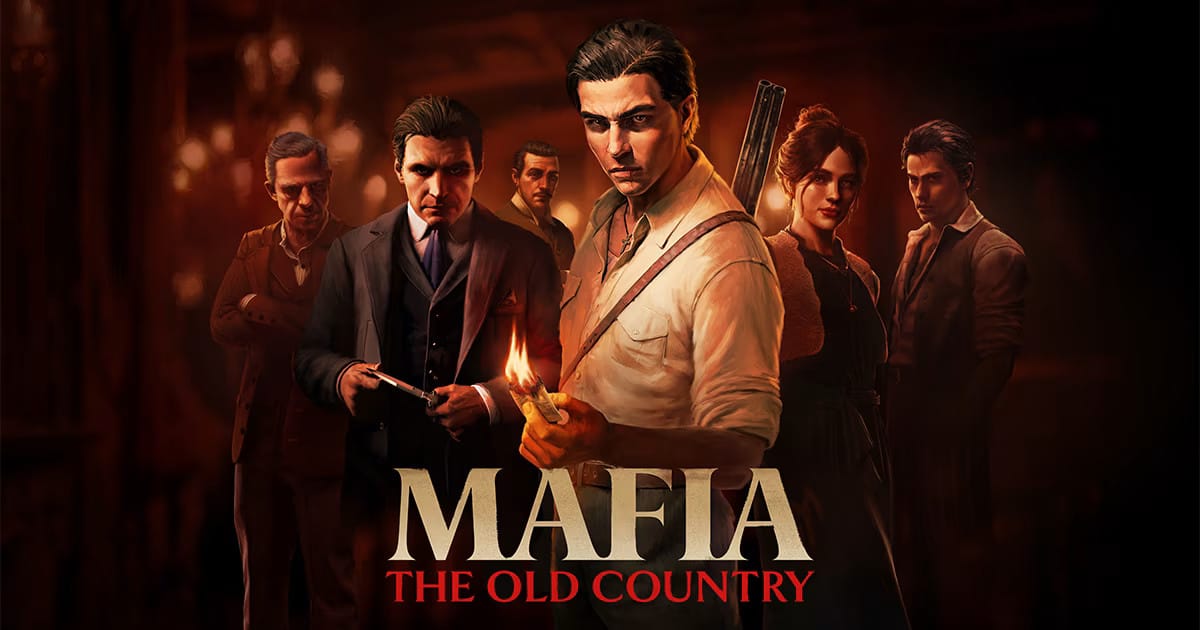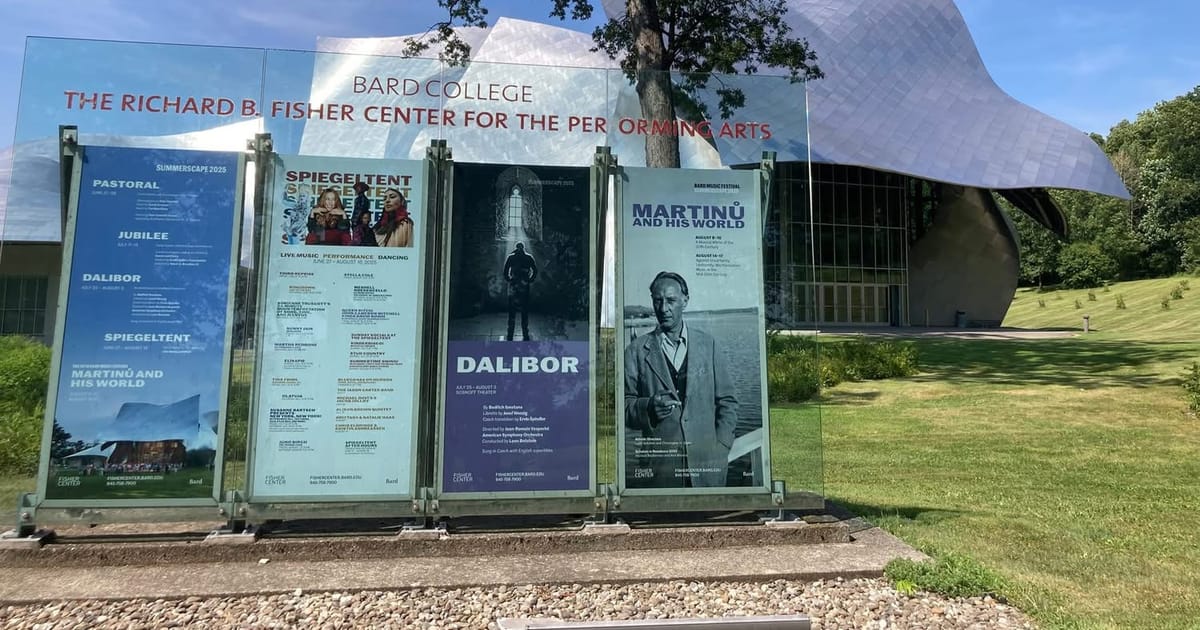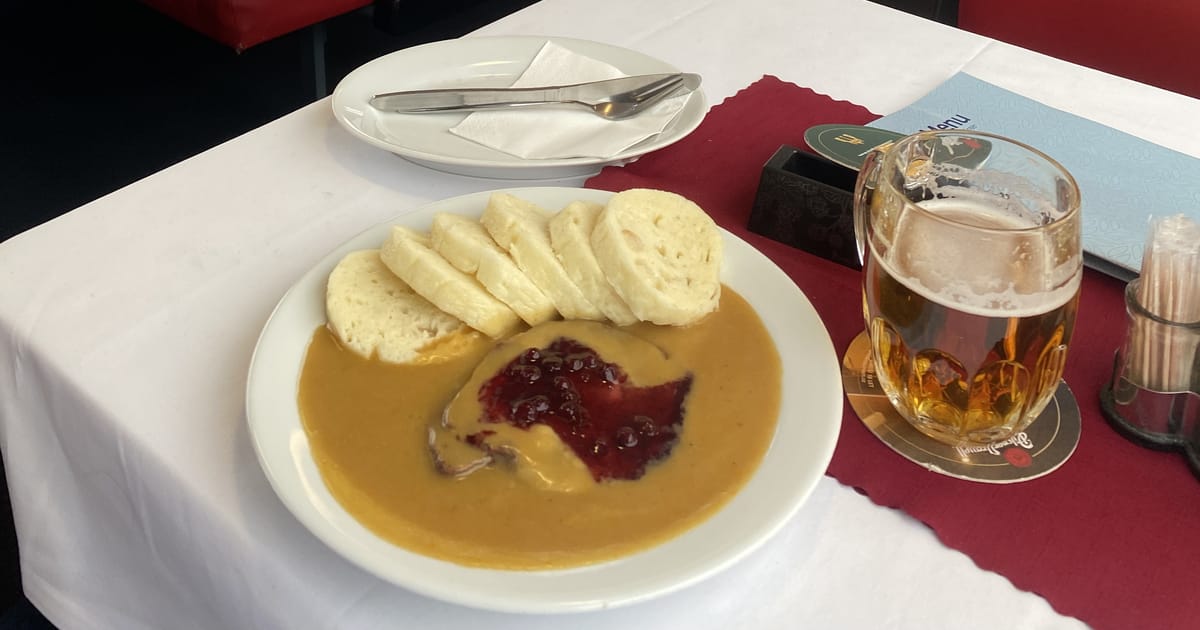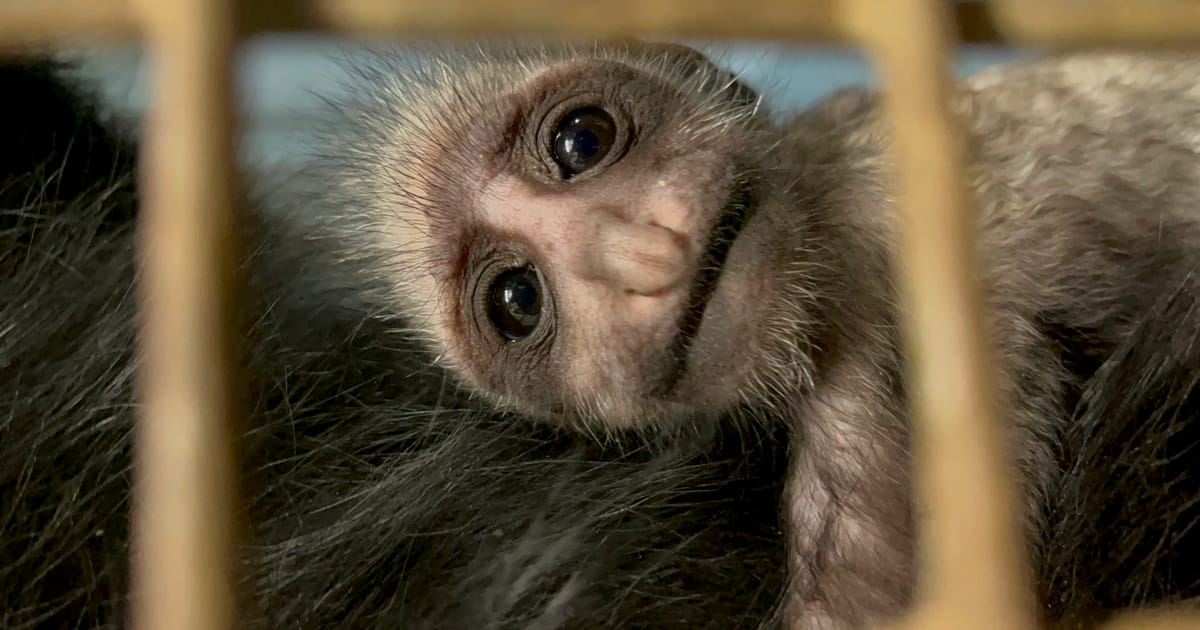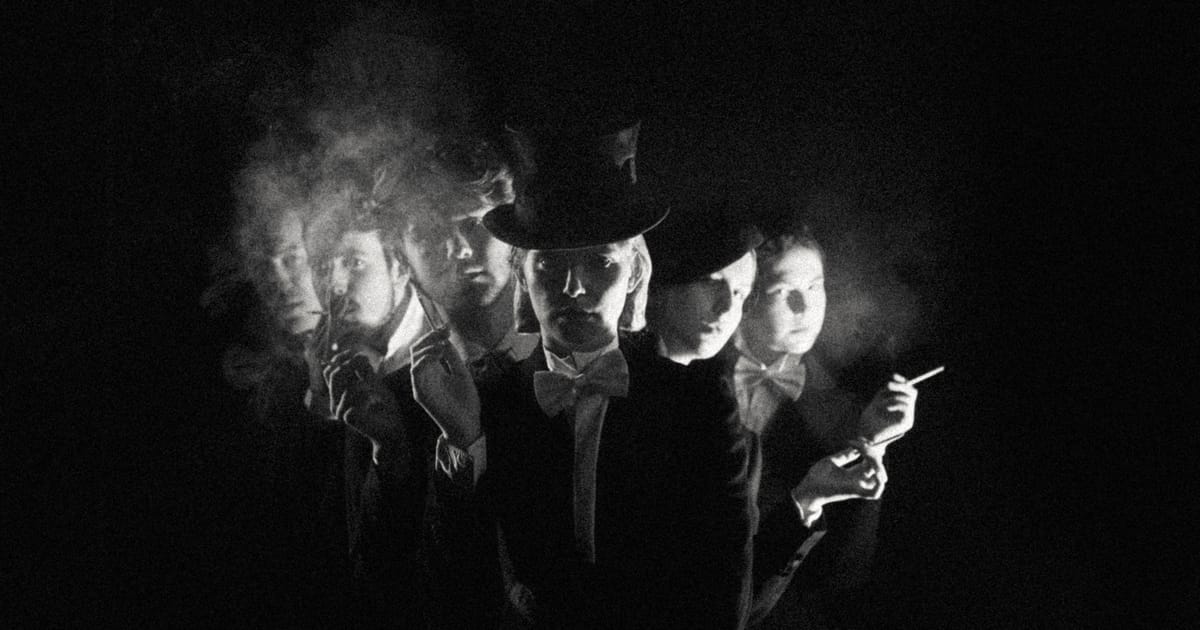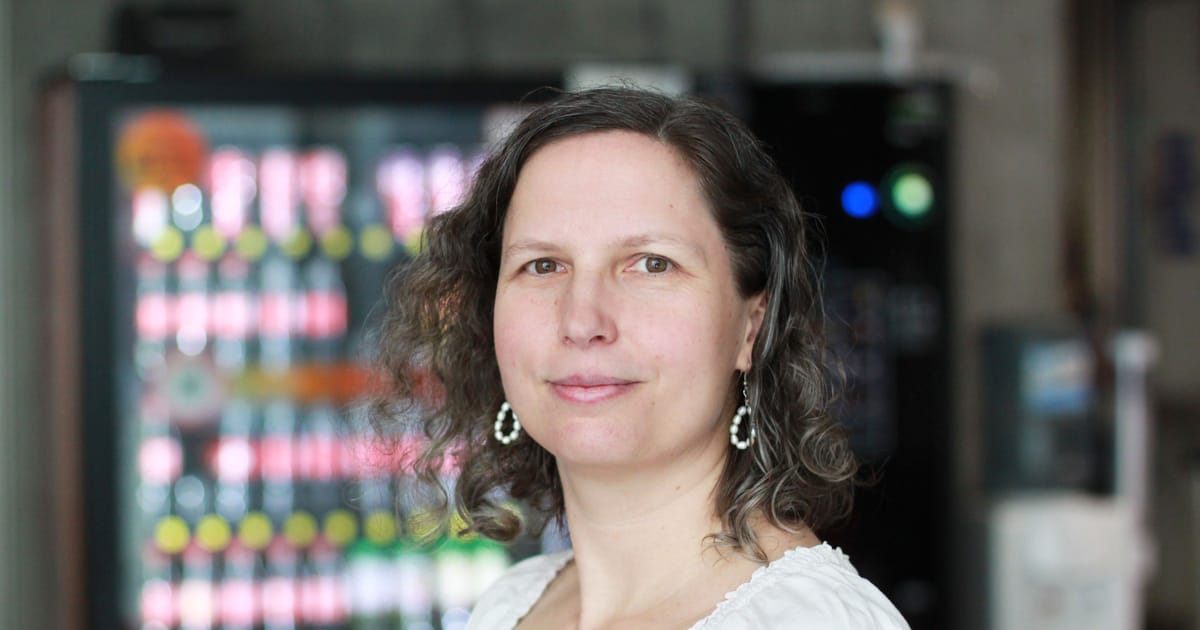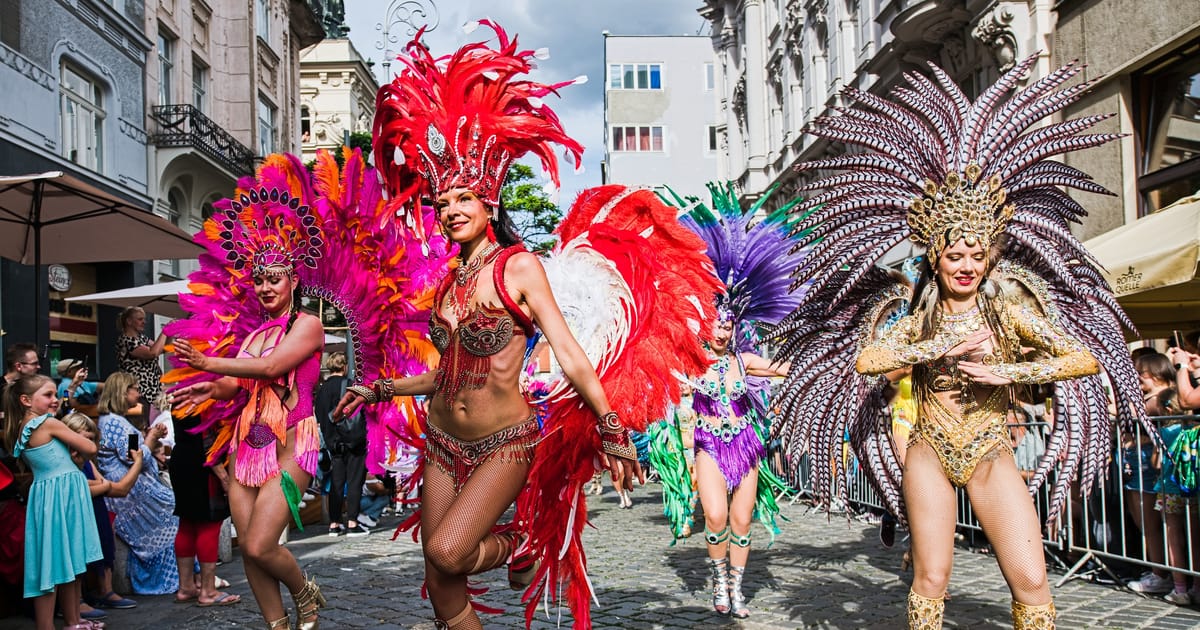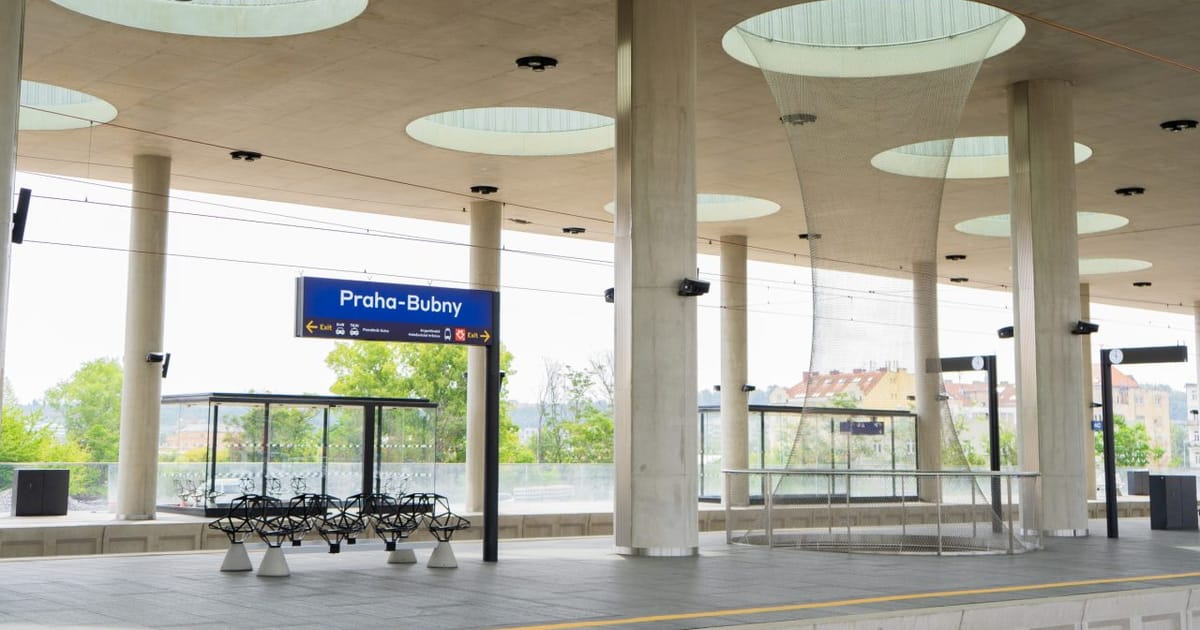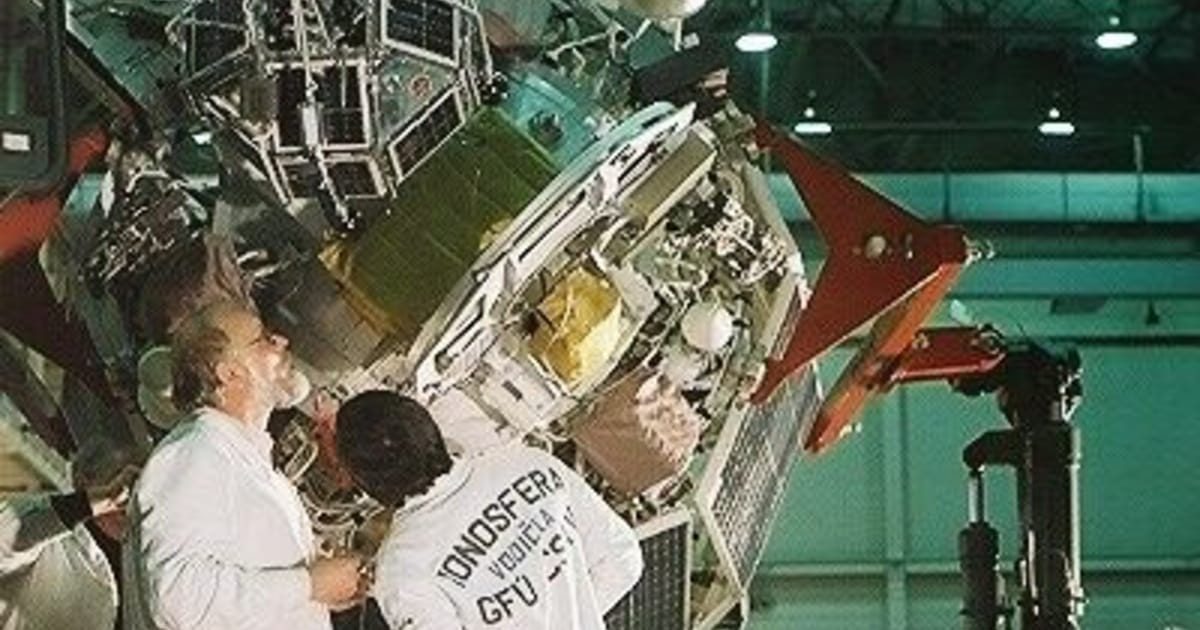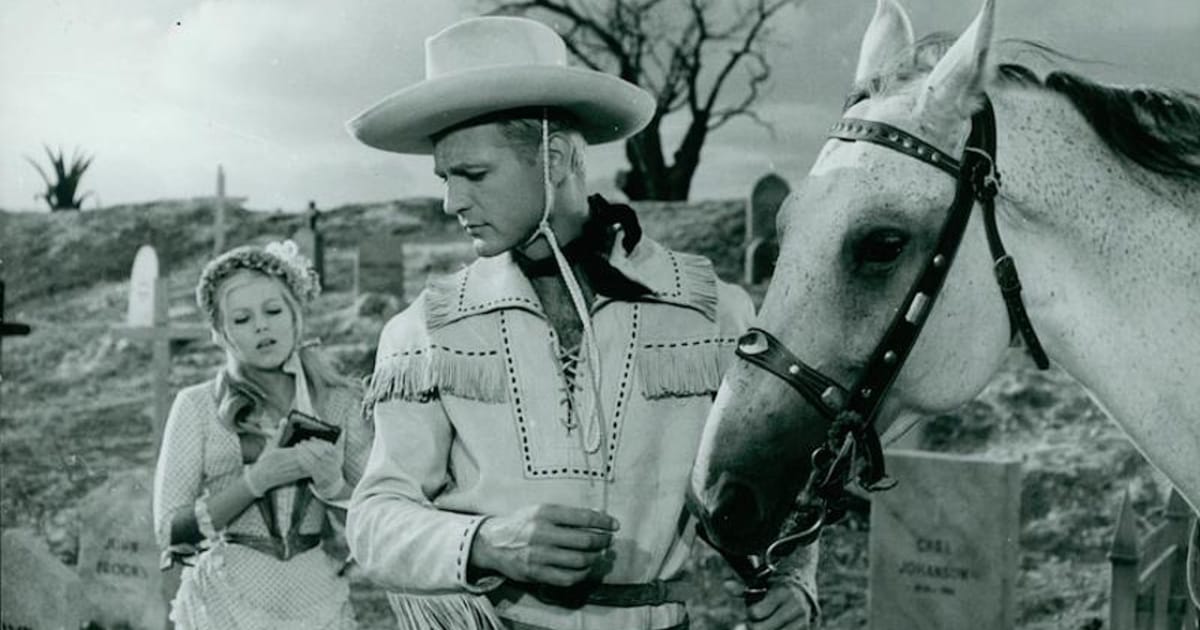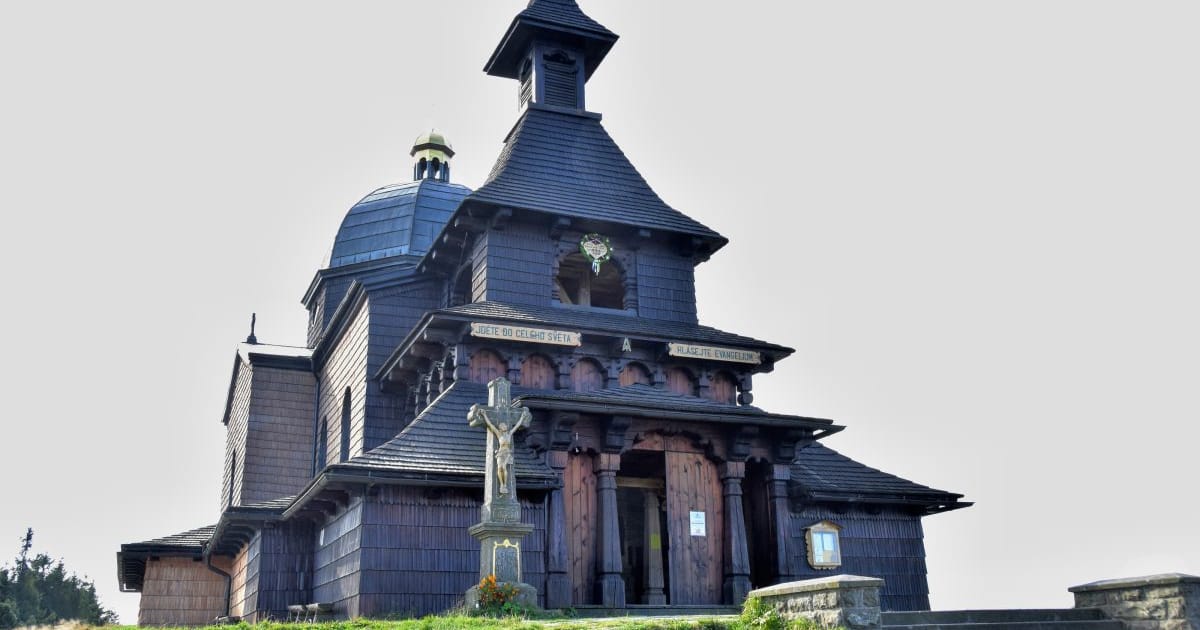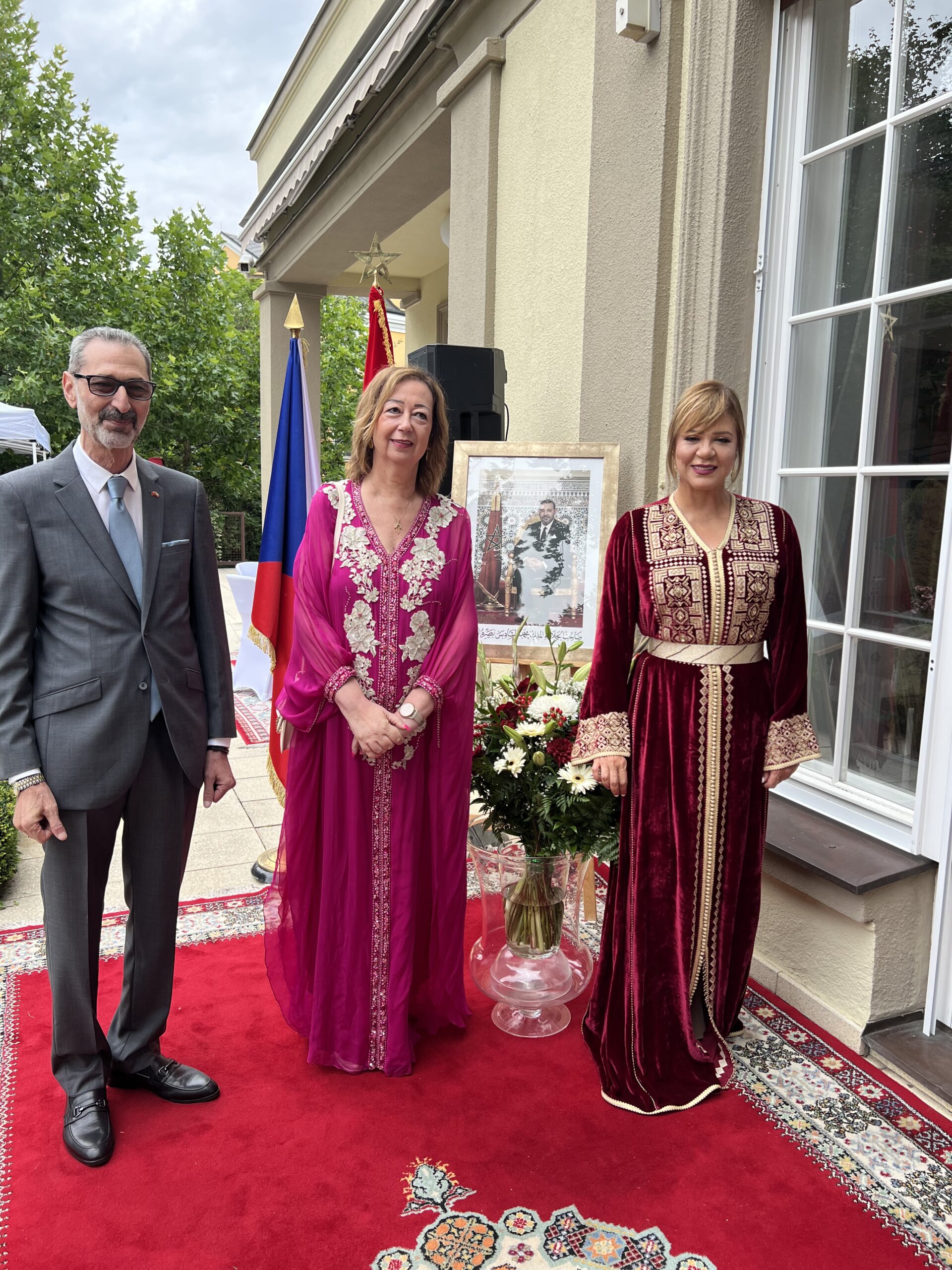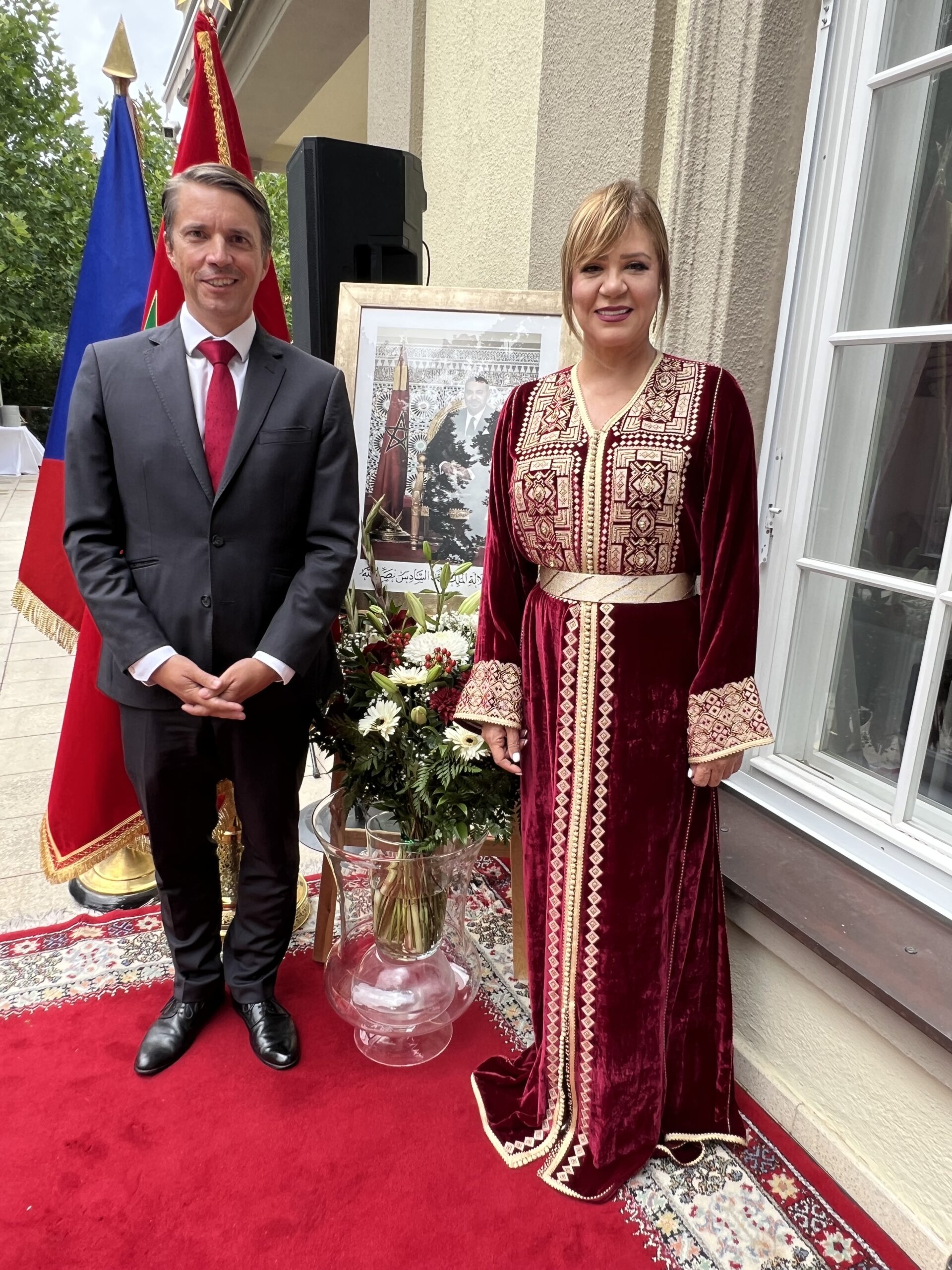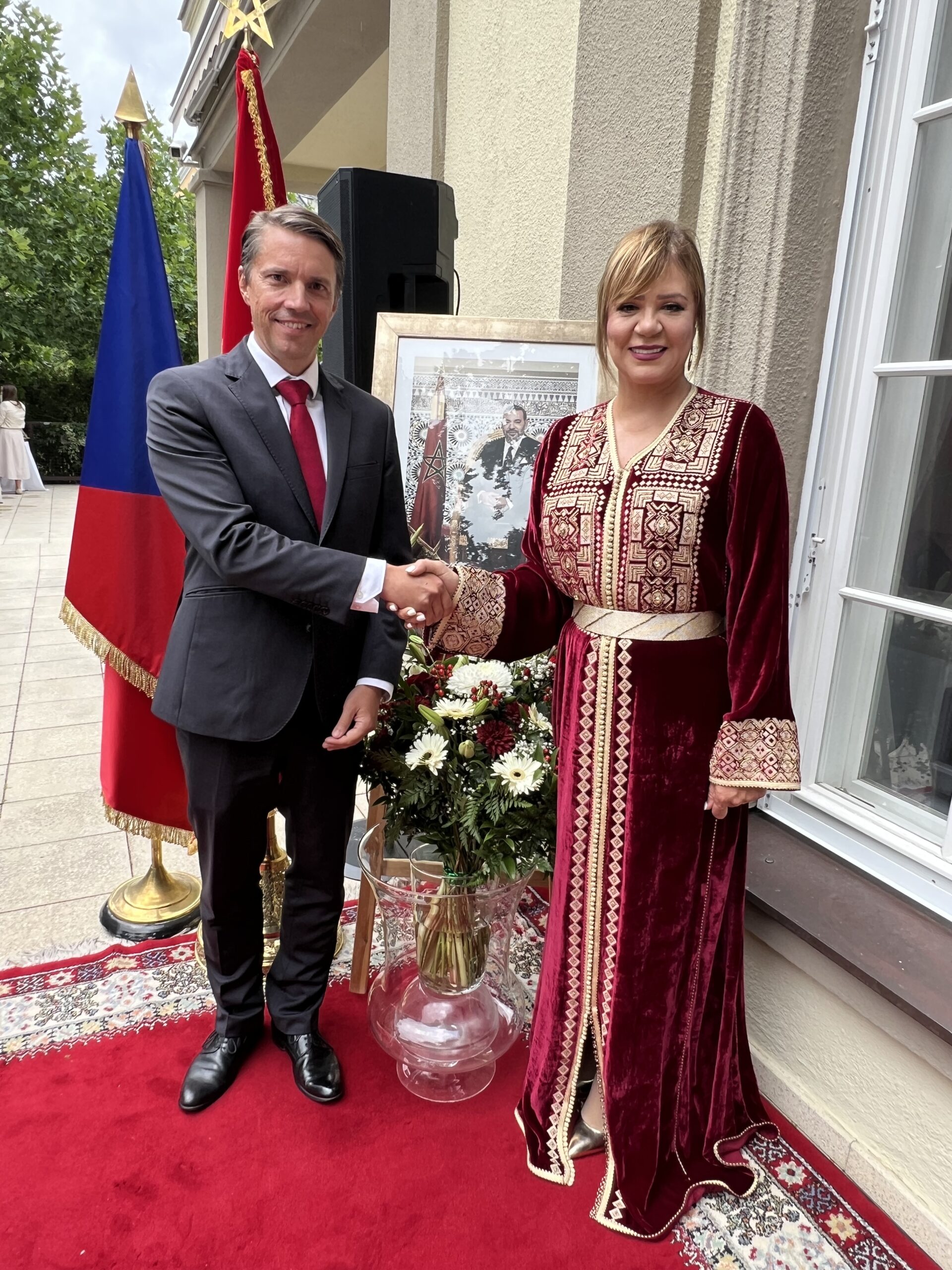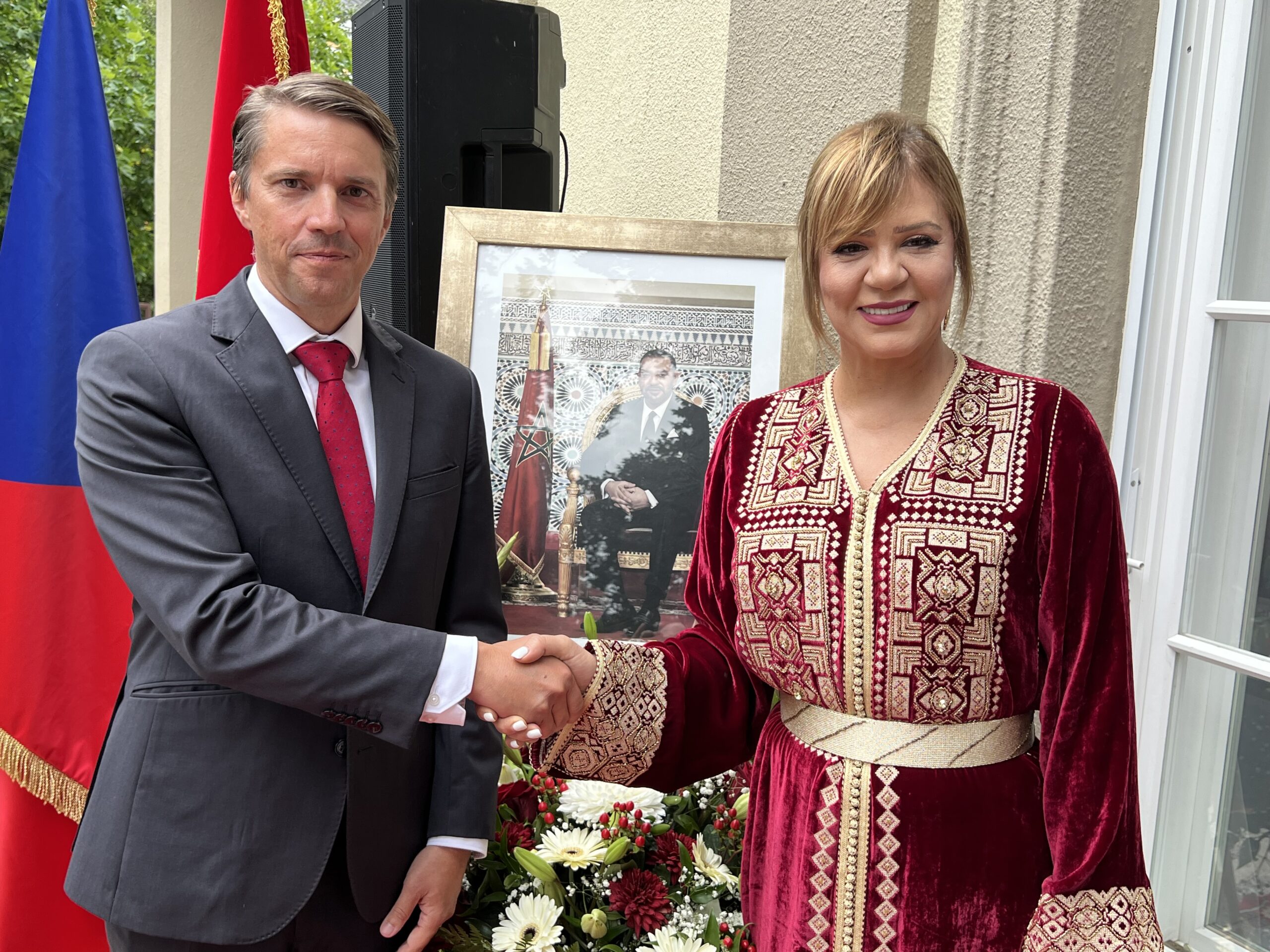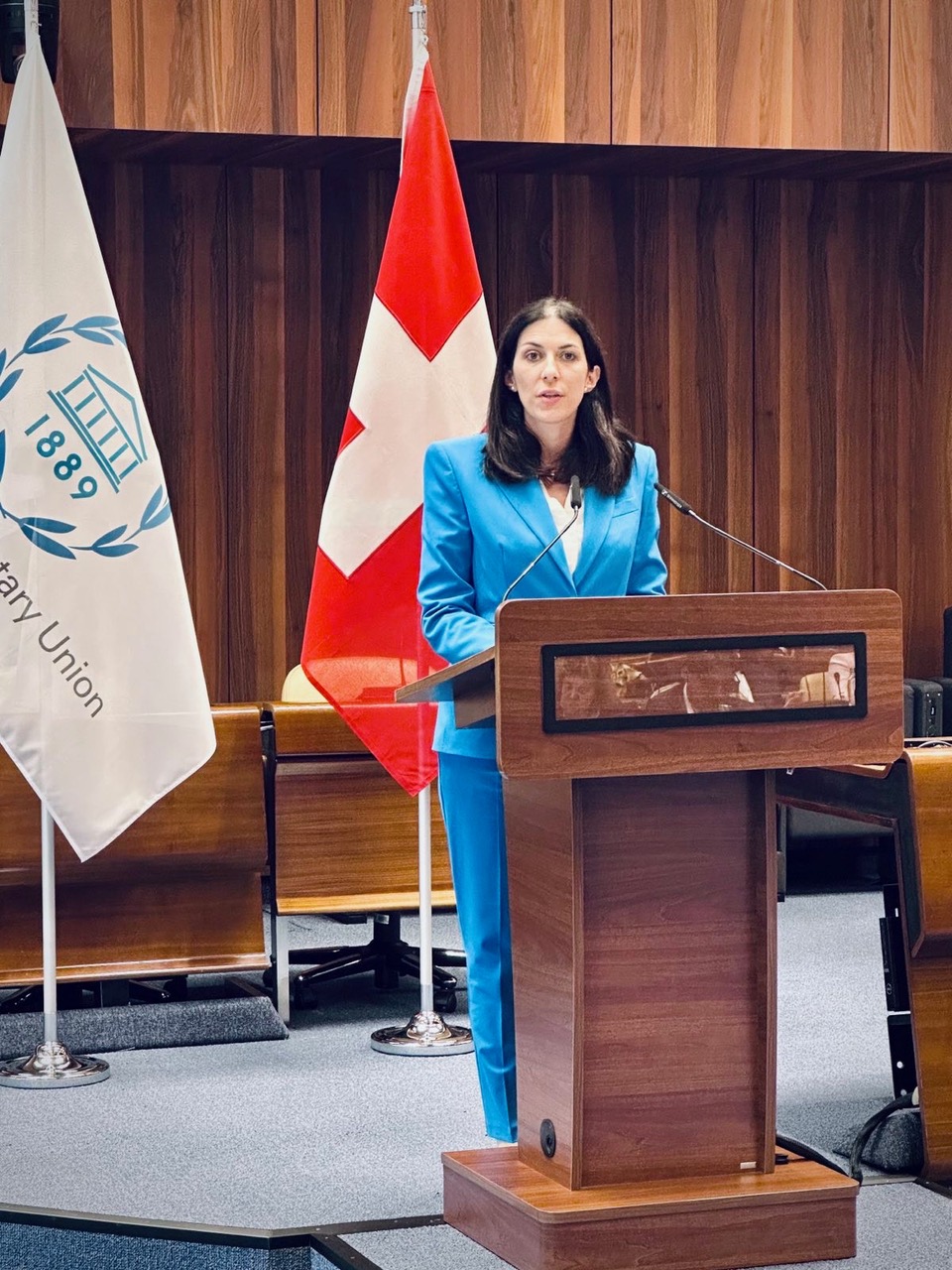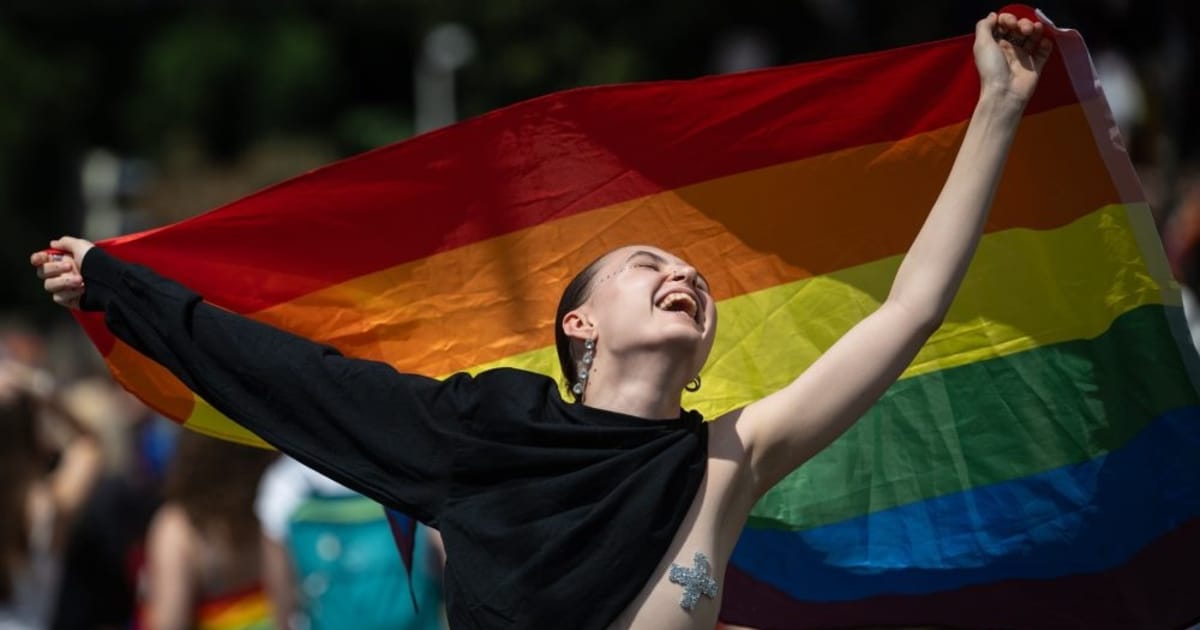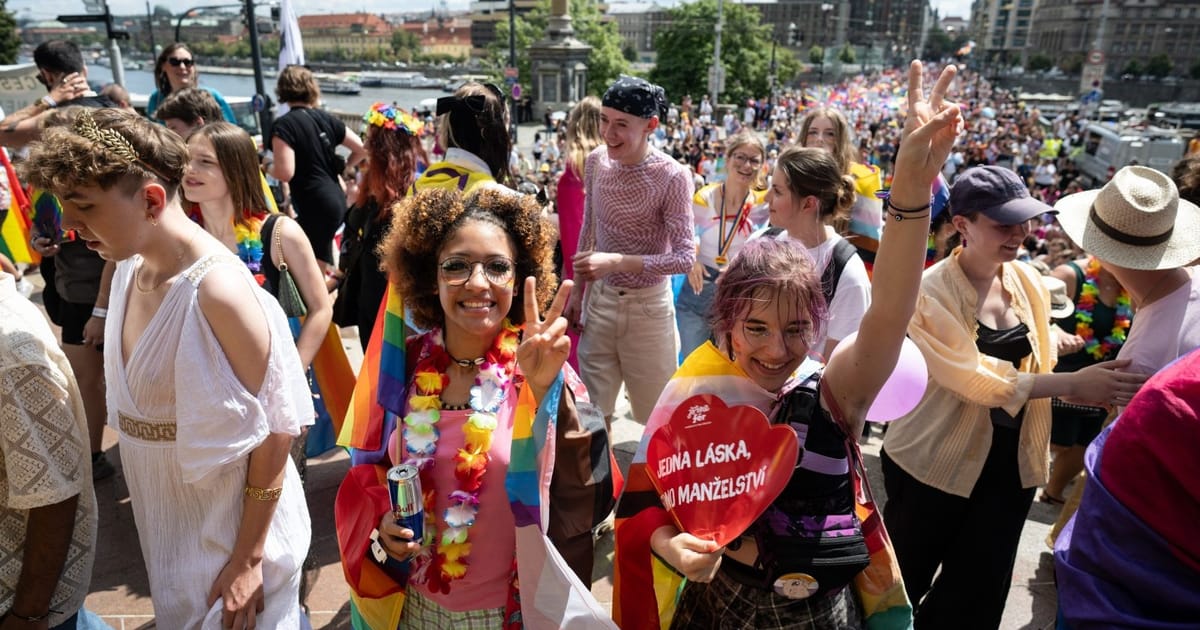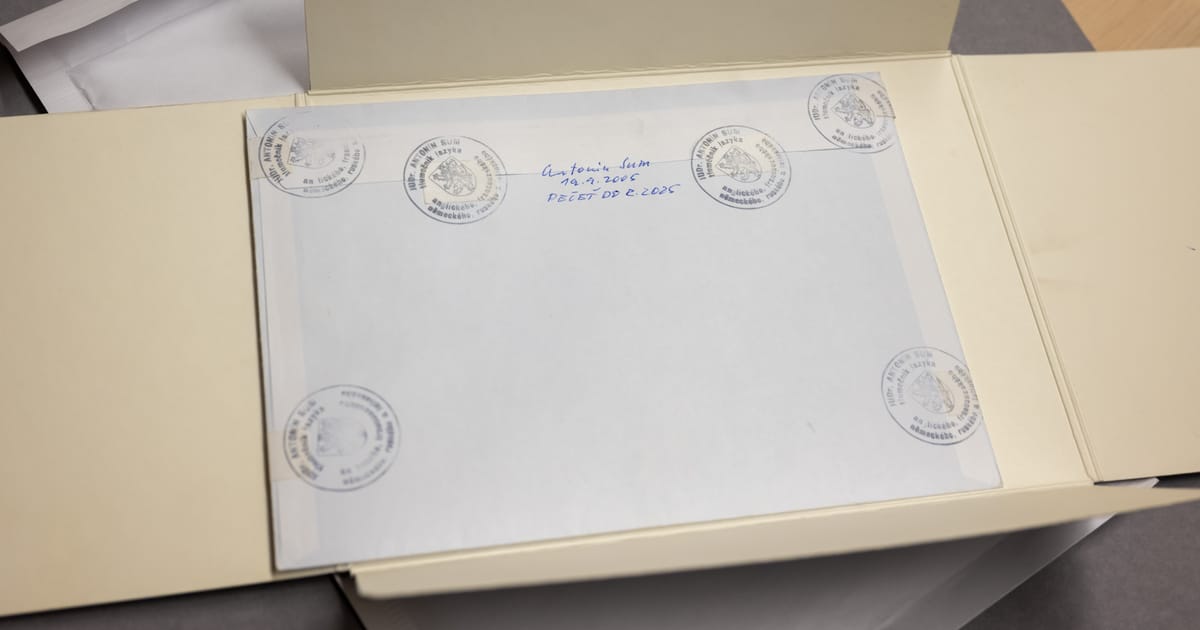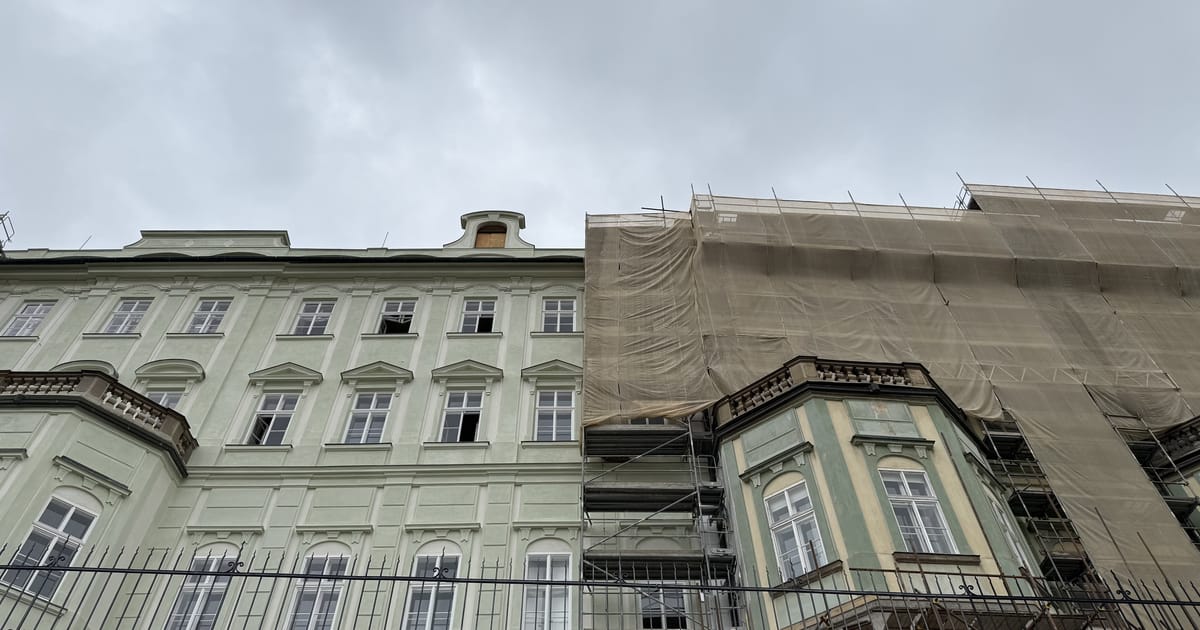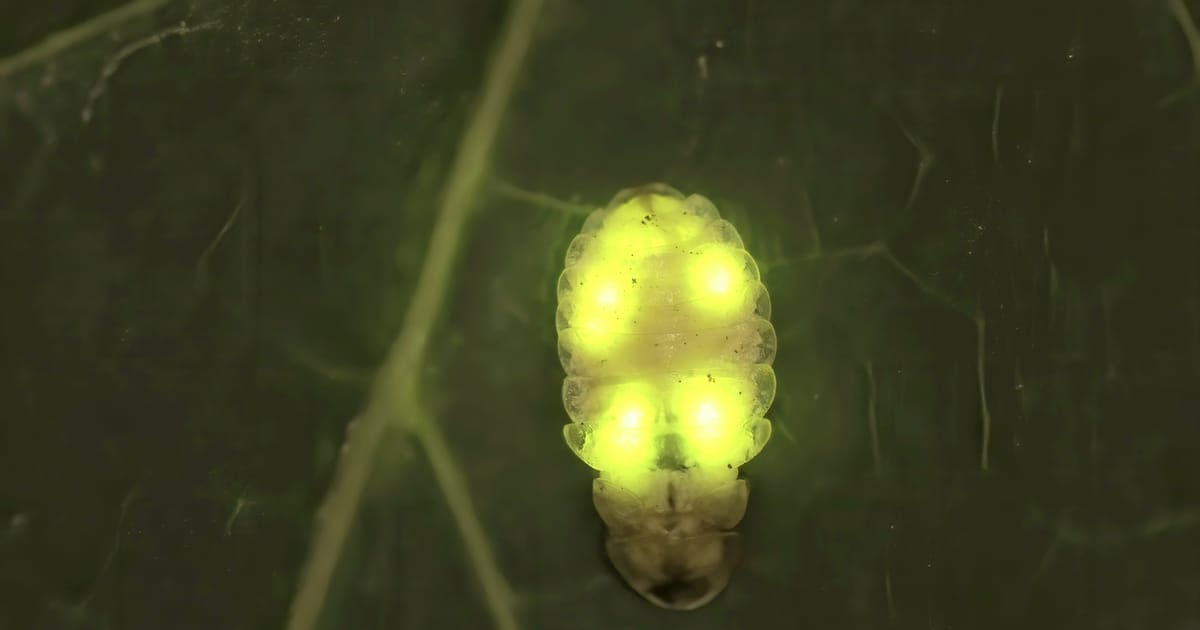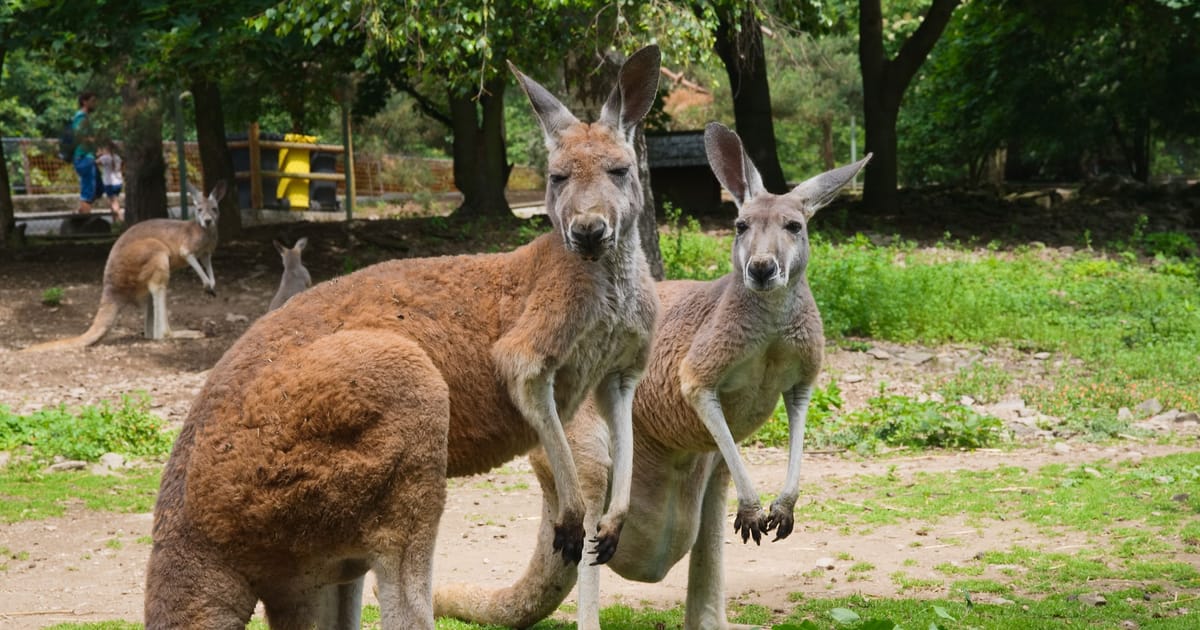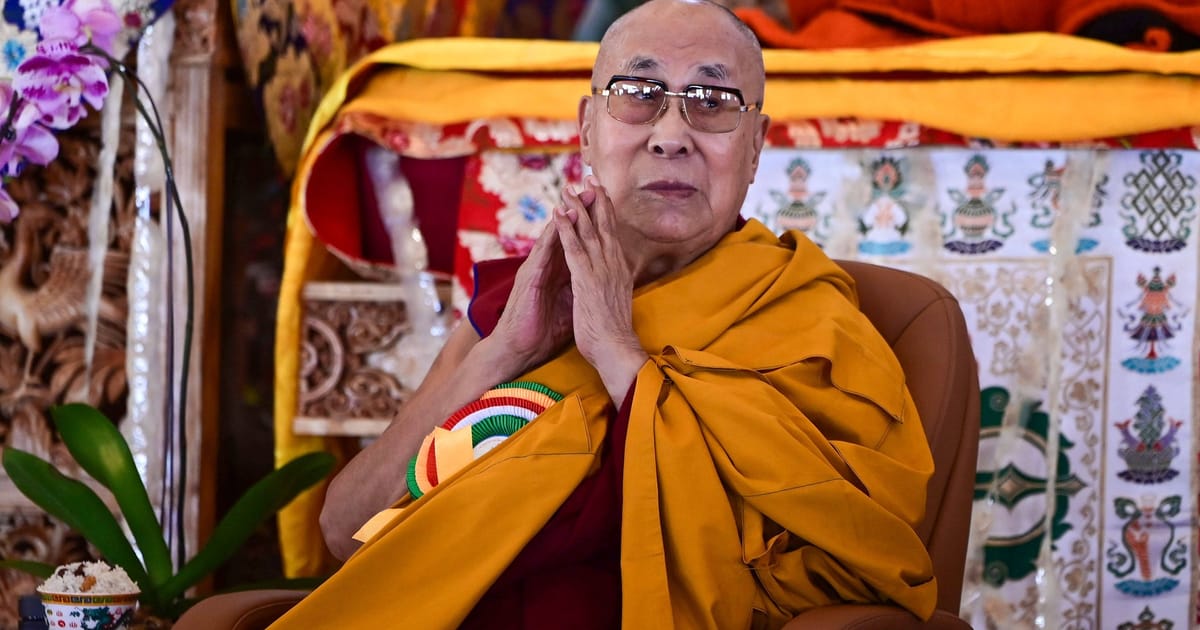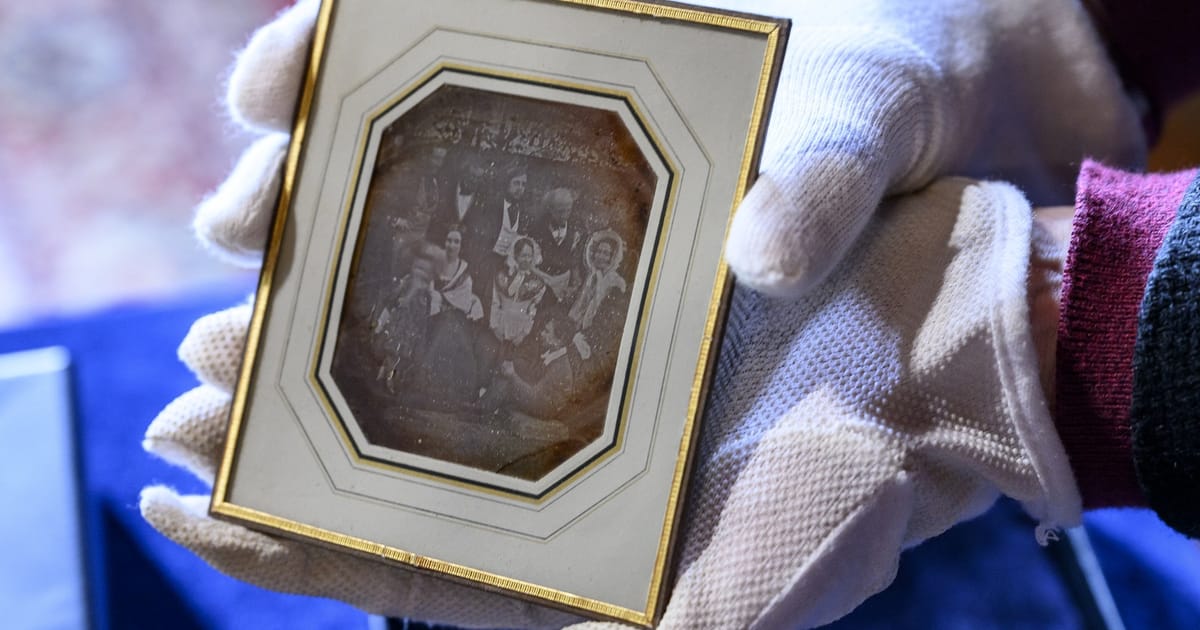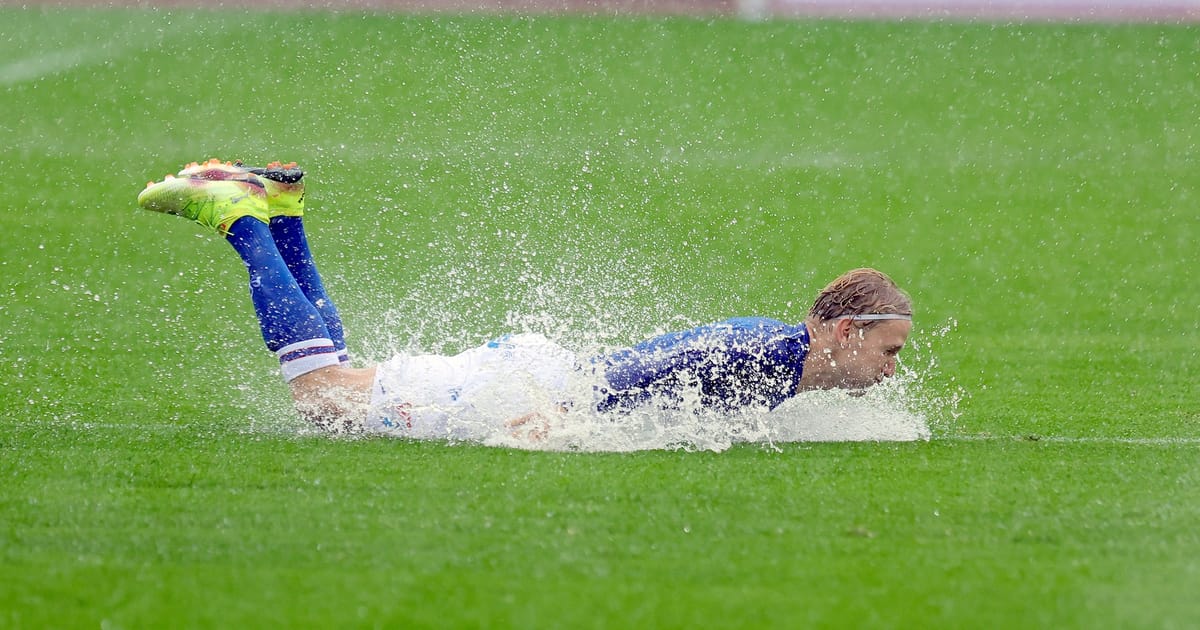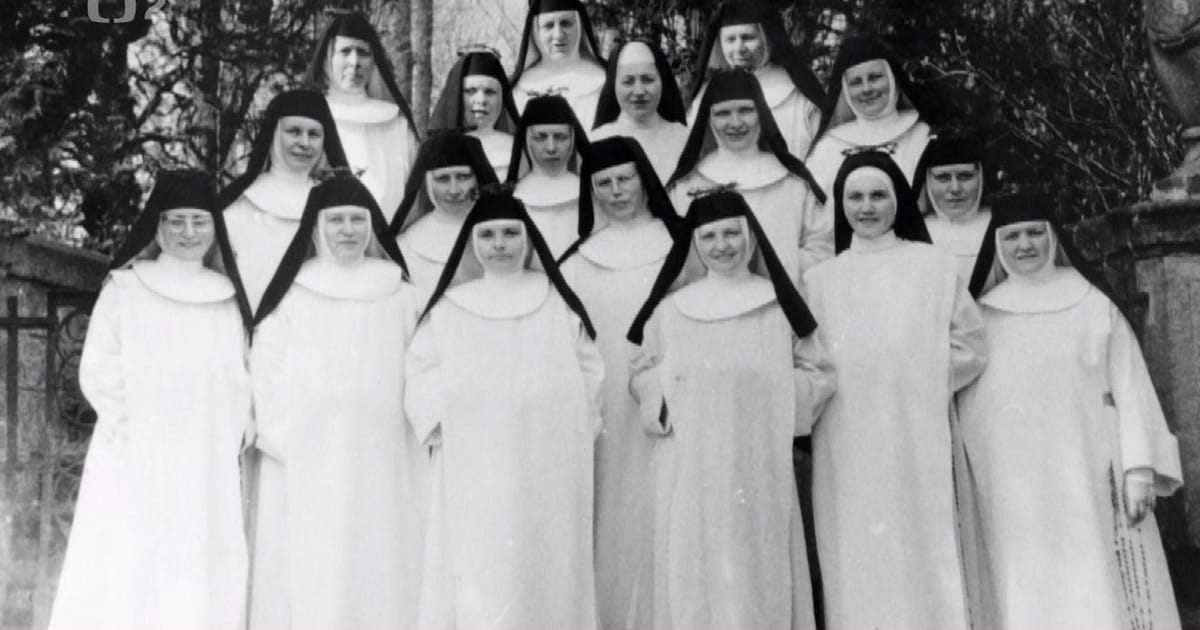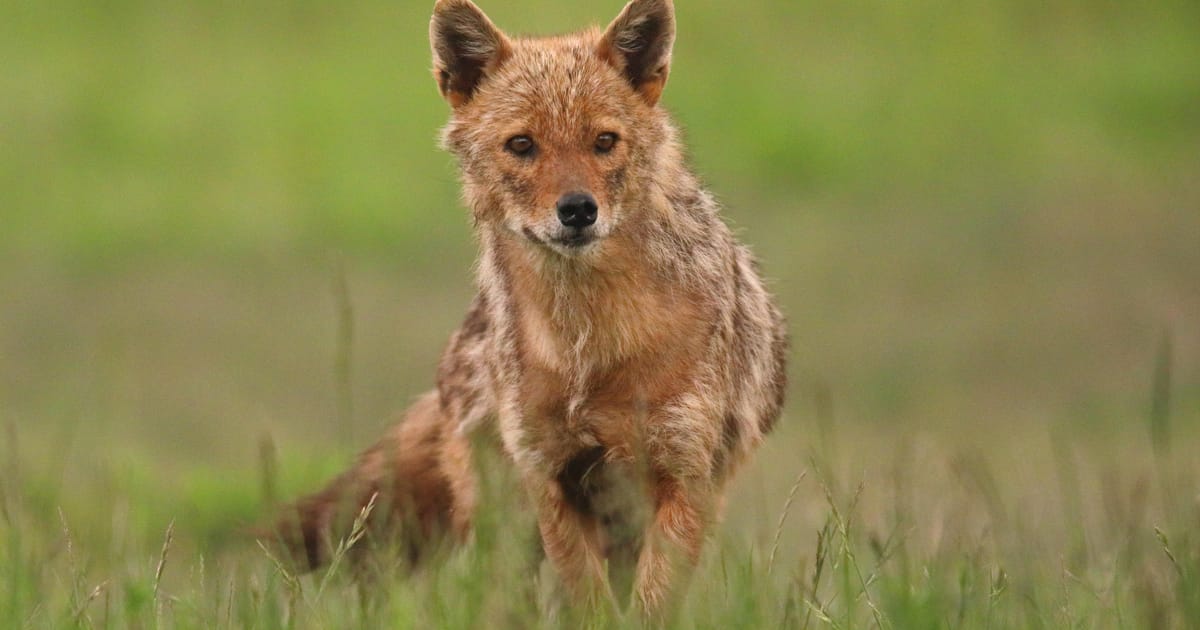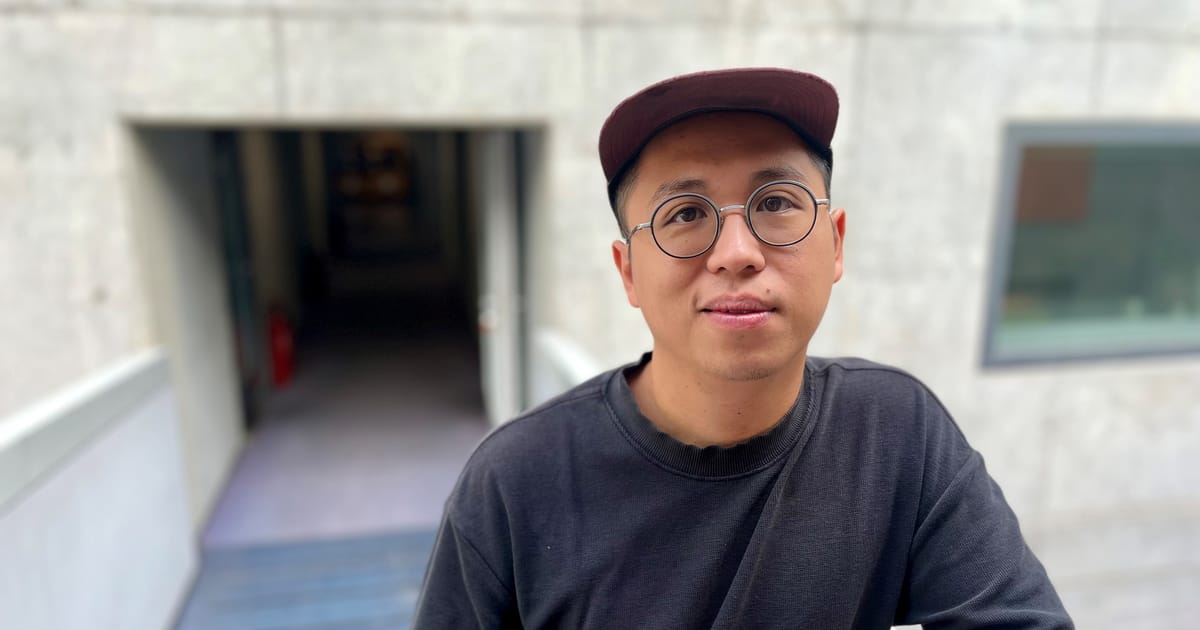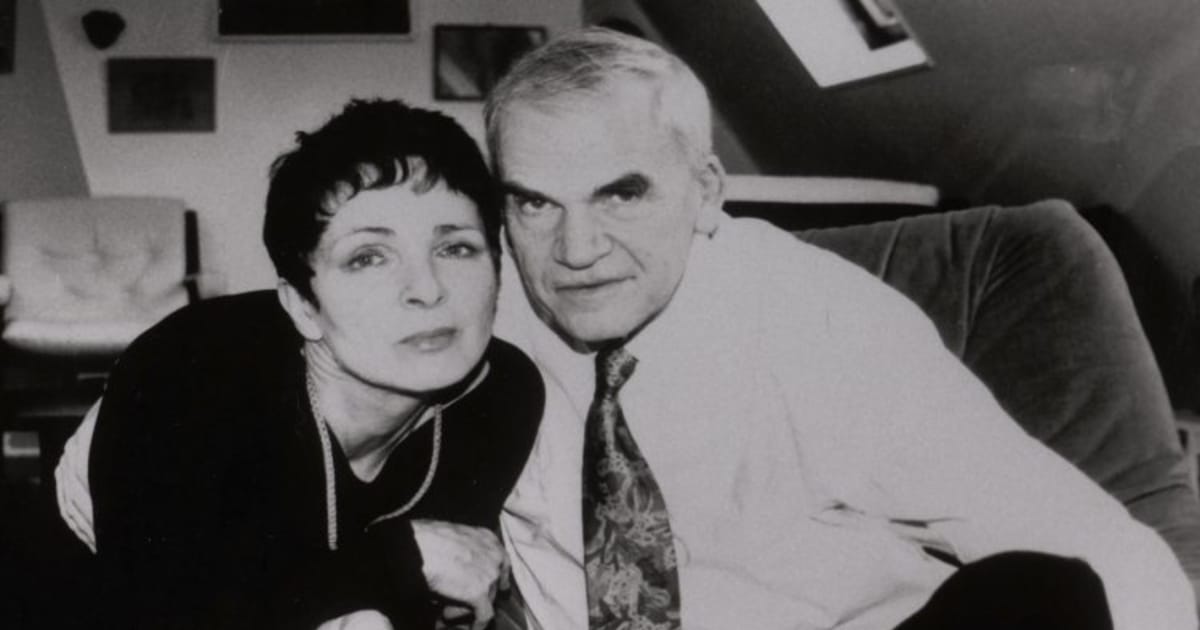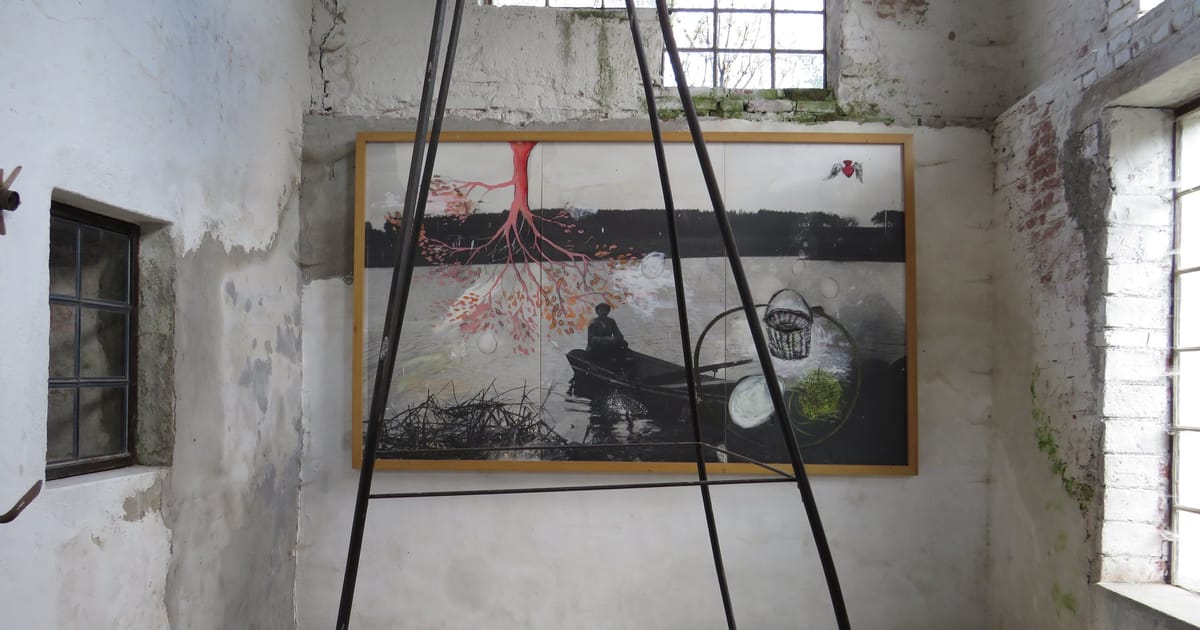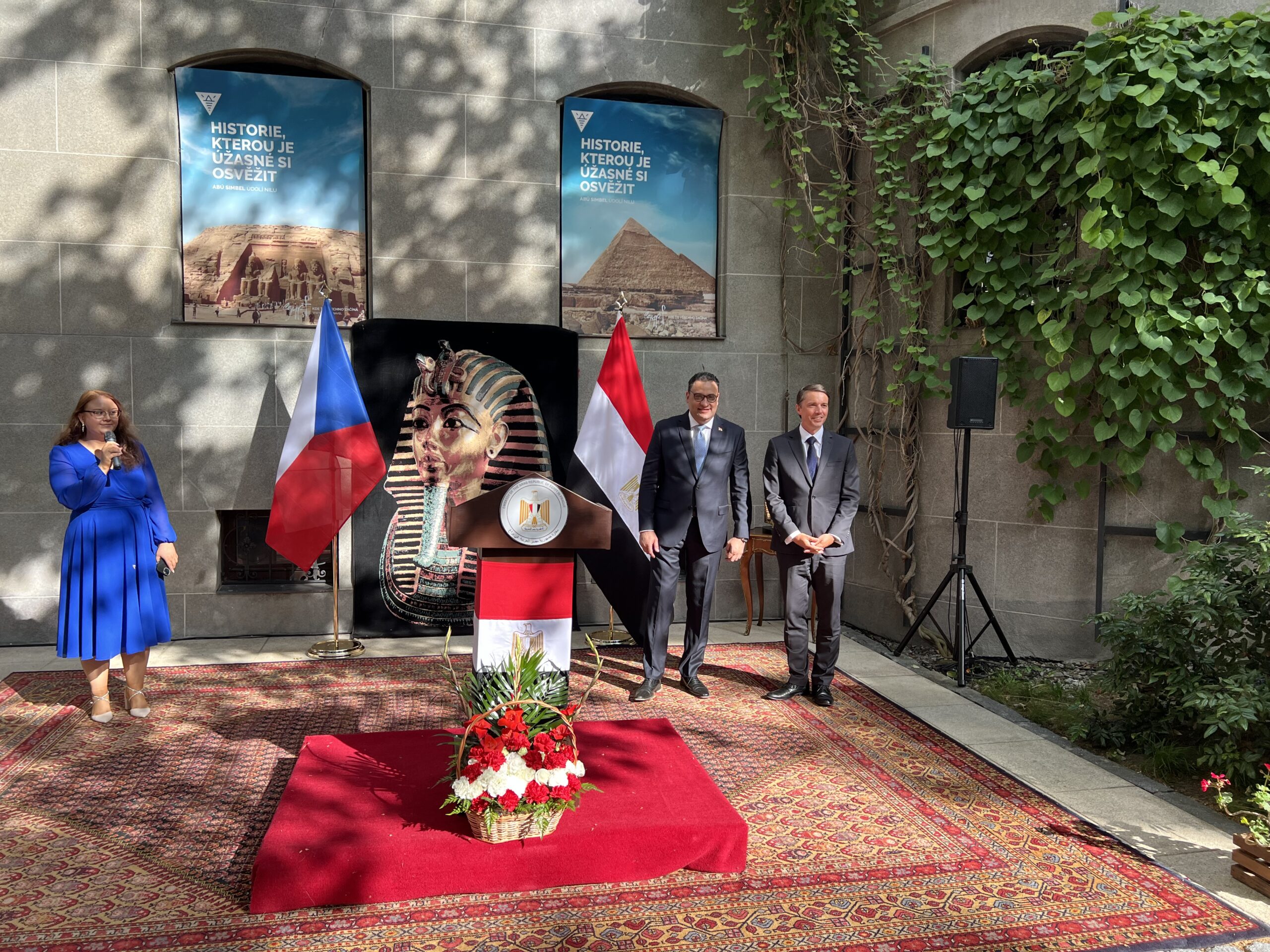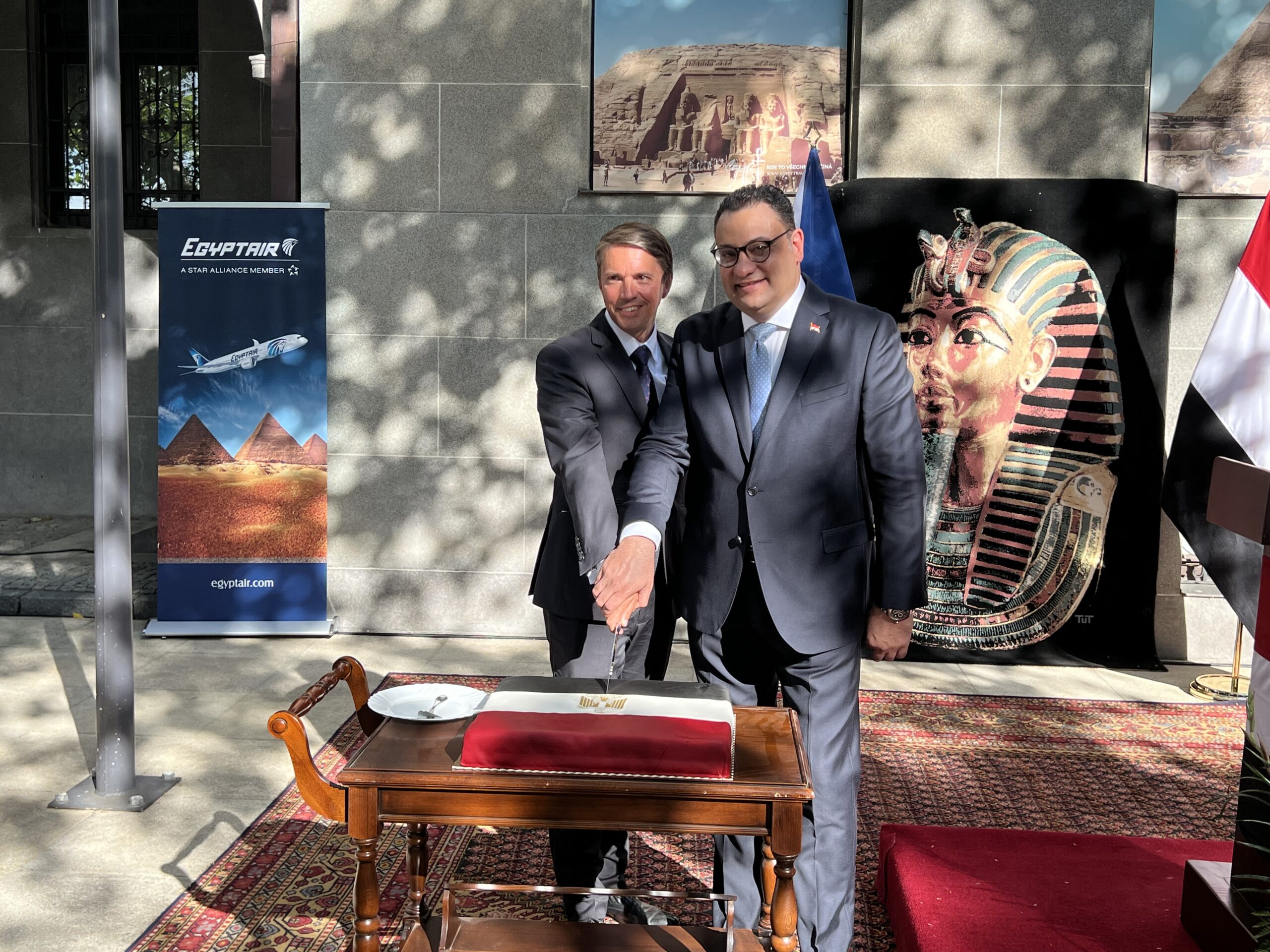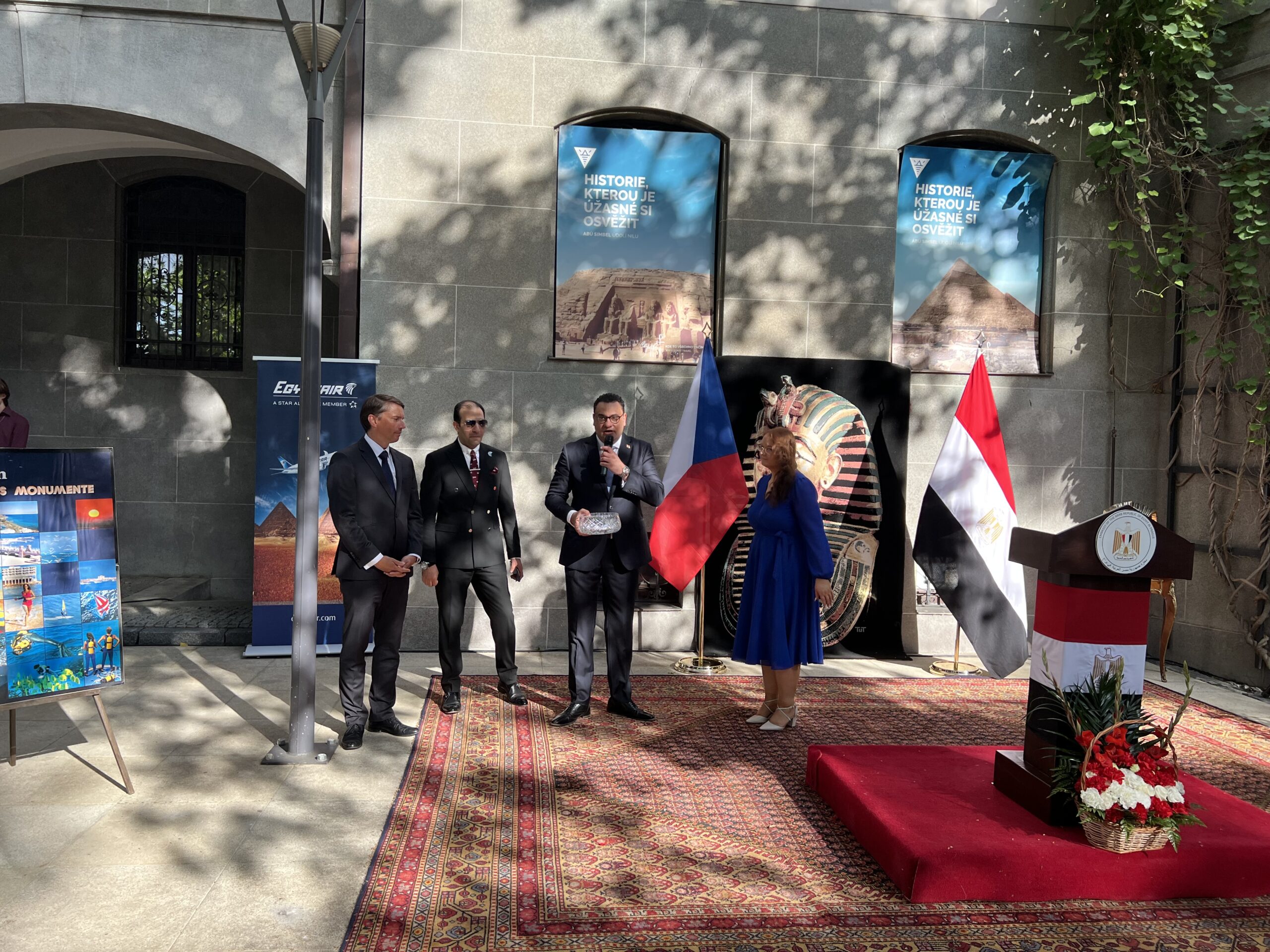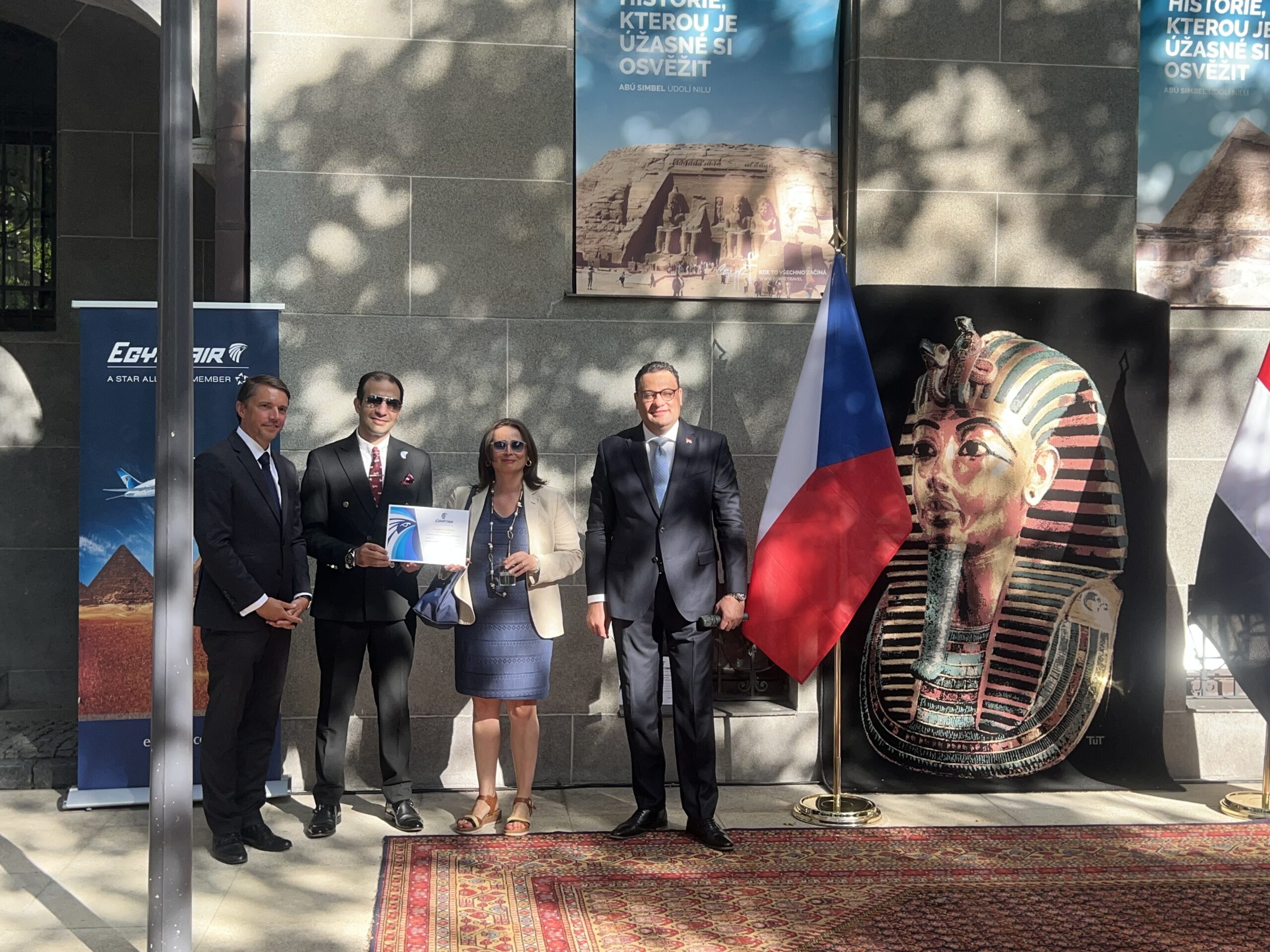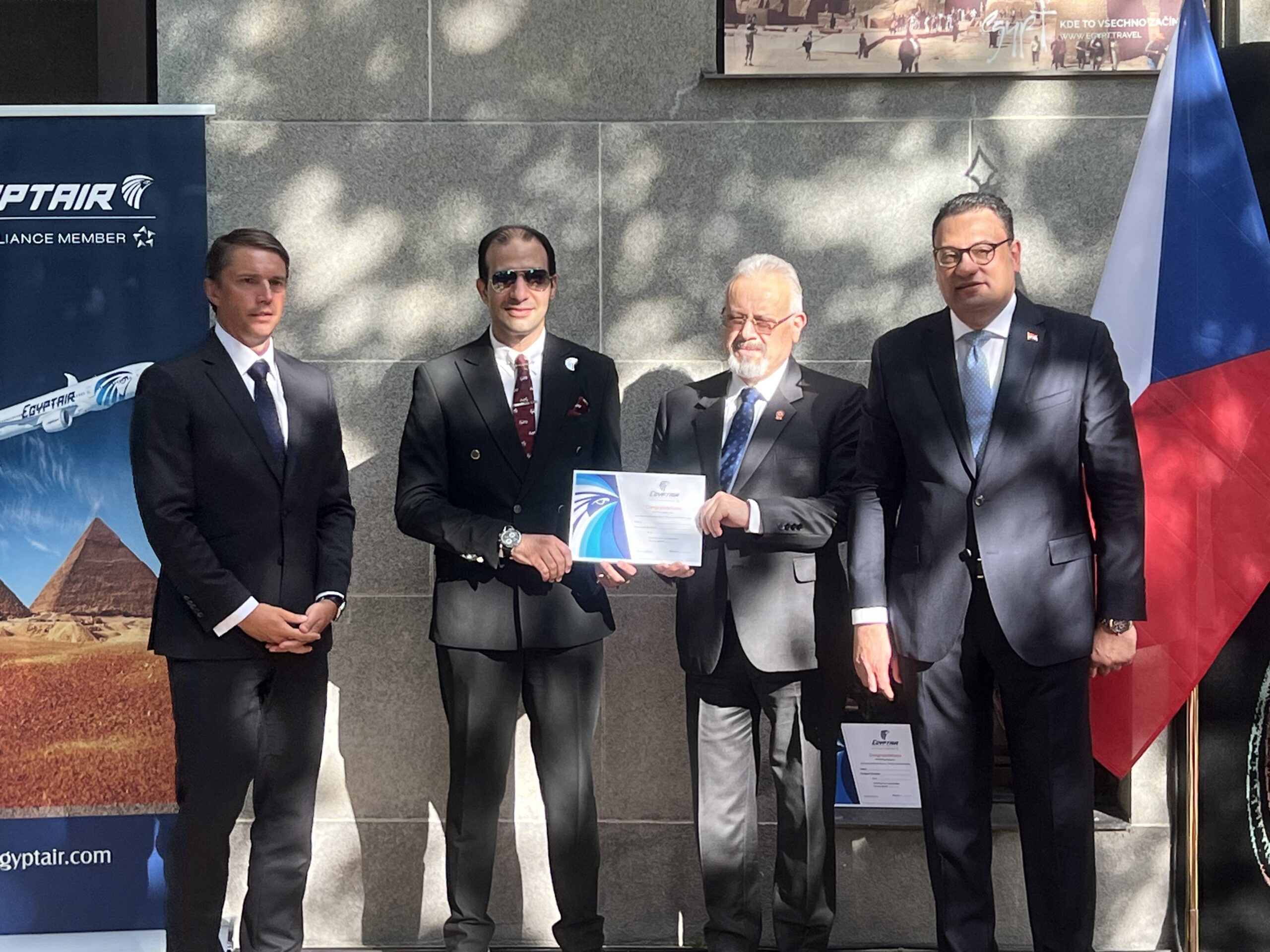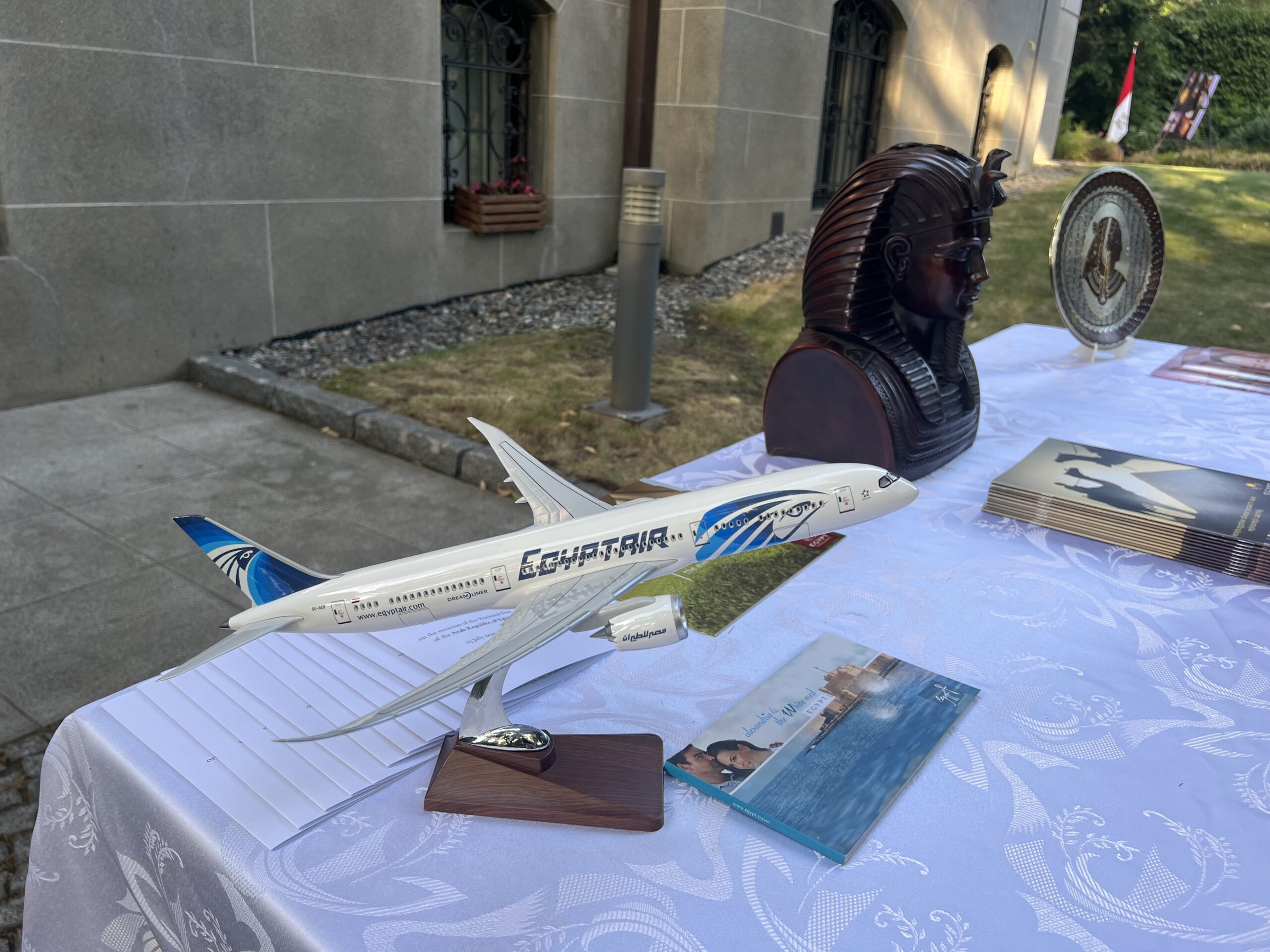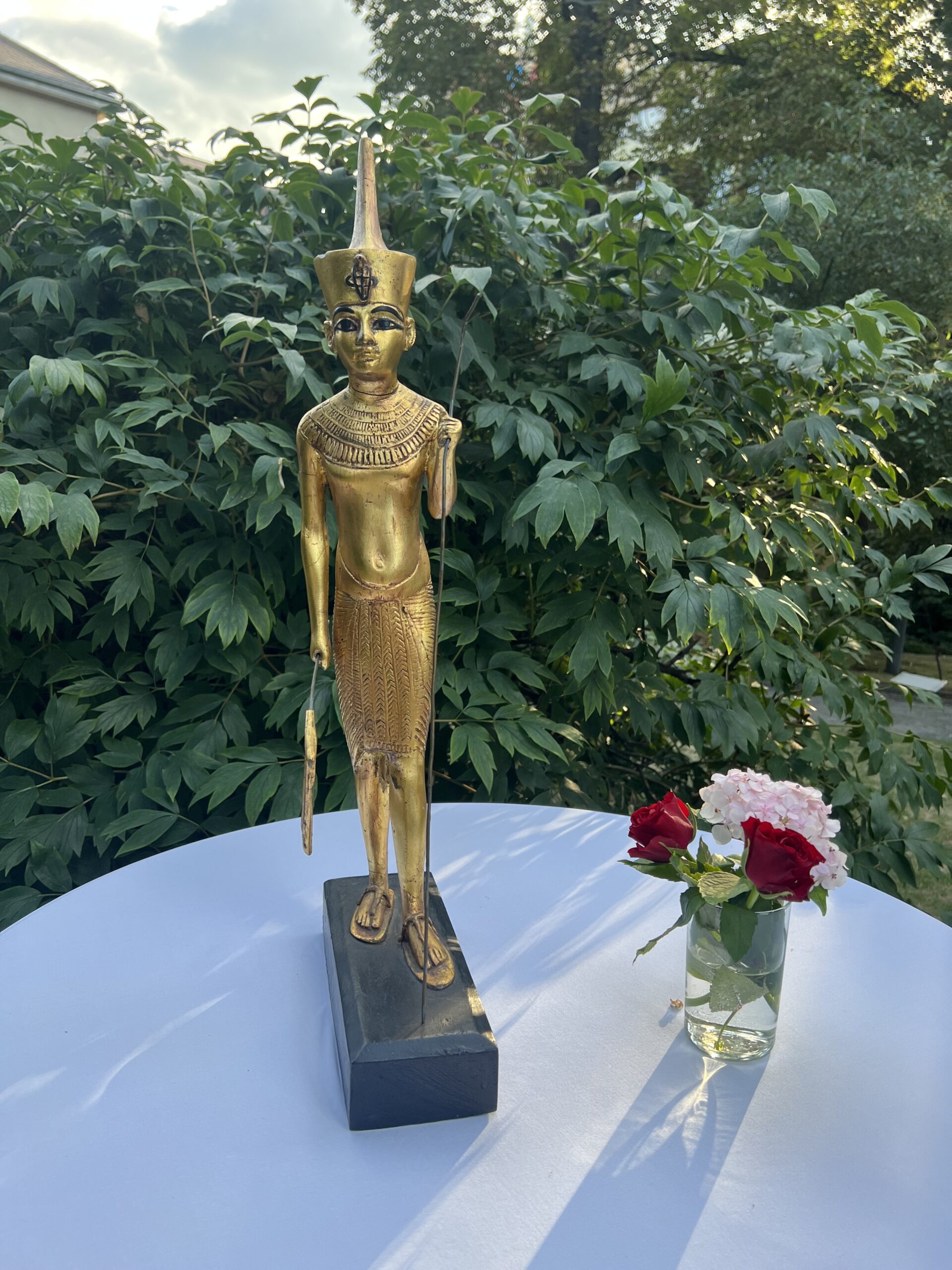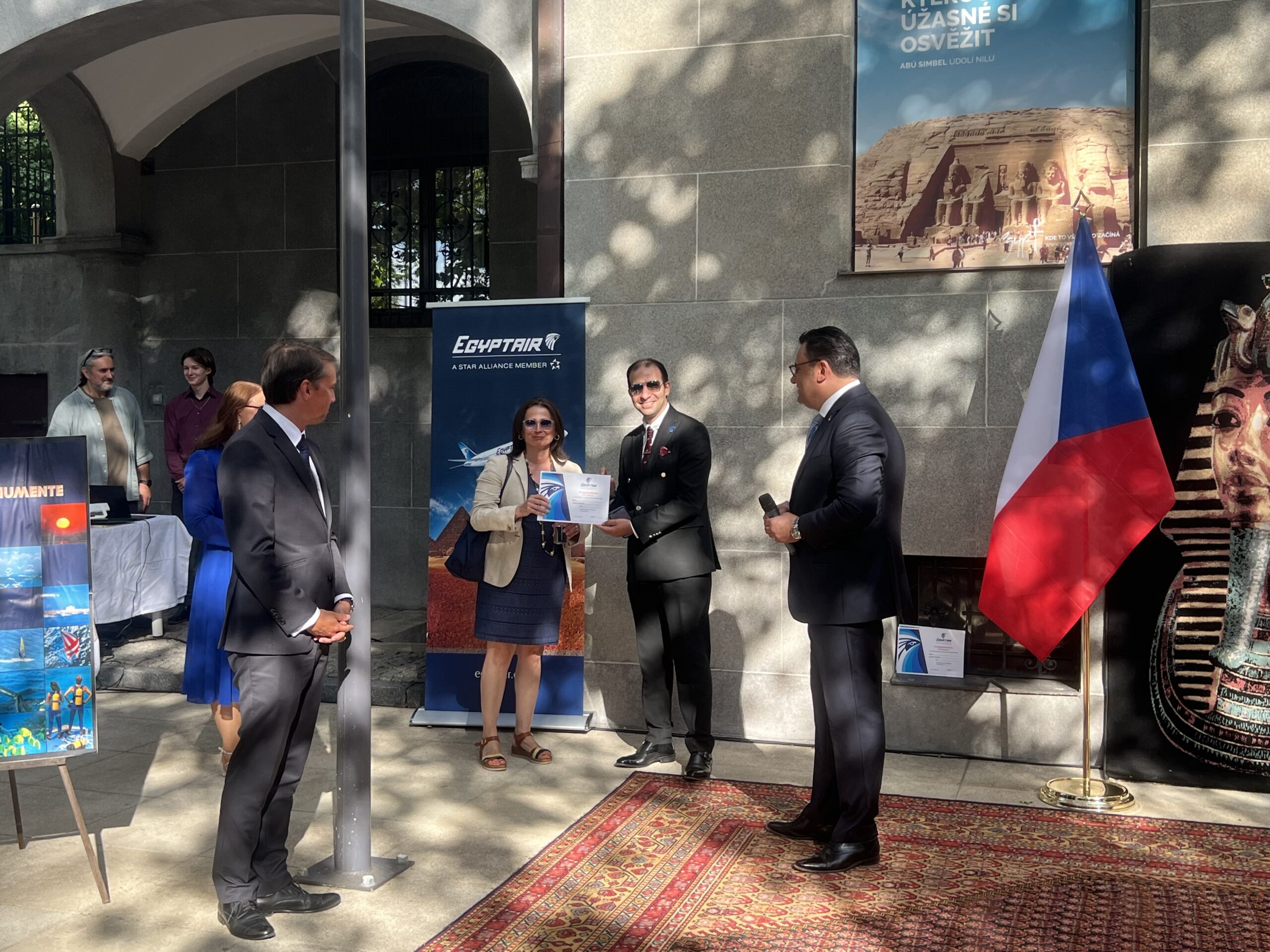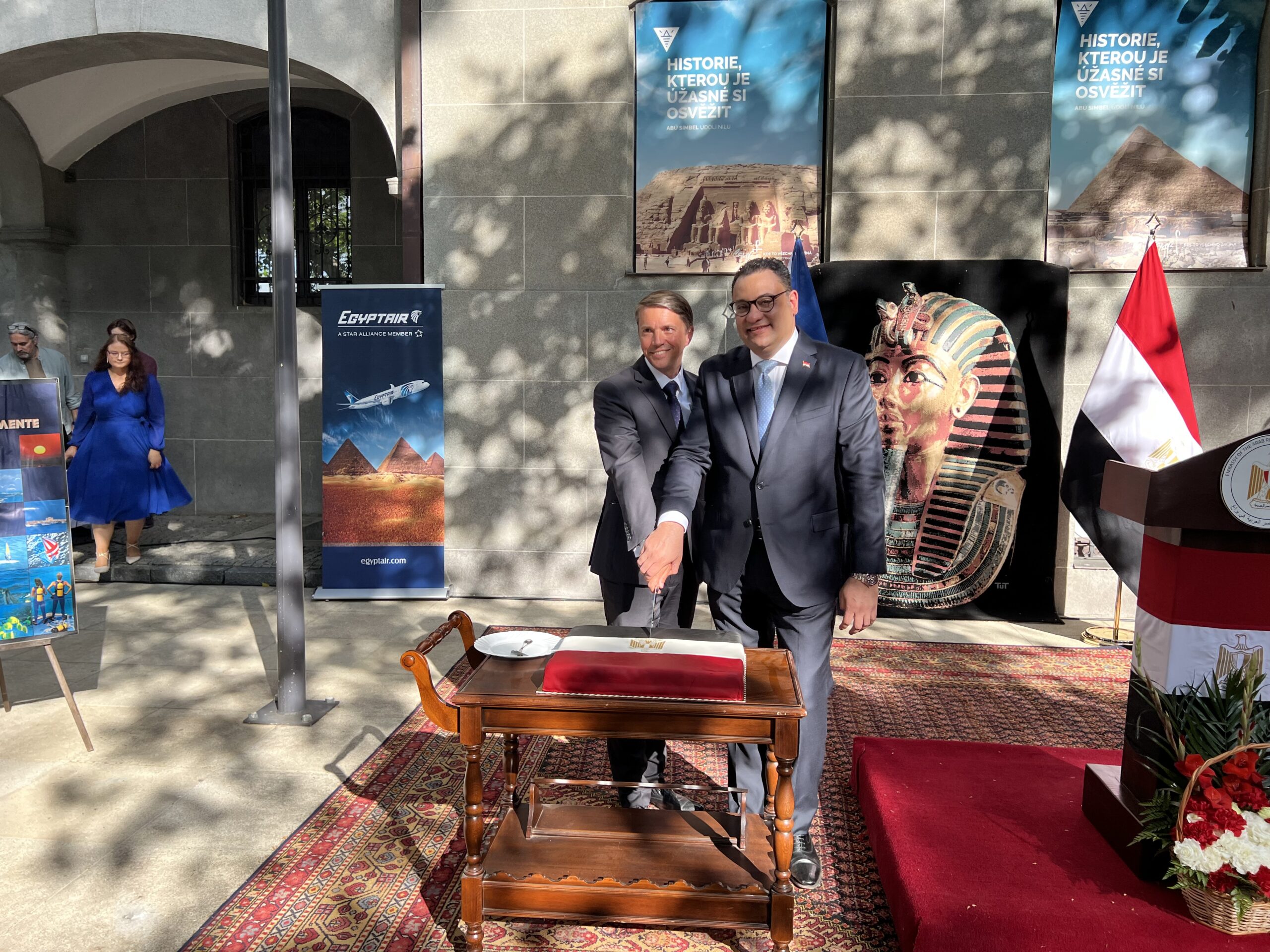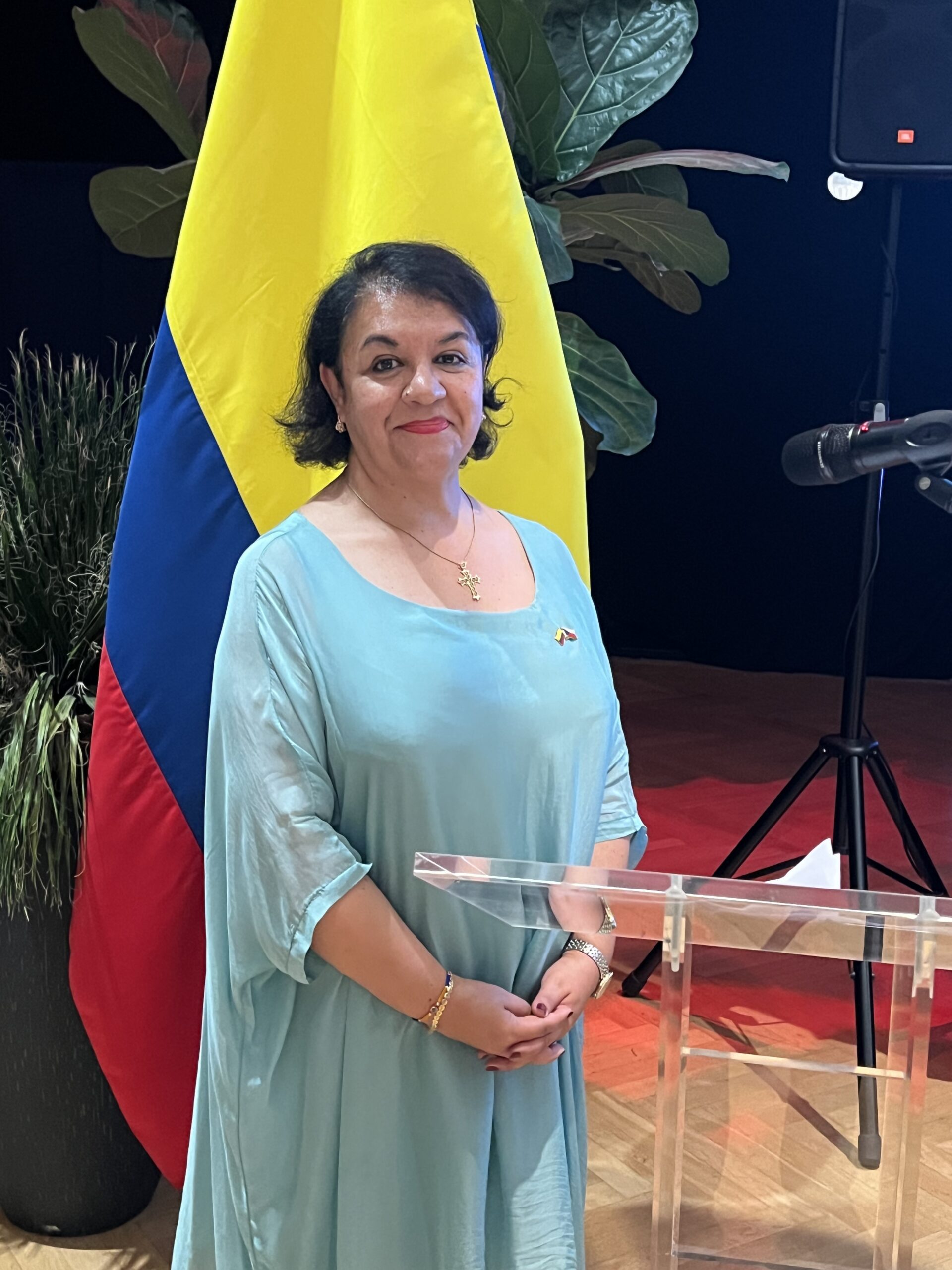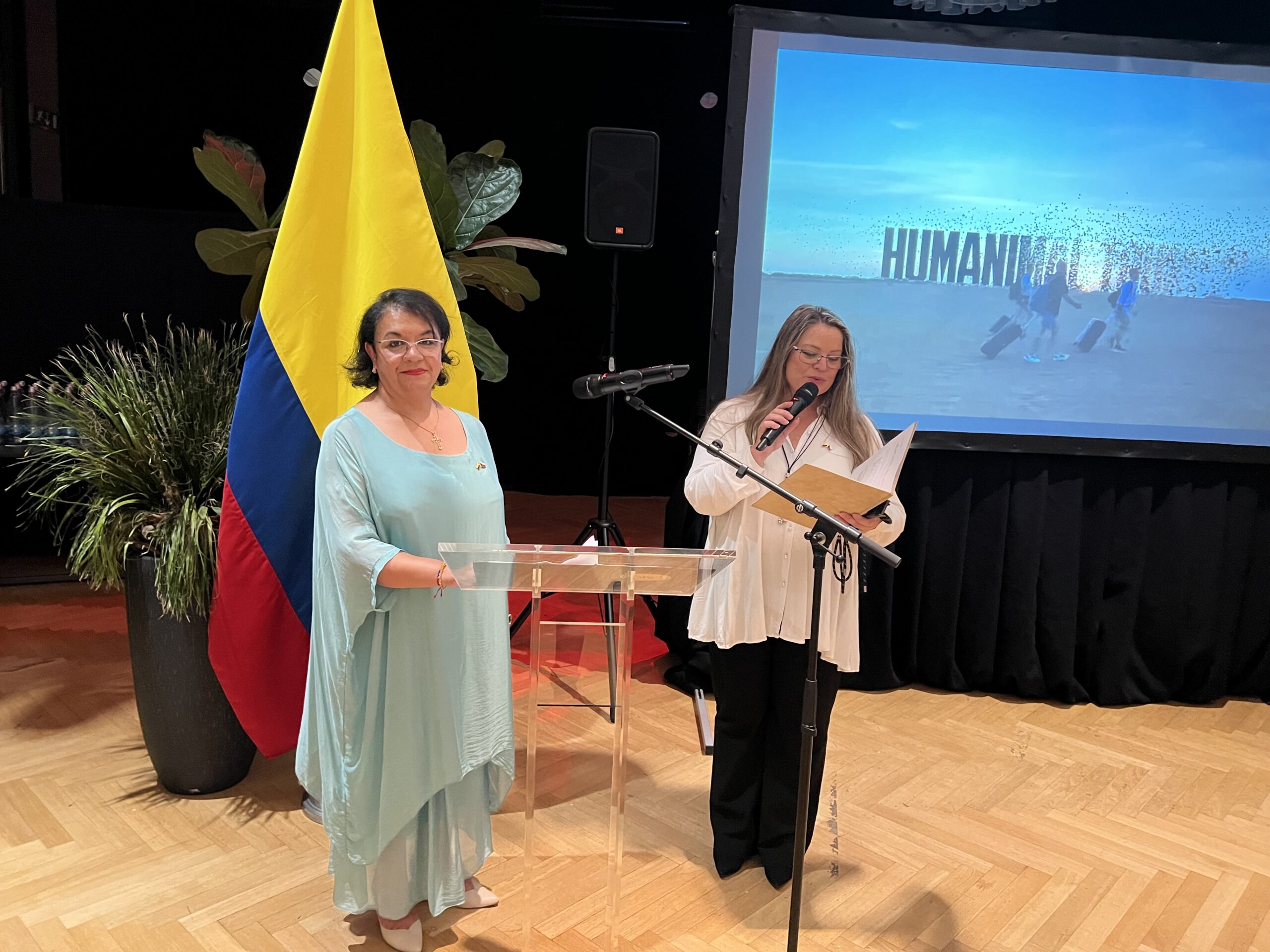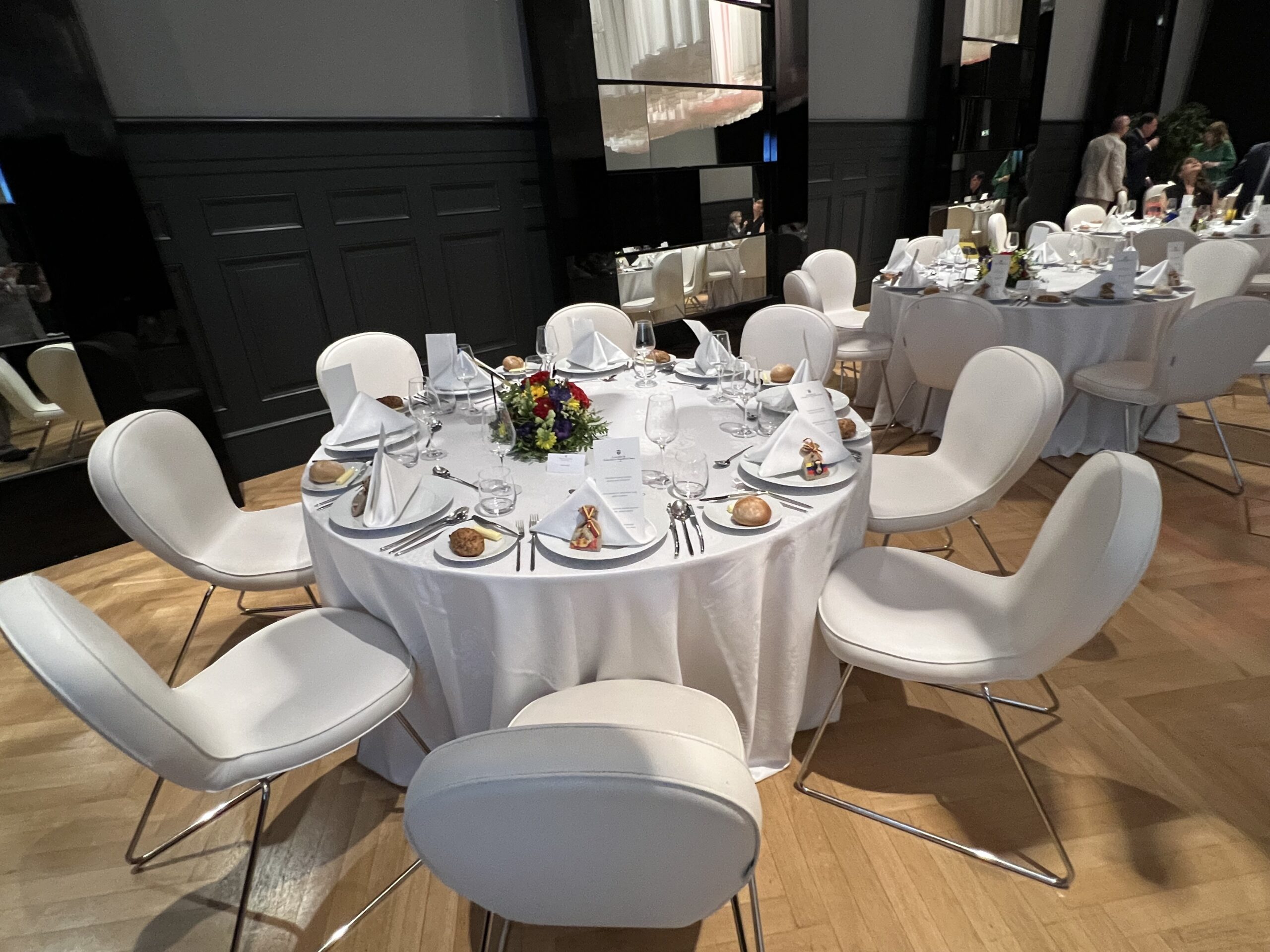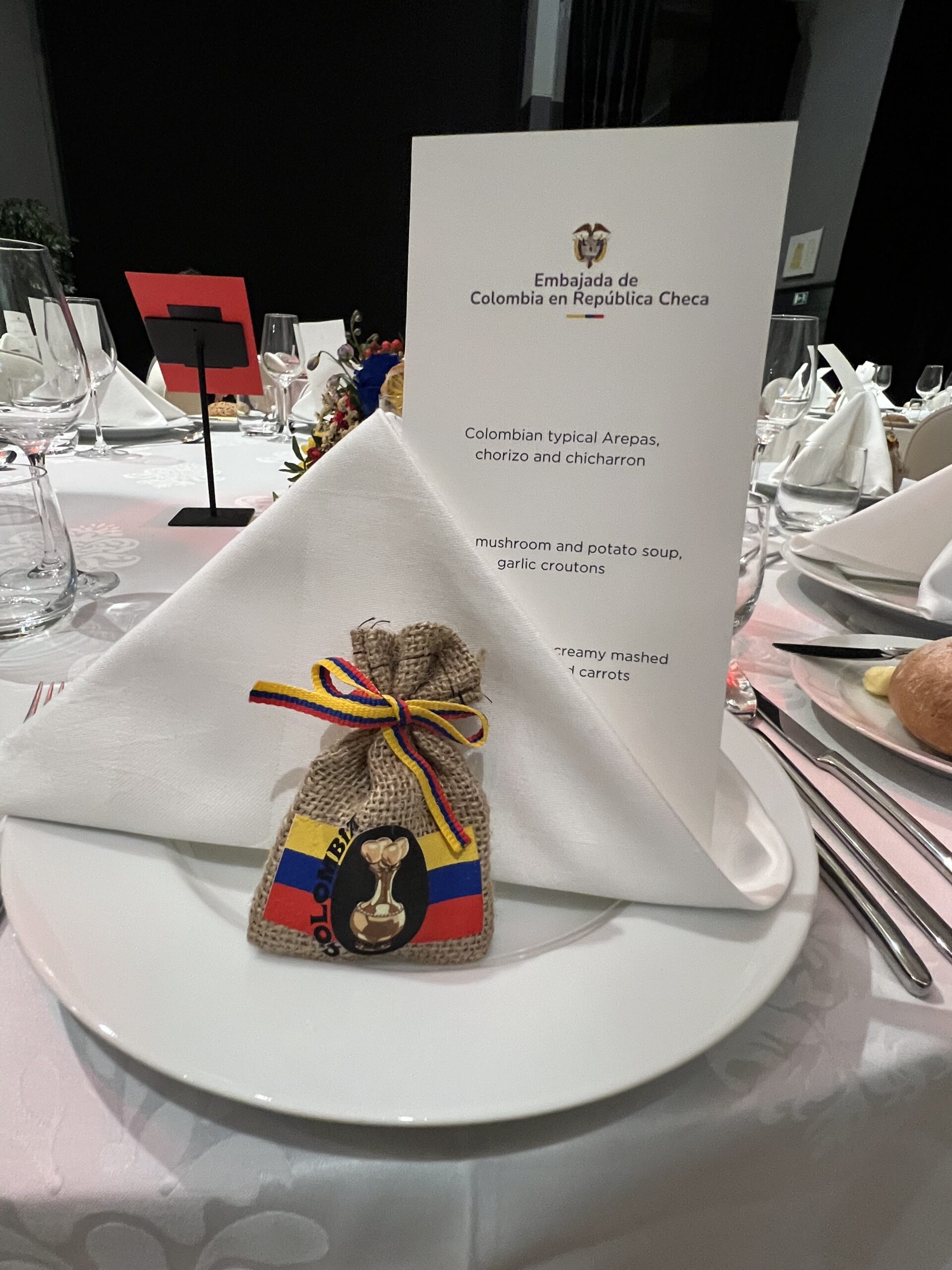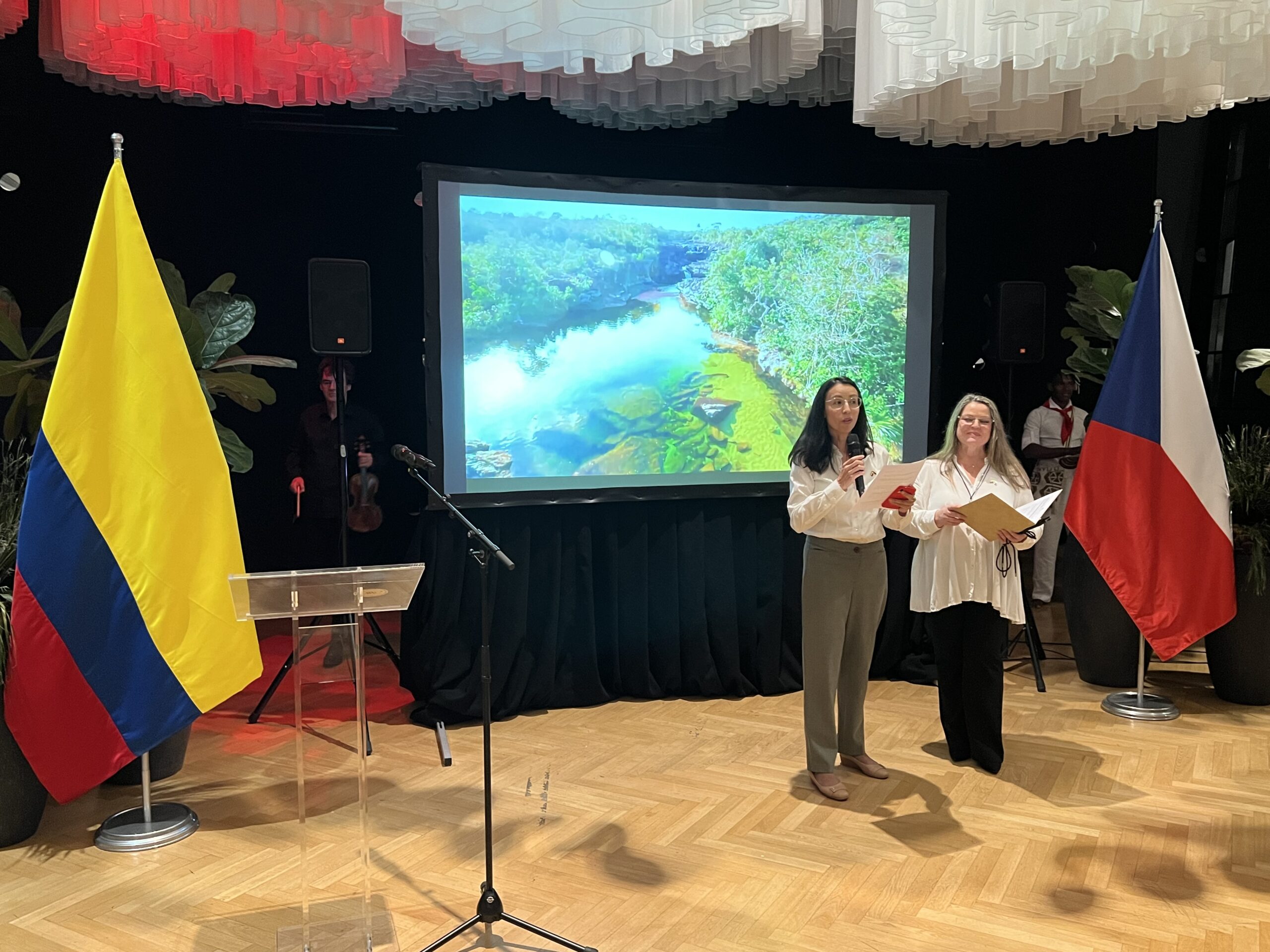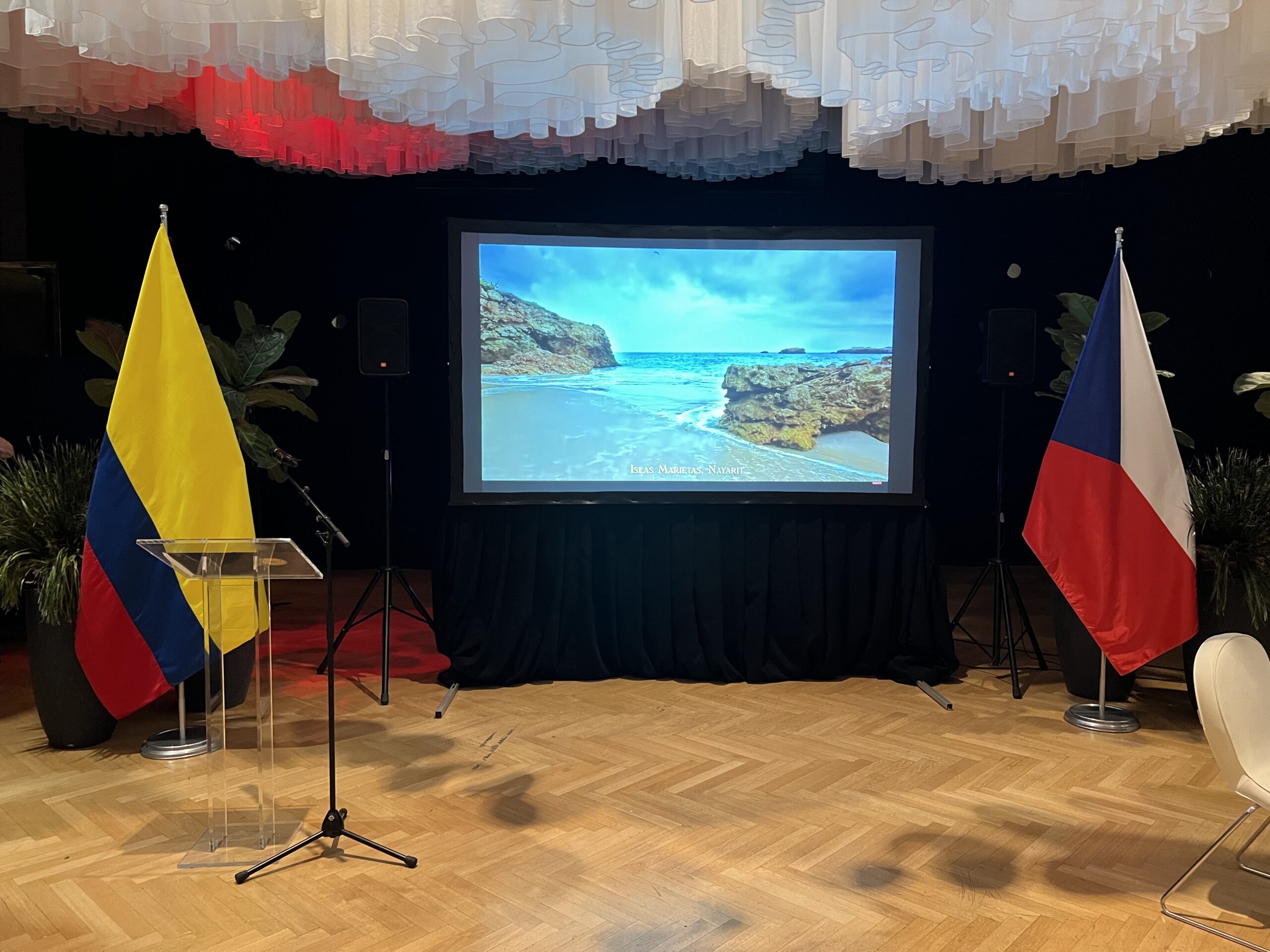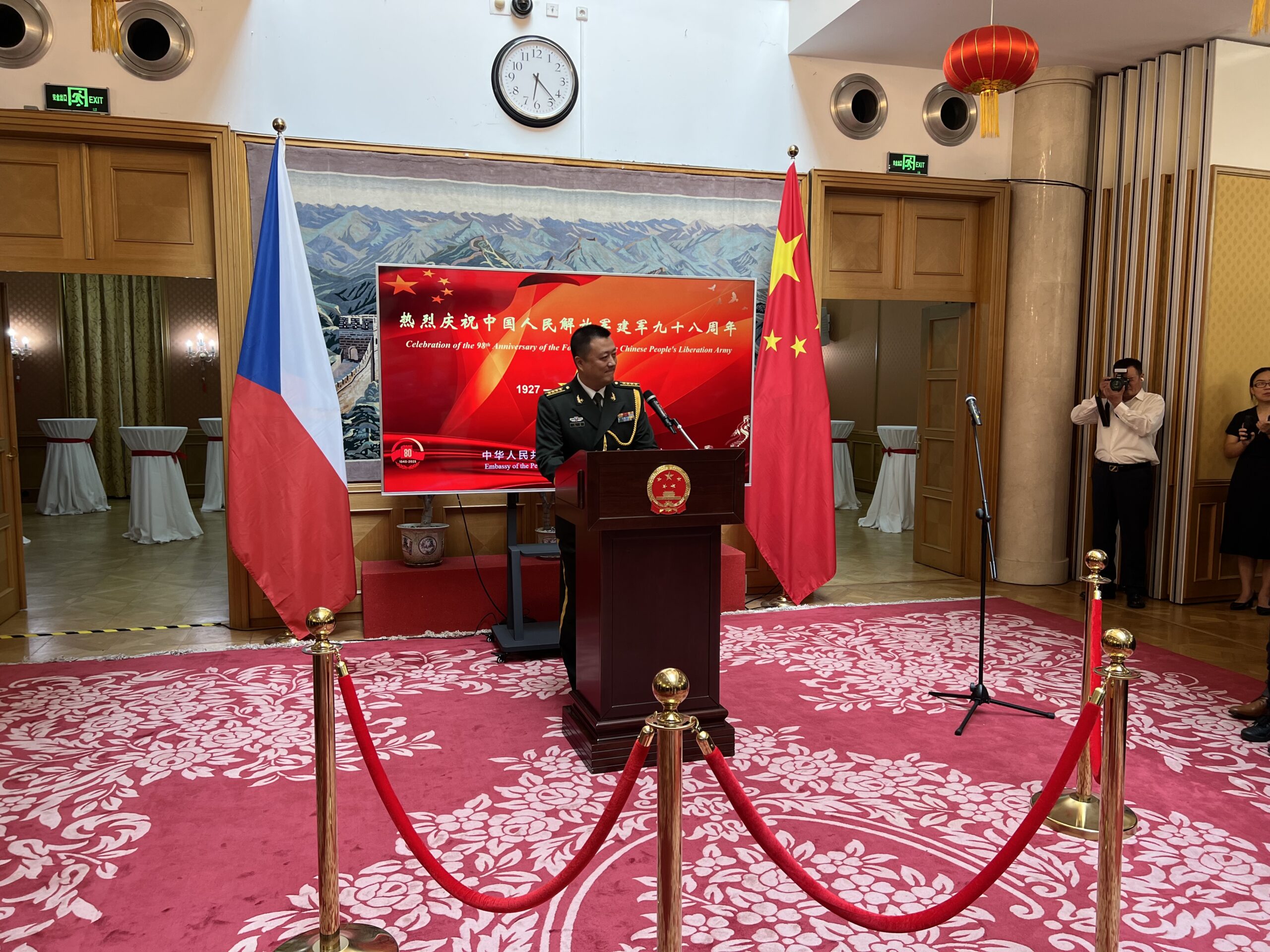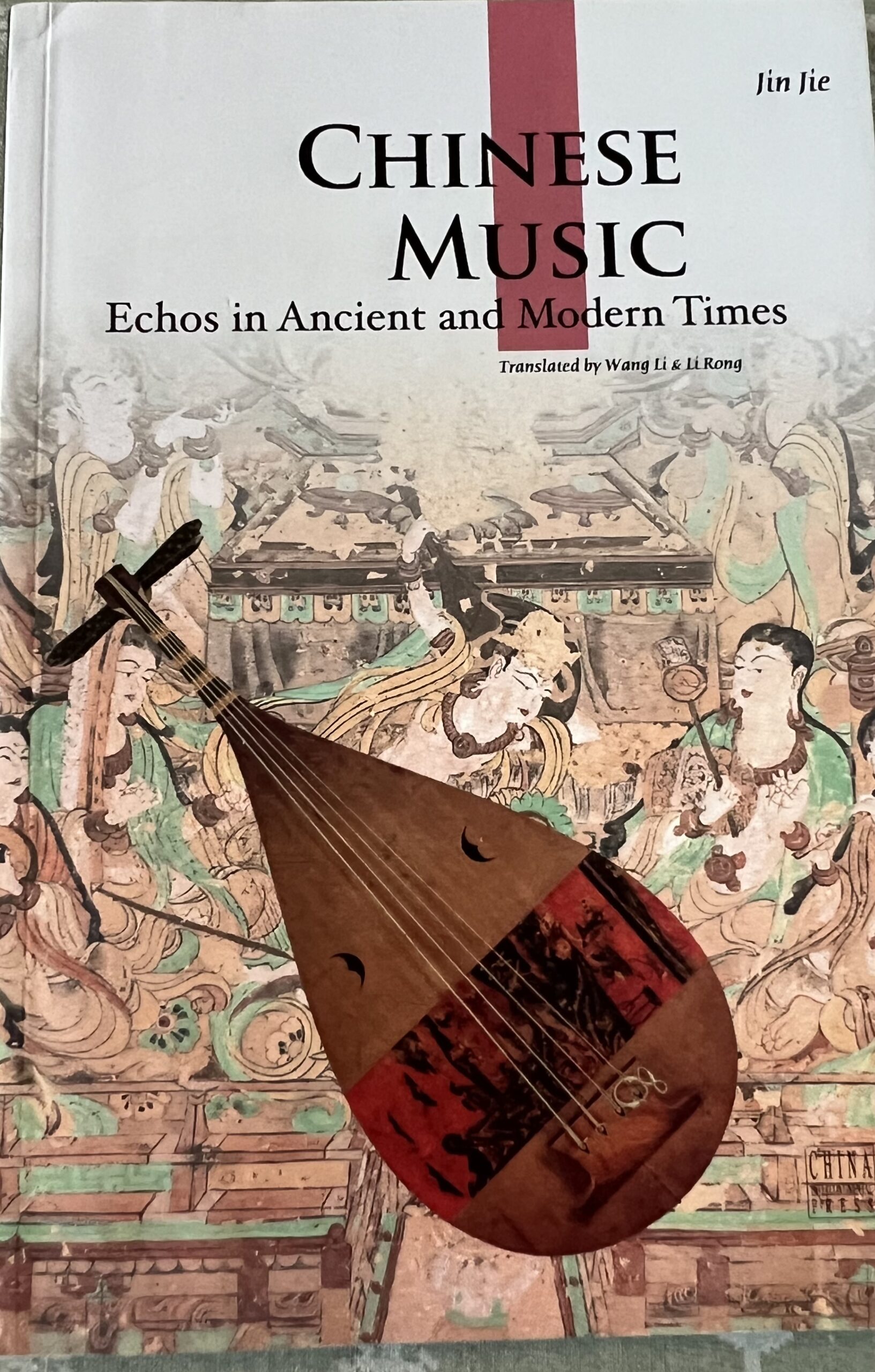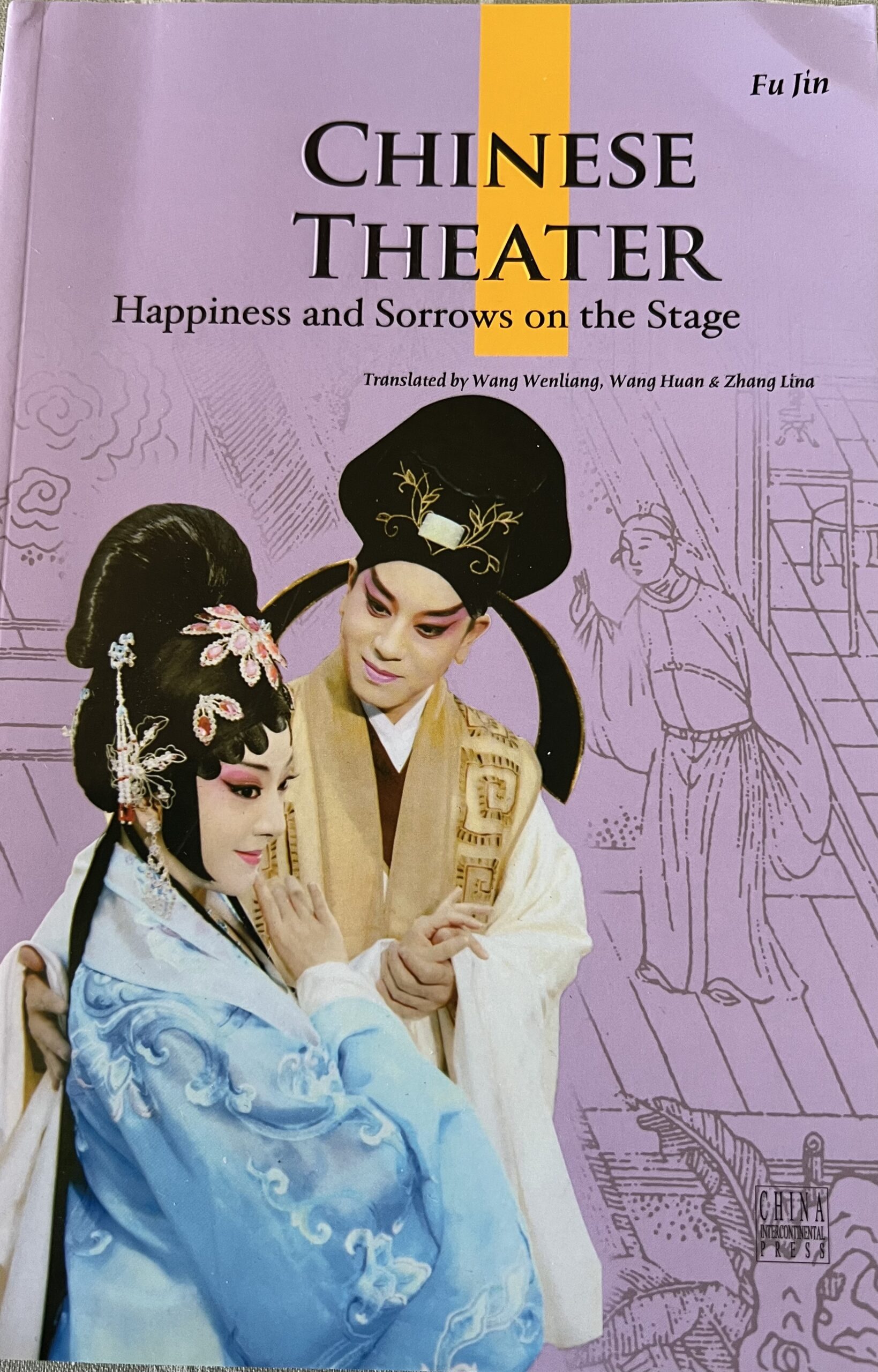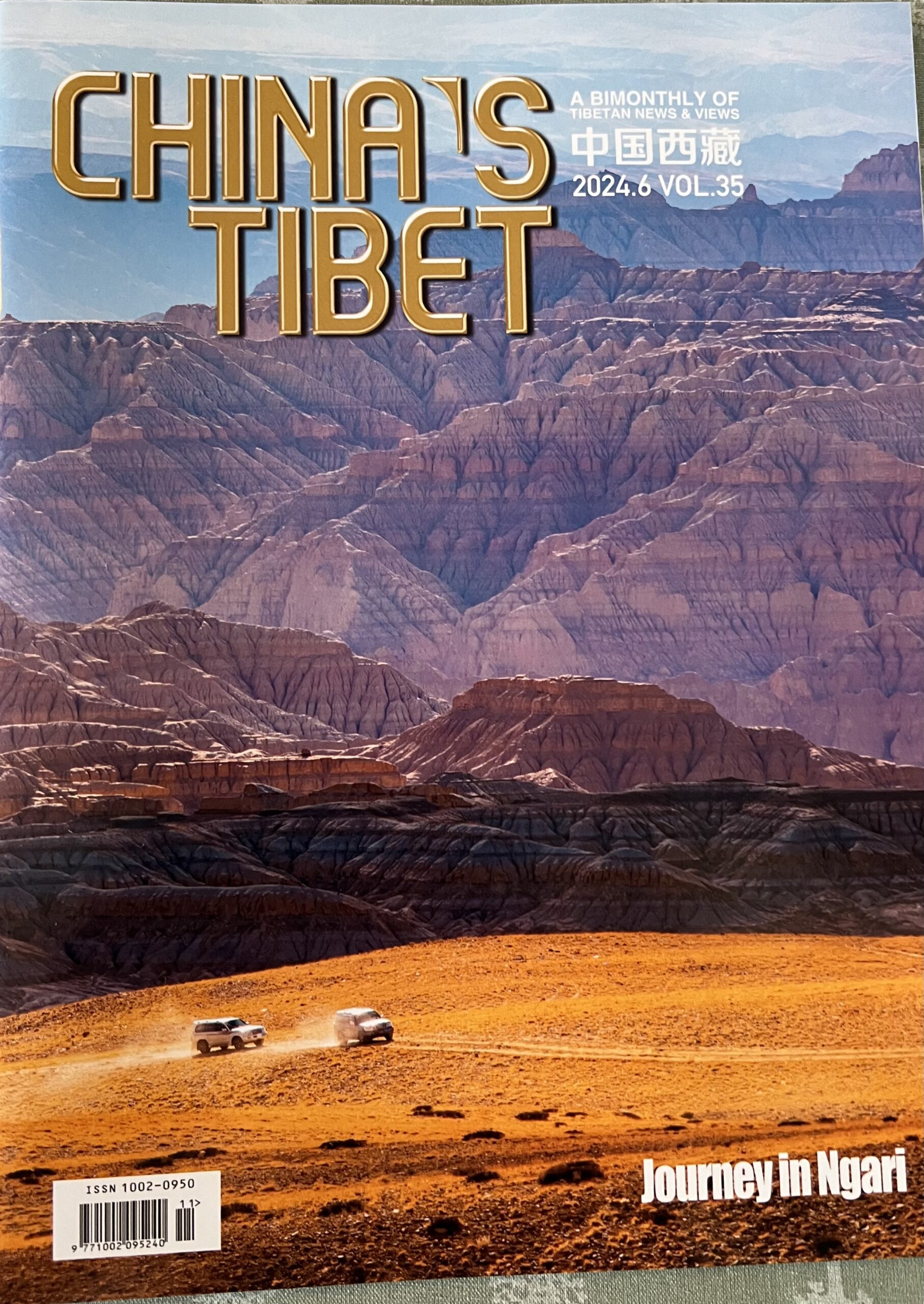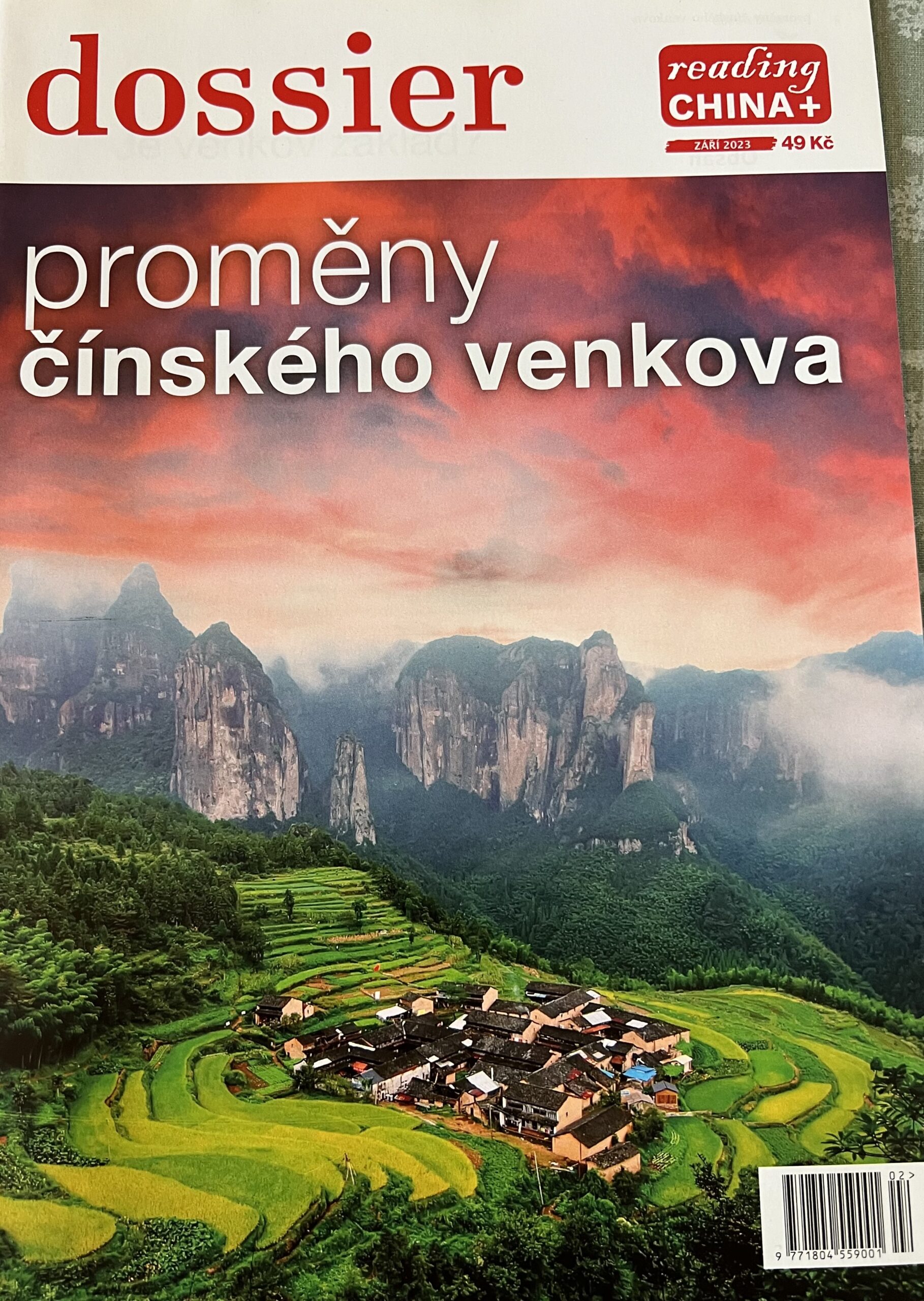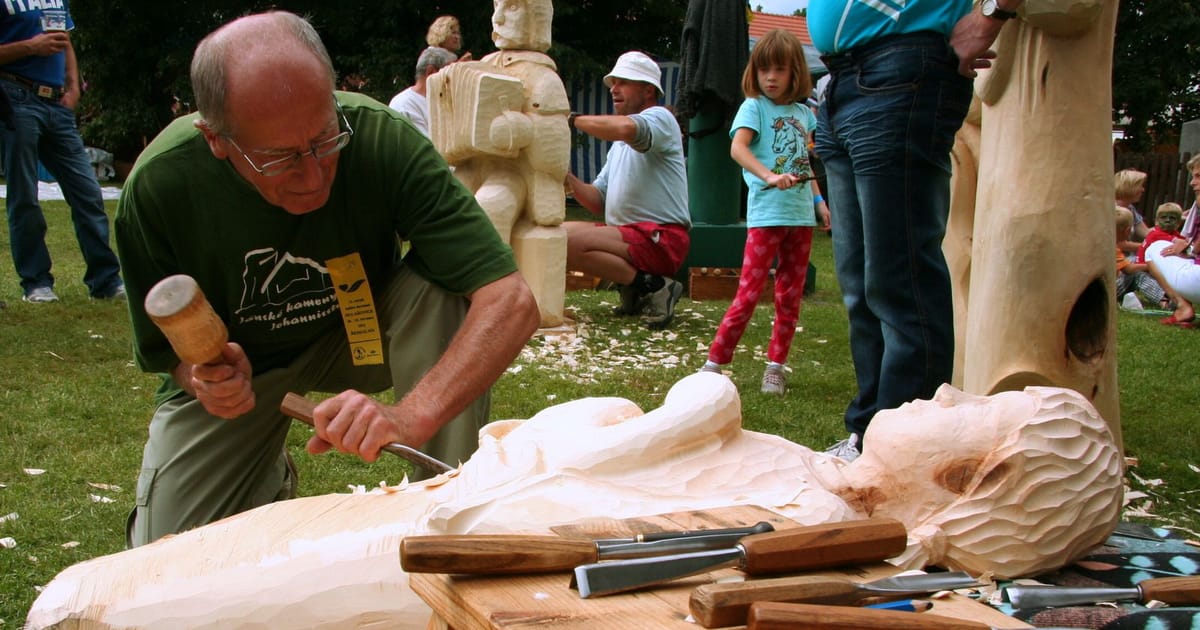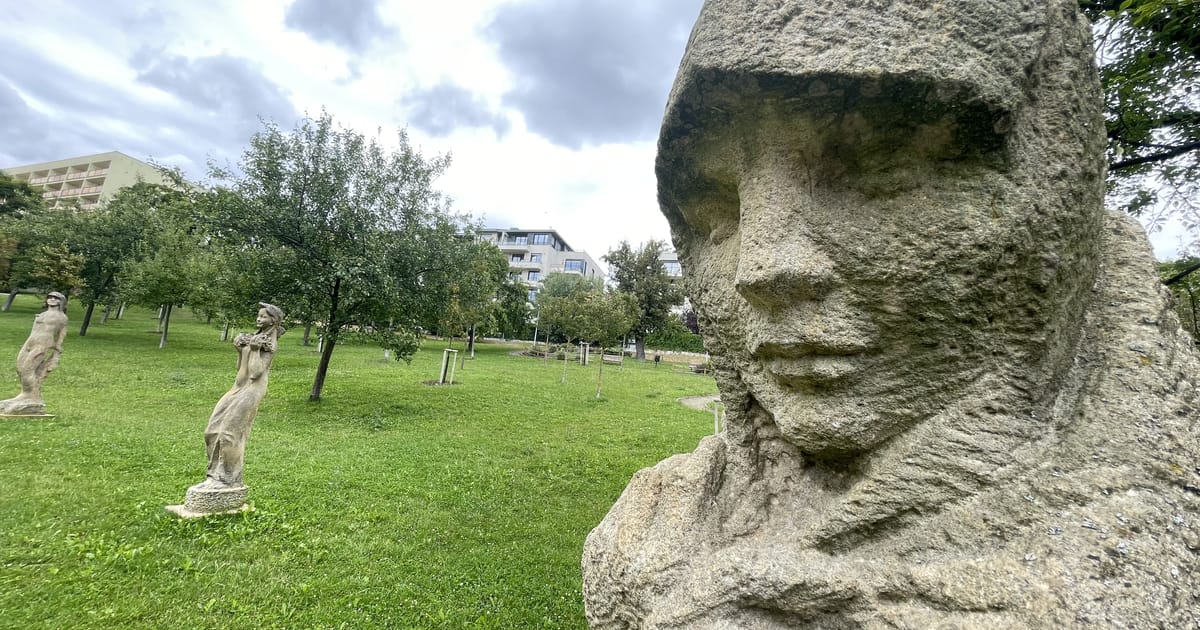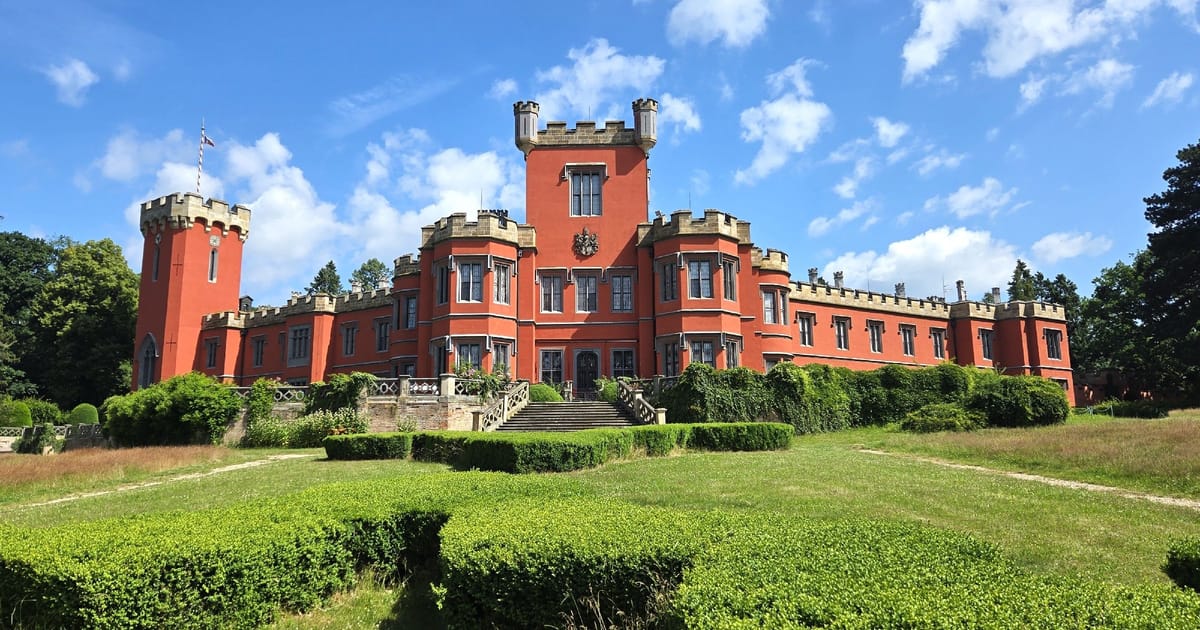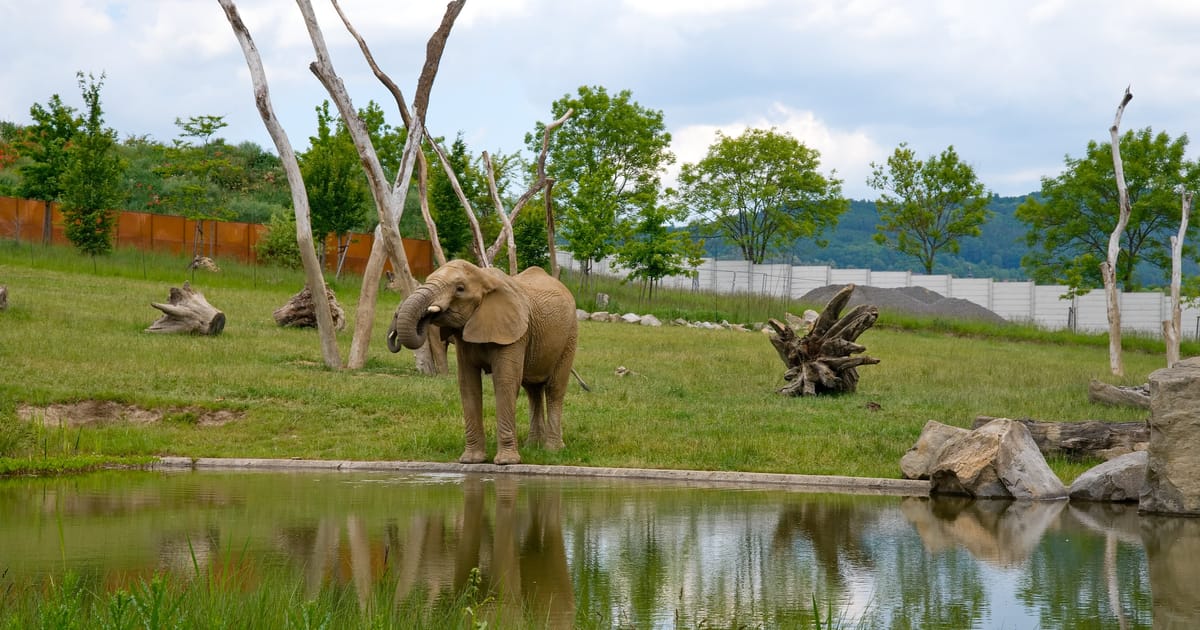
Sumatran tiger Achilles during one of the first trips to the outdoor enclosure of the Pavilion of Predators and Reptiles. Photo Petr Hamerník, Prague Zoo
Prague Zoo introduced a new male Sumatran tiger. Nine-year-old Achilles arrived from the English Howletts Wild Animal Park to join four-year-old female Surya, with whom he could father cubs in Prague. The London native is a charismatic beast – he likes to observe his surroundings from elevated platforms, he backs up into the water when bathing so as not to get his front paws wet, and according to his former keepers, he likes the scent of Chanel Coco perfume best of all. Above all, however, he is Prague’s hope for the reproduction of the critically endangered tiger subspecies.
“Achilles is a beautiful and promising male Sumatran tiger; exactly the kind of person we were looking for our Surya within the European breeding program. He is still getting used to his new home, but from now, he can be seen in the Predators and Reptiles Pavilion. Surya will soon be in heat, and that is when our new pair of tigers could meet for the first time,” says Prague Zoo Director Miroslav Bobek.
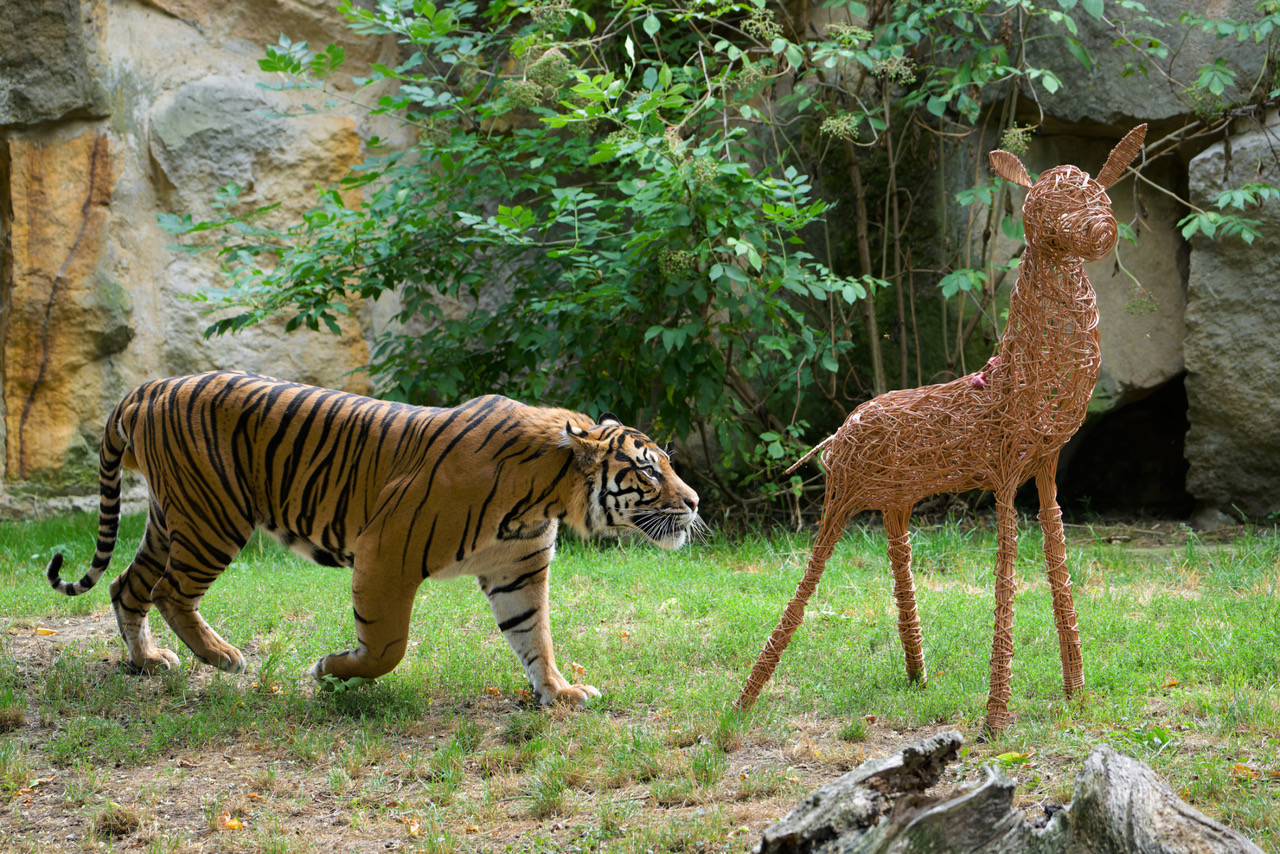
Achilles “hunts” his gift in the form of food enrichment – a willow wicker deer filled with meat. Photo Petr Hamerník, Prague Zoo
Achilles was born on June 27, 2016 in London as the younger brother of the tigress Cinta, who is also known to visitors to Prague Zoo. Since 2018, he has lived in Howletts Wild Animal Park, from where he arrived in Prague this June. He then underwent mandatory quarantine upon arrival. Today, he was welcomed with a willow wicker doe stuffed with meat.
“This is a calm male who has lived with females in the past, but has never produced offspring. The problem was allegedly in both cases in the health of the female. He should be able to breed with Surya, who has also not had a cub yet. It is high time for her to do so,” says mammal curator Pavel Brandl.

Achilles is still getting used to his new environment. His adaptation is taking place slowly, but peacefully. Photo Petr Hamerník, Prague Zoo
There are only 128 purebred Sumatran tigers registered within the European Association of Zoological Gardens (EAZA). Only twelve cubs have been born in the last year, so the hopes placed in Achilles are highly justified.
In addition to the aforementioned qualities, Achilles is very inquisitive and gentle, but he will not deny the beast if it has to share food. He prefers to enjoy beef or venison and is particularly fond of heart, liver and kidneys. On the other hand, he does not like goat meat and absolutely hates poultry. It enjoys tearing meat hanging from a rope, the aforementioned perfume enrichment, and in the summer it likes to sunbathe while cooling itself with bloody popsicles.
The Sumatran tiger is the smallest living tiger, usually growing to a weight of 90 to 120 kg. It is the last surviving representative of the “island tigers” from Indonesia, which used to live on Sumatra, Java, and Bali. While tigers on Java and Bali were exterminated in the last century, the only tigers on Sumatra have survived to the present day. Estimates of their number are difficult, averaging between 400 and 600 individuals. Their population is still declining at a rate of about 10% per decade.
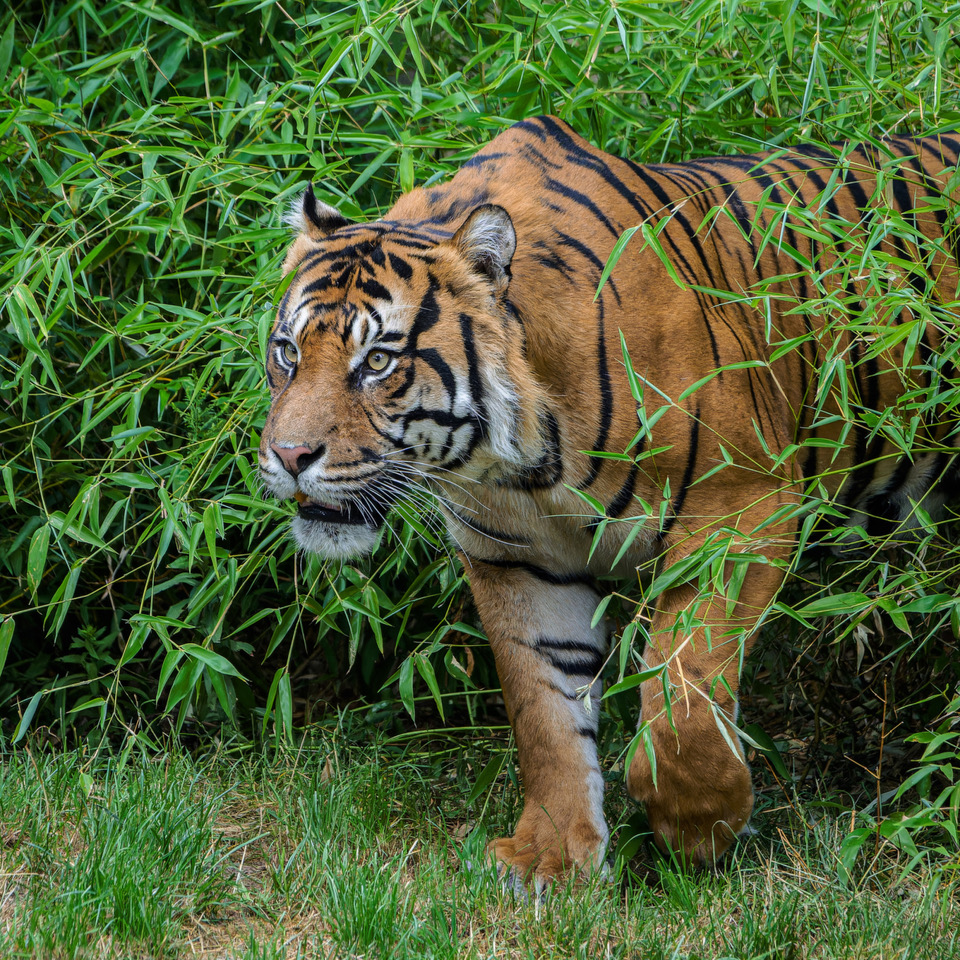
The Sumatran tiger Achilles likes to explore the vegetation in the enclosure and also loves the raised wooden bunks, from which he has a good view of the surroundings. Photo Petr Hamerník, Prague Zoo
The greatest threat to Sumatran tigers is the conversion of their natural habitat to oil palm or acacia plantations and hunting, which involves both direct poaching of the tigers themselves for their skin or bones, and the reduction of their prey. These are ungulates – sambar deer, wild boars, muntjacs and other species of animals including macaques and porcupines. Sumatran tigers are also victims of conflicts with farmers.
Prague Zoo has been breeding tigers almost since its beginning. A year after its opening, in 1932, a hybrid of an Ussuri and Bengal tiger, a male Bengali, and a female Indian tiger Mitau, arrived from the Hagenbeck Circus. The first Sumatran tigers inhabited the Prague Zoo in 1958, and the first cub was born here in 1971.
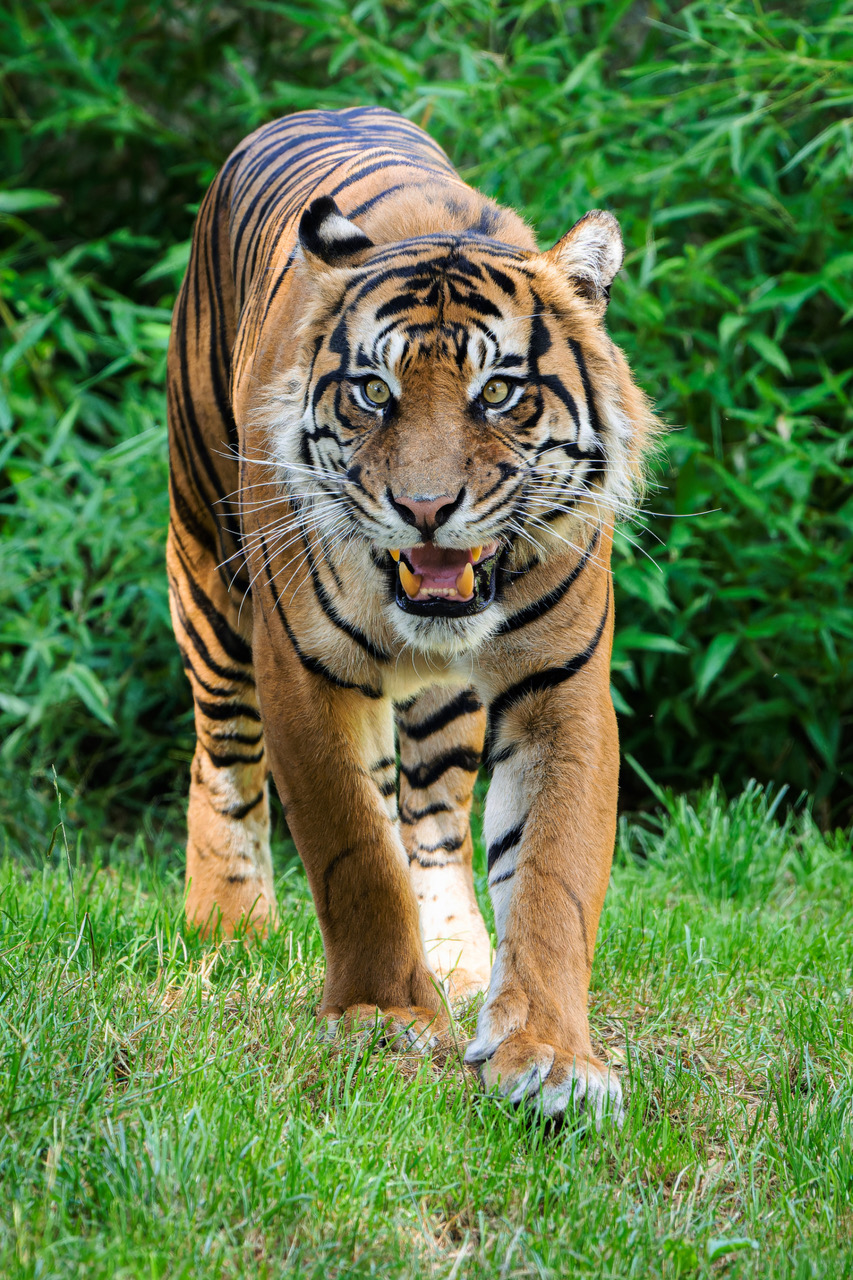
The nine-year-old Sumatran tiger Achilles is a great hope for the Prague breeding of this rare subspecies. It is difficult to predict, but if all goes well, the four-year-old Surya could become pregnant this year. Photo Petr Hamerník, Prague Zoo



